The iPhone 13 Pro review is here much earlier this year than the iPhone 12 Pro was last year. This is because we traditionally saw the presentation of the new generation of iPhones in September, not in October as last year. The month of September, and autumn in general, can be considered the period or the month that all apple lovers like the most, thanks to the large number of Apple conferences. Sales of the four new iPhones in the form of the iPhone 13 mini, 13, 13 Pro and 13 Pro Max were launched a week ago and a few days at that. On the day sales began, we shared unboxings with you, along with first impressions, and promised to publish reviews soon. If you were particularly interested in the iPhone 13 Pro out of all the presented phones from Apple, then you are absolutely right here, as we will look at the flagship together in this review.
It could be interest you
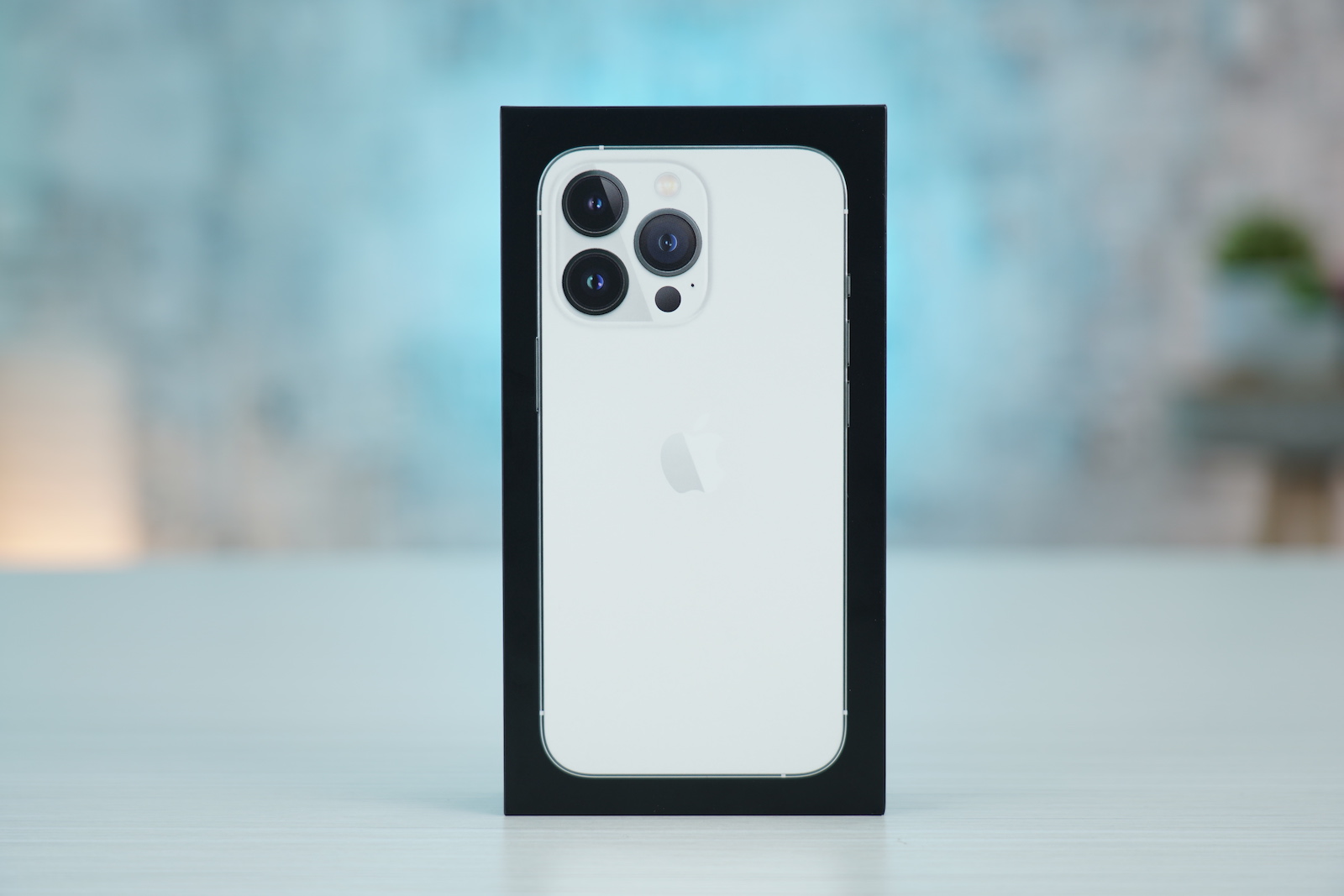
Packaging - a new classic
As for the packaging, we showed its exact form in a separate unboxing, as I mentioned above. But just for a little recap, I decided to include a few lines about him in this review as well. The box itself is the same size as last year. The Pro models have this box in black, while the "classic" models have a white one. In any case, this year Apple decided to play even more environmentally friendly, so it completely removed the transparent film that sealed the iPhone box. For new boxes, only two foil papers are used for sealing, which you just need to tear off. In the package as such, in addition to the iPhone itself, you will only find a Lightning - USB-C power cable, together with a few documents and a sticker. You can indulge your appetite for the EarPods adapter and headphones - but we were able to do that last year anyway.
Design or an old song that still sounds great
This year, the new iPhones look practically exactly the same as last year. A person who is not completely familiar with the world of Apple would find it very difficult to find the differences. So all iPhone 13s have sharp edges, while the body is rounded. Apple came up with this design for the first time a few years ago with the iPad Pro and decided to gradually move it to other Apple tablets and phones. In a way, Apple has returned to the days of the iPhone 5s, which is identical in terms of design. Whether this is a good or bad move is up to you, personally I am extremely happy for him. The "sharp" design looks much more luxurious to me than the rounded one, and besides, the whole device feels much better in the hand. You don't feel like your iPhone is going to slip out, it just holds like a nail.
This year, the iPhone 13 Pro (Max) is available in a total of four colors, just like last year's models. Three of the four colors are exactly the same as last year, namely Graphite Grey, Gold and Silver. The fourth color of the new iPhone 13 Pro (Max) is mountain blue, which is much lighter and softer than the Pacific blue that came last year. Although we have the iPhone 13 Pro in silver available in the editorial office, in any case, I already had the opportunity to view all the colors in detail. For mountain blue, I would just like to say that the product photos are deceiving. It is difficult to describe this color in text, in any case, it is rather a bit more gray and looks much more interesting with your own eyes. Alternatively, give her a chance and at least look at her.
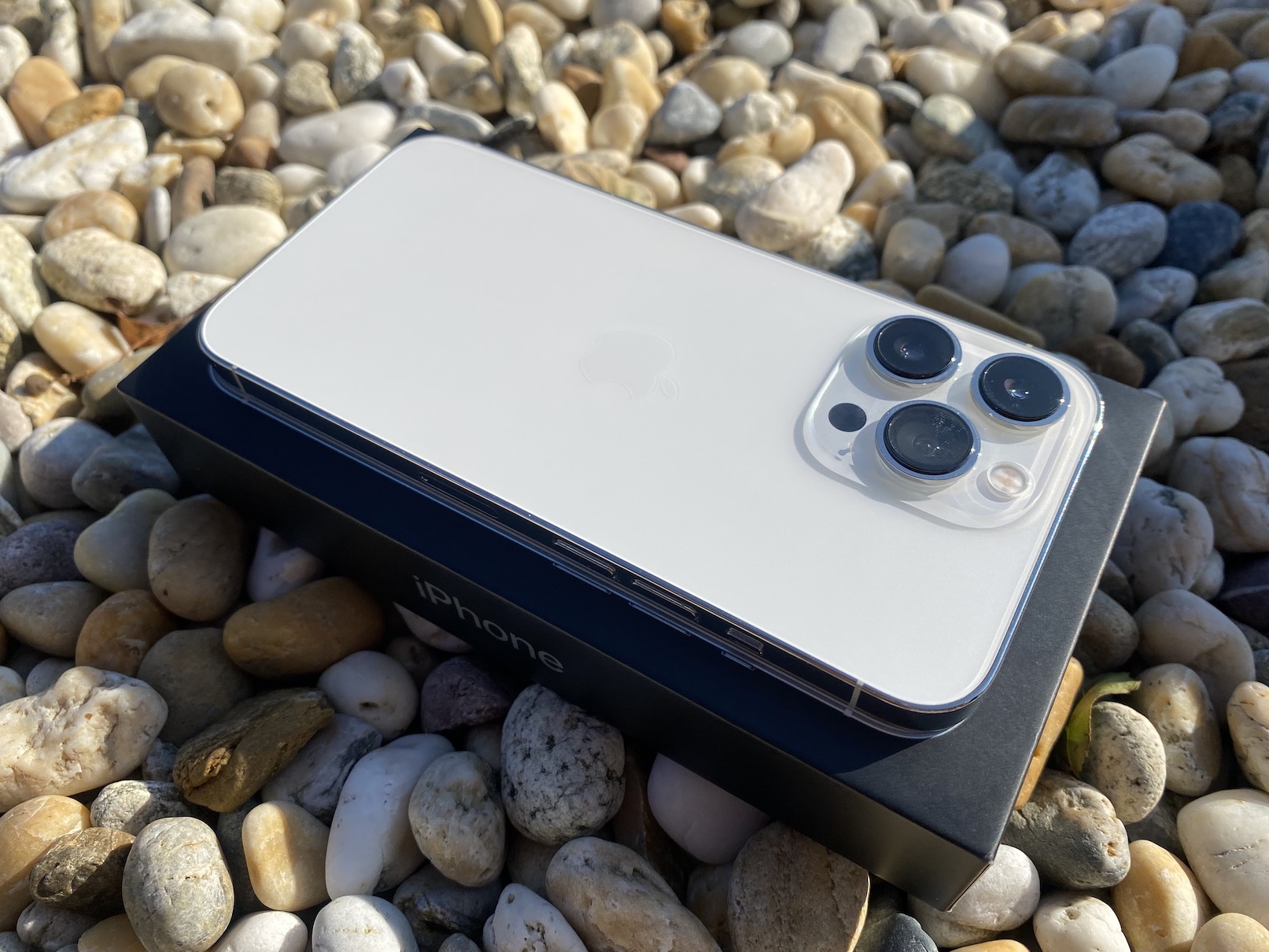
Oh, the prints. Oh, the big photo module.
The silver color that we have available in the editorial office is not quite as silver as the older devices. For example, if I compare it with the silver variant of the iPhone XS, the back of the novelty is rather milky, while the back of the XS is cold white. The frames are made of steel and in silver color they are practically like a mirror. Like it or not, you'll be seeing fingerprints on this mirror all the time - and the gold variant is very much the same. As for graphite gray and mountain blue, prints can be observed a little less in these colors, but they are still present anyway. It is a slight exaggeration to say that the iPhone 13 Pro (Max) will remain perfectly clean until you first touch it when you take it out of the box. In addition, the silver frame will (probably) scratch very easily, especially if you wear the cover all the time. All it takes is for some dirt to get under the cover, which will dig into the frame over time and movement. As soon as you remove the cover after some time, you will probably be surprised.
The good news is that the backs of the Pro models are made of frosted glass. Thus, fingerprints can really only be observed on the steel frame. In the center of the frosted glass back you will find the logo, which, together with the photo module, is glossy. Speaking of the photo module, it's really massive this year, even more so than last year. The increase is noticeable at first glance, but you will recognize it most when using it. Even this year, the photo module works as a "step", because of which the iPhone does not lie flat on the surface. This feature is getting really annoying, and if Apple continues to increase the size of the photo modules, soon the iPhone will be lying on the table at a 45° angle. By that I mean that this year's "deficit" is slowly starting to go over the edge, because if you put the iPhone 13 Pro on a table and press the opposite side of the photo module down with your finger, you feel a really significant drop.
In addition, the large photo module can interfere with wireless charging with some Qi chargers, especially those with a larger body. It is the photomodule that can prevent the placement of the wireless charger exactly in the middle of the iPhone, where the charging coil is located, because the photomodule "hooks" the end of the phone's body. In some cases this is fine and the charger will start charging, however some wireless chargers require you to pick up the iPhone and place it on the wireless pad with the camera. However, the body of the entire iPhone will rise due to the "decrease". Even this elevation may not be a problem, but on the other hand, with some chargers, it is possible that the body of the iPhone will be located too high and charging will not start. After all, users and other global manufacturers have been struggling for a long time from this ailment, which eventually turned into a feature. So let's hope Apple comes up with a solution next year. At the end of the photo module, I will mention that it looks really great in silver. If you would like to hide it as much as possible, get a dark version in the form of graphite gray.
When I think about the paragraphs written above, it might seem that I don't see anything nice about the design of the processing of this year's iPhone 13 Pro, or anything that I could really praise. But that's not true, because I actually see the iPhone 13 Pro as a beautiful device that suits it. The negative features mentioned above are only minor flaws in beauty, which, after all, do not affect how we work with the device. In addition, many of us only see the iPhone "naked" after unpacking, as we immediately apply the tempered glass to it together with the protective cover. However, it must be mentioned that design is a completely subjective matter and what I personally consider beautiful and luxurious, any of you may consider ugly, ordinary and meaningless. But it took me some time last year to get used to the sharp design of the newer Apple phones. I'd be lying if I said I liked it from the start.
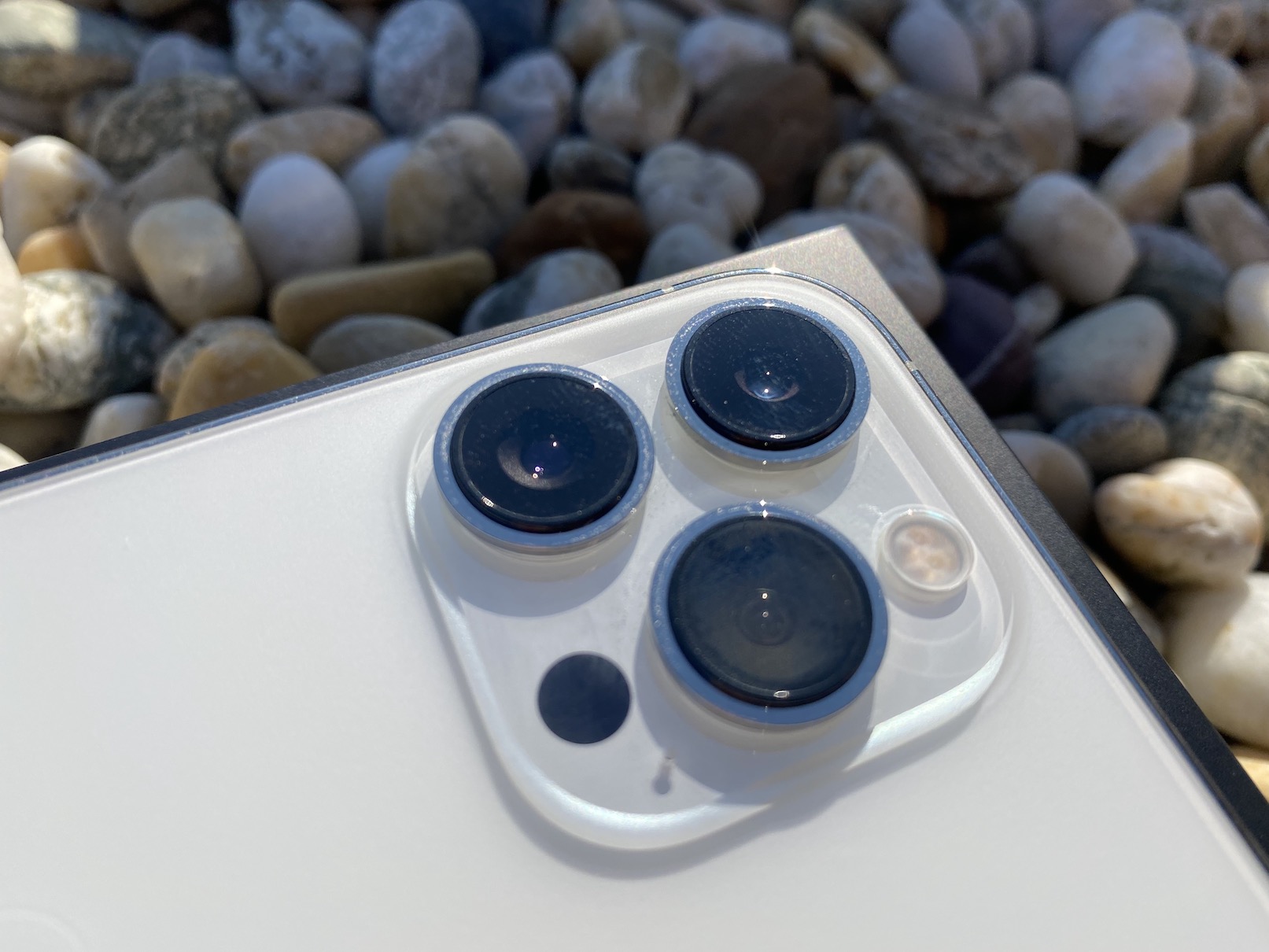
The best news? Guaranteed ProMotion display!
While you would look for changes in the new product in vain in terms of design and processing, you will notice the changes in the display at first glance. We finally got a display with ProMotion technology, for which we have been waiting for practically two years. The ProMotion display has been a dominant feature of the iPad Pro for a long time and was originally supposed to appear with the iPhone 11 Pro, according to speculation. In the end, that prediction didn't come true, and it didn't with the arrival of last year's Pro models either. So if Apple didn't come up with a ProMotion display for the top "thirteen" this year, it would be against itself. For many users, this is a fundamental change and a function that forced (or will force) them to switch to a new iPhone. Right from the start, I can say with a cool head that ProMotion is for me personally the best improvement that the iPhone 13 Pro came with this year.
If you are hearing about ProMotion technology for the first time, it is specifically Apple's display technology. The ProMotion display offers an adaptive refresh rate from 10 Hz to 120 Hz. This means that the display can refresh up to 120 times per second. Just for comparison, the absolute standard that Apple phones, along with many other phones with the Android operating system offer, includes displays with a fixed refresh rate of 60 Hz. Thanks to the fact that ProMotion has an adaptive refresh rate, it can automatically adjust it according to the content that is displayed on the display, i.e. according to what you are currently doing. For example, when reading an article, when you do not move the display, the frequency drops to the lowest value of 10 Hz, while when playing it is again at the maximum level.
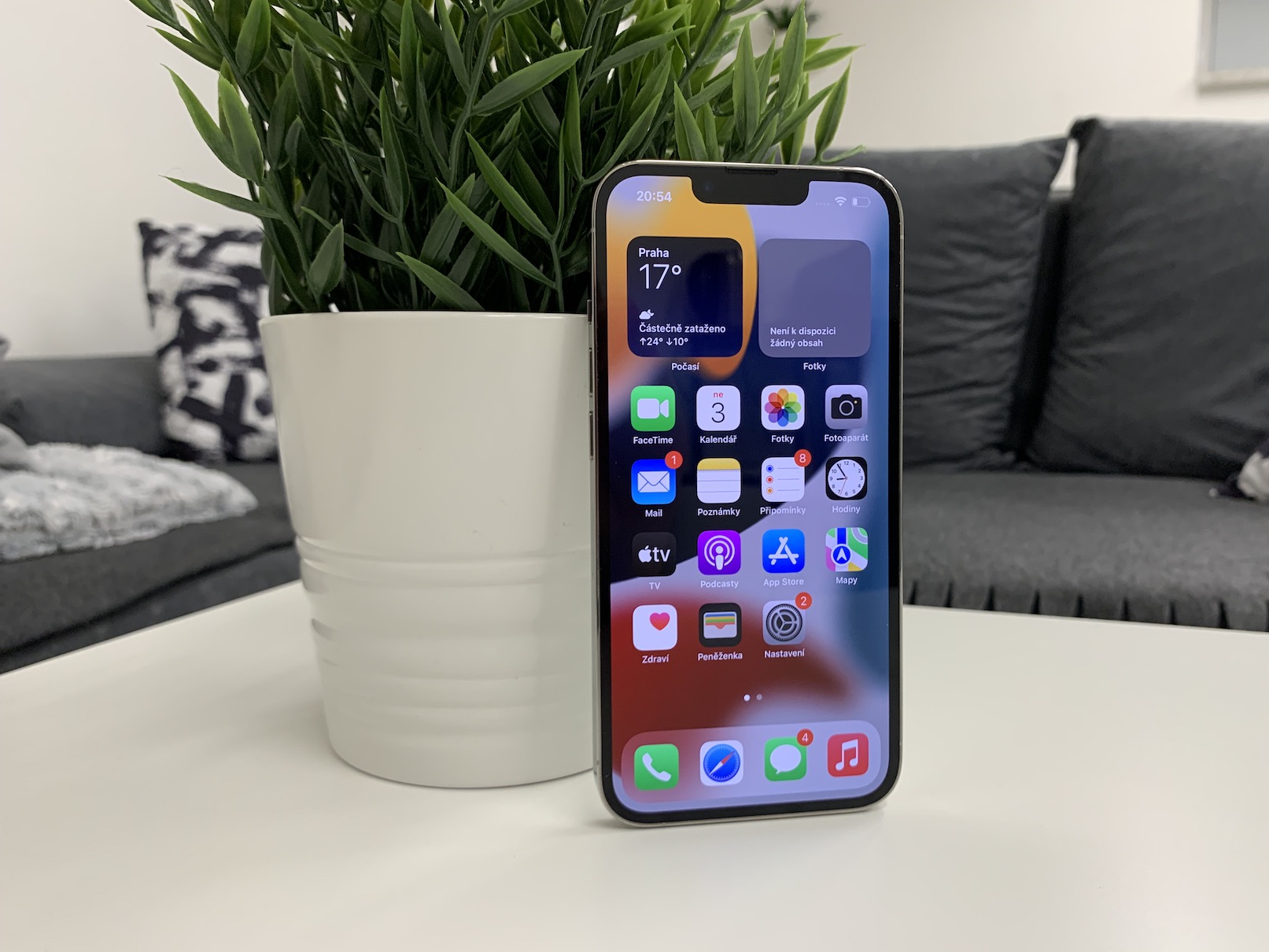
However, many applications and games do not support the 120 Hz refresh rate for now, anyway, the difference can already be seen in the system interface. In addition, the adaptive refresh rate is ideal for the reason that it can save battery. If the display were to operate at 120 Hz all the time, there would be a significant reduction in battery life per charge. Before the presentation, there was a lot of speculation that the ProMotion display would have a very negative effect on battery life, which I can refute from my own experience. But you don't have to worry that the iPhone 13 Pro won't last the whole day on a single charge - it will, without the slightest problem. Most of us charge our iPhone overnight anyway, so longer battery life is practically unnecessary.
Well, now you have learned that the iPhone 13 Pro (Max) offers a ProMotion display and what it actually is. But you are most likely wondering why you should be impressed by the ProMotion display, or why it should be something that will force you to buy a new iPhone. It is especially important to mention that the feeling of using the ProMotion display can only be expressed with text in a very difficult way. In short, however, it can be said that the display is simply smoother, as it can refresh twice as much in one second as in the case of previous generations. The best thing to do is to try out the ProMotion display directly in a store by taking your older iPhone or even the classic iPhone 13 in your second hand, and then start doing classic tasks. The difference is simply huge. When you use the ProMotion display for several minutes or hours at a time, and then pick up an older iPhone, you wonder why the display is tearing so badly. It's easy to get used to the ProMotion display and it's hard to get used to it. There are users who can claim that the difference between a classic display and a ProMotion display does not exist, as the human eye cannot process it. This is complete nonsense, which, paradoxically, is most often uttered by individuals who have never held a ProMotion display in their hands. A similar thing is solved, for example, with computer games, where many brave people claim that the human eye cannot process more than 24 frames per second. But if you look at the difference between 24 FPS and 60 FPS, it is simply visible.
Enough about ProMotion, how does the display look overall?
I spoke quite passionately about ProMotion technology above, as it is the biggest change this year in the display field. But that certainly does not mean that the iPhone 13 Pro display is identical to last generation. On paper, we can only notice that the latest flagship has a slightly increased maximum brightness. In particular, it can provide a luminosity of up to 1000 nits, while the display of last year's Pro model was able to produce "only" 800 nits. Even this year, I have to say, quite honestly, that Apple simply knows how to display displays. According to the specifications, the displays of this year's and last year's Pro models differ only in brightness, but if you compare the two displays of these devices side by side, you will find that the display of this year's flagship is slightly better, more colorful and more colorful. And what if you compare this display with, for example, the display of a three-year-old iPhone XS, which I personally use. With such a comparison, you will say that it is simply impossible for Apple to be able to improve the display so much in such a short time. The iPhone 13 Pro display uses an OLED panel labeled Super Retina XDR, with a diagonal of 6.1″ and a resolution of 2532 x 1170 pixels, which indicates a resolution of 460 pixels per inch.
A smaller cutout is pleasing, but is it enough?
Biometric authentication has been used by the iPhone since the 5s model, when we got Touch ID. However, four years ago, together with the introduction of the iPhone X, Apple introduced Face ID. This technology works on the basis of a 3D scan of the user's face, and several years after its introduction, it is still the only technology of its kind in smartphones. In order for Face ID to work properly, it needs several components that are located in the cutout located at the top of the front of the newer iPhones. As such, the cutout remained completely unchanged for three years, much to the chagrin of many apple growers. While competing smartphones have, for example, only a hole instead of a cut-out, or have a camera located under the display, Apple is simply "stuck" in its own way. But it is necessary to mention that other phones also do not have Face ID.
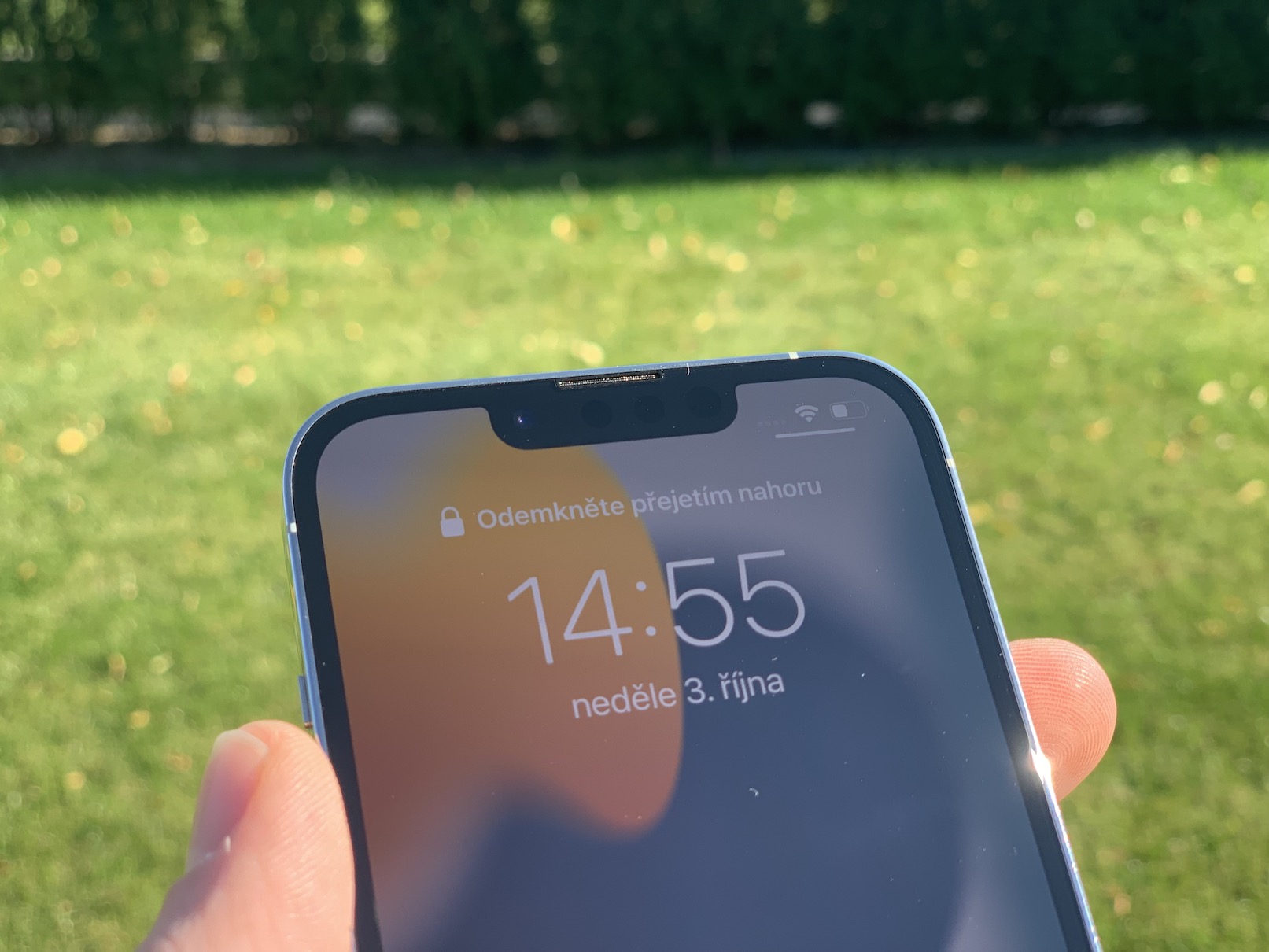
However, the good news is that we finally got some changes for the iPhone 13. The Apple company has finally decided to reduce the cut-out for Face ID by a good 20%. At first glance, of course, it is clearly visible, but in reality it is not such a fundamental change - at least for now. In addition to the cut-out, thanks to its reduction, a larger display area was created, but unfortunately, it still contains the same information and nothing more. So I think Apple was just trying to satisfy all those who said that the viewport is just the same all the time. But who knows, maybe I'll be able to change my mind before long if we get to fill in the area around the cutouts with some meaningful information as part of an iOS update. If there had been no reduction, there would have been other reports about Apple not being able to reduce the cutout size, but in a few days these negative reports would have floated away and the matter would not have been discussed further. The reduction itself would make sense practically only if, instead of a cut-out, we would see, for example, only a piercing or other significant changes.
In addition to the cut-out as such, the position of the upper earpiece has also been changed. While in older devices with Face ID the earpiece is located in the middle of the cut-out, on the new iPhone 13 (Pro) we find it in its upper part, i.e. directly under the steel frame. This change will certainly not affect the way in which we use the iPhone until now, i.e. the way in which we call. But when you think about it, it might occur to you that this may be a possible preparation for the complete removal of the cutout. If we now took the cut-out and replaced it with a display, the upper handset would not interfere with it in any way. It would remain placed in a black frame, and the display would actually be across the entire surface, without a distracting element in the form of a cut-out. Of course, this is a really crazy theory, but probably none of us would be angry if the future iPhone 14 came with a full-screen display. Completely full screen.
A camera designed for everyone
I already mentioned above that the display and camera are among the most important things in this year's flagship. We've already discussed the display a few paragraphs above, and now it's the camera's turn. Practically all the world's giants are constantly competing to see who comes up with a better photo system - and it must be mentioned that each company goes about it a little differently. For example, Samsung tries to attract attention mainly with numbers on paper, as it offers lenses that have a resolution in the form of tens or hundreds of megapixels. These numbers simply look better when compared to the competition, i.e. iPhones for example. An uninformed consumer, for whom the higher the number of megapixels, the better the camera is, will lean towards Samsung, for example. Nowadays, however, megapixels are no longer important - this is proven by Apple itself, which has been offering lenses with a resolution of 12 megapixels for several years, and still ranks high in independent camera tests. This year, Apple has come up with several improvements in the camera field, let's take a look at them together.
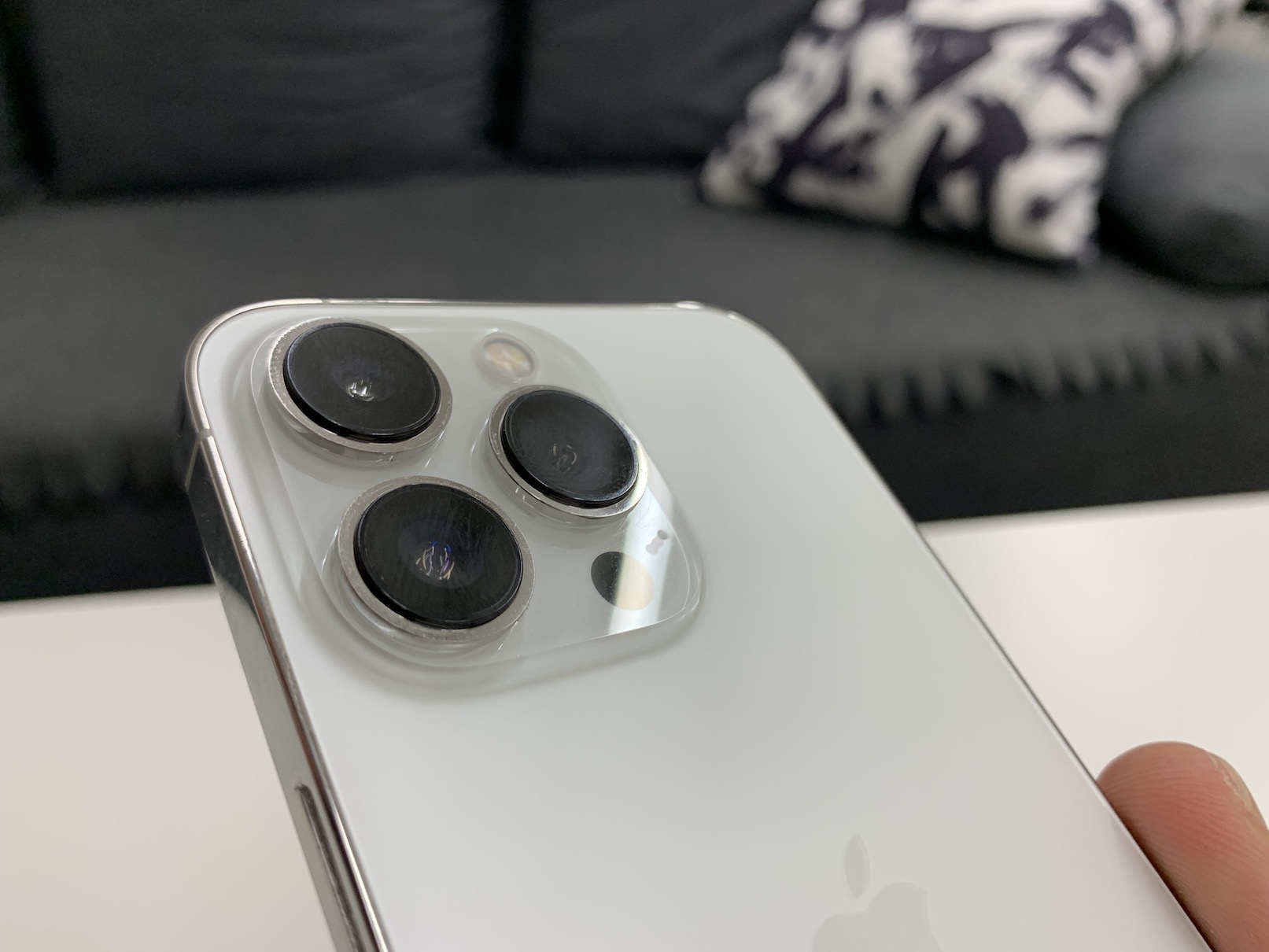
This year, the iPhone 13 Pro offers exactly the same lenses as its bigger brother in the form of the 13 Pro Max. To be specific, it has a wide-angle and ultra-wide-angle lens, along with a telephoto lens. As far as the specifications are concerned, all three mentioned lenses have a resolution of 12 Mpx. The aperture number of the wide-angle lens is ƒ/1.5, the ultra-wide lens has an aperture of ƒ/1.8, and the telephoto lens has an aperture of ƒ/2.8. Of course, the camera system offers many special features, such as night mode support, 100% Focus Pixels, Deep Fusion, Smart HDR 4 and more. The purpose of all these functions is to simply make the resulting photo look as good as possible. I must also highlight the support of Apple ProRAW, thanks to which you are able to take pictures in RAW format. However, this is not new, as last year's iPhone 12 Pro already came with this function. The only real novelty is the photo styles, thanks to which you are able to change the appearance of the image directly in the Camera application, in real time. The wide-angle lens then received optical stabilization with a sensor shift, which last year was part of only the largest iPhone 12 Pro Max. For a long time now, Apple has stated in the technical specifications that the lenses are protected by a sapphire crystal cover, but it must be mentioned that this does not mean much for the user. Sapphire is really used for lens covers, but it doesn't add much in terms of durability.
Photographing
The camera of apple phones is designed to make a good photographer out of every user. In recent years, Apple has really taken countless different steps to improve its cameras to the highest possible level. I dare say that now with iPhones we are at the pinnacle of what smartphone photography can look like. We have slightly larger lenses, i.e. sensors that capture more light, and we have slightly better and faster artificial intelligence that can "play" with photos in the background, in such a way that you don't even recognize it. For the user, it's just about pressing the shutter button, but the iPhone immediately starts performing so many actions that it would make your head spin.
The most important lens when taking pictures is the wide-angle one, because it is simply the lens that we use most often. If you think about it, we really rarely use an ultra-wide-angle lens or a telephoto lens and practically every time in a pre-planned situation. By this I mean that if you decide to take a photo from second to second, you will not switch to ultra-wide-angle mode or to portrait, but to classic mode. I'm really excited about the classic wide angle lens, and not only myself, but also everyone else I was able to show the resulting photos to. You can also view them in the gallery I have attached below.
Photos from the iPhone 13 Pro wide-angle lens:
As for the ultra-wide-angle lens, it also surprised me this year, although as I say, you probably won't use it very often. The absolutely perfect news is that the edges of the photos are no longer as unnatural and low-quality as last year's models. If you used the ultra-wide-angle lens of the iPhone 11, for example, to take a picture of a scene, you could easily see from the result that it was the first generation of this lens. Over the course of three generations, Apple has come a long way, and I can say that this year it has perfected the ultra-wide-angle mode. The photos are very sharp and of high quality. So if you use this lens at the right moment, you can be sure that you will be pleasantly surprised by the result.
Photos from the ultra-wide-angle lens of the iPhone 13 Pro:
The last lens we have left is the telephoto lens. This lens has been part of Apple phones since the iPhone 7 Plus, where it appeared for the very first time. And even here, Apple gradually moved to perfection. However, I must honestly admit that the telephoto lens is the least successful of the three iPhone 13 Pro lenses. It does offer 3x optical zoom, which in itself may sound perfect. But when taking portraits, this means that you have to move really far away from the photographed object or individual in order to capture it in its entirety. In short, the zoom is too big and Apple knows very well why it added a button to the bottom left when taking pictures in portrait mode, with which you can deactivate the optical zoom. By deactivating this, however, you will switch to a wide-angle lens, which will begin to calculate the portrait, i.e. background blurring, by software. When taking a portrait, I was almost always angry because I had to move several long meters away from the object. In the finale, I gave up on moving again and simply used the included portrait from the wide-angle lens.
iPhone 13 Pro telephoto photos and portraits:
Thanks to the telephoto lens, it is possible to zoom in on anything optically, i.e. without loss of quality, in the classic Photo mode. Of course, I have nothing much to complain about this approach. It works as it should and the photos from it are of good quality. But it is necessary that you use the zoom only in good lighting conditions. If you start using the optical zoom through the telephoto lens in poorer light, noise and poorer quality can already be observed. Apart from that, for some reason, the Camera application is also starting to bother me a little. It seems to me that everything here is somehow mixed up and before I find which mode and lens I actually want to use, I will lose the captured moment. But it's quite possible that it's a matter of habit - after all, the Camera app on the iPhone XS doesn't offer that many features and I'm just not used to it. What I mean by this is that when moving from an older device to the iPhone 13 Pro, you will have to learn how to operate the Camera and it will take a while to figure out where everything is.
iPhone 13 Pro lens and zoom comparison:
But back to the things that are very nice about the camera of the new iPhone 13 Pro. I just have to highlight the macro mode, which you will love. The macro mode is specifically used for photographing objects at close range. While classic cameras are unable to focus at a distance of a few centimeters from the object, this year's iPhone does not have the slightest problem with this. In this way, you can record in detail, for example, the veining of leaves, details of flowers and anything else. Again, you don't have to worry about anything, because if you approach an object nearby, the iPhone will automatically switch to macro mode - it can be observed in real time. An ultra-wide-angle camera is used to take macro pictures, which can take care of high-quality macro photo correction. In the camera field, this is the best feature in my opinion.
iPhone 13 Pro Macro Mode:
But macro mode is not the only mode that can start automatically. In addition to this, there is also a night mode, thanks to which you are able to take nice photos even in pitch black darkness. The iPhone also came with night mode for the first time with the 11 series and is gradually trying to improve it. It should be mentioned, however, that you will not observe such extreme differences with this night mode. However, if you have never tried the night mode in the past, you will be very pleasantly surprised at what photos the iPhone can create in low light conditions or in the dark.
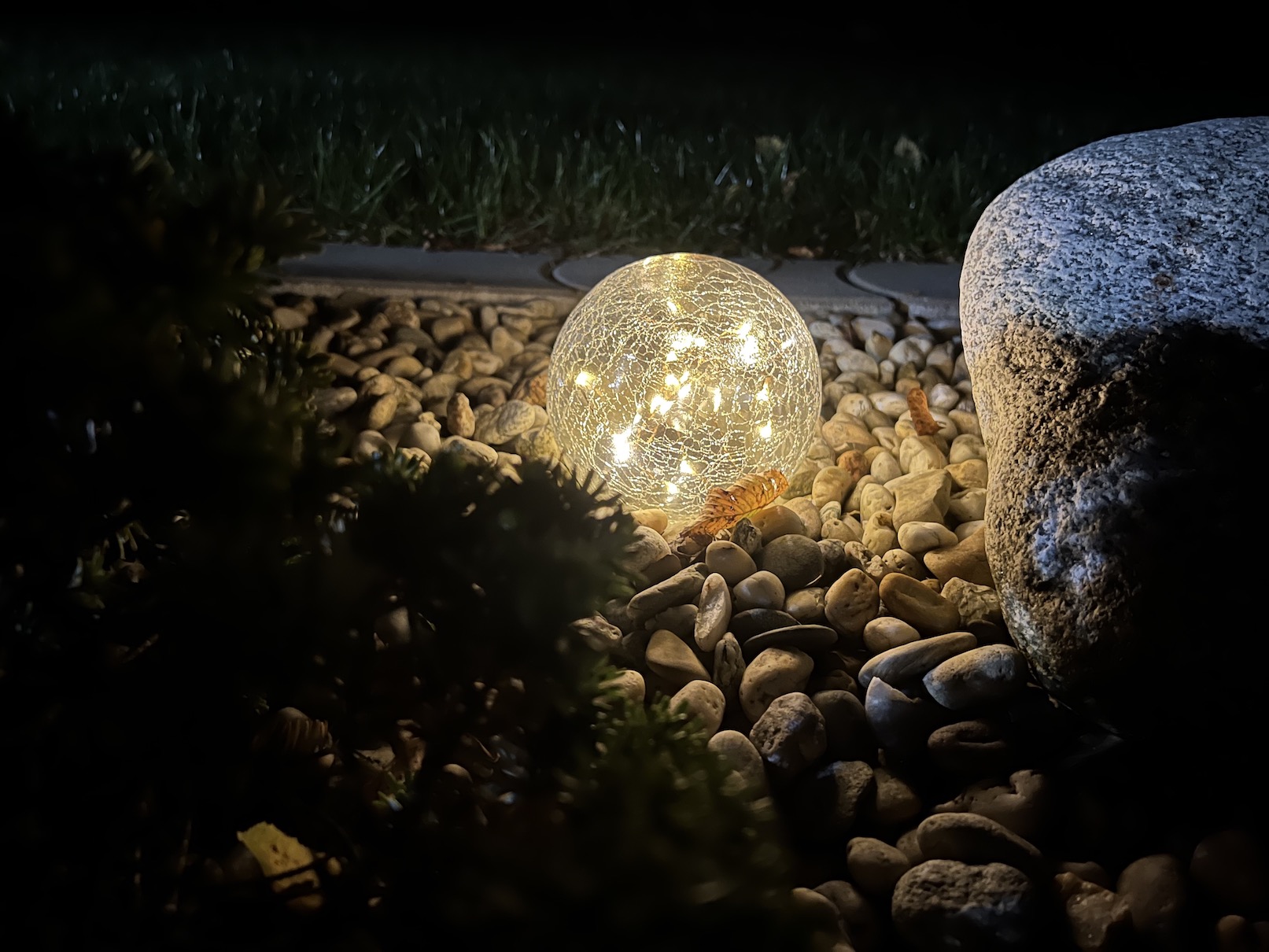
The situation is always such that you move into a dark space and say in your head that the iPhone can't take a picture of this. Then you take it out of your pocket, open the Camera and say wow, because you can already see more on the display in real time than with your own eyes. After pressing the shutter and waiting a little, you will then look in the gallery, where something that you simply did not expect is waiting for you. I'm not going to claim that the photos taken in night mode are of the same quality as those taken in the lights - they are not, nor can they be. On the other hand, the results will surprise you. In addition, the iPhone can record the night sky nicely, which surprised me personally. Of course, the previous models were also able to do it, in any case, the result is even better this year.
iPhone 13 Pro Night Mode:
Night Sky iPhone 13 Pro:
At the end of this chapter, one more minor criticism, but it will be the biggest within the camera. If you decide to take photos against the sun, or against some other light source, you have to prepare for very noticeable reflections, which you may have already noticed in previous galleries. This is a big problem, without which I would dare to say that the iPhone 13 Pro's photo system is really perfect. The reflections are very pronounced and unfortunately it is not even possible to get rid of them when taking photos against the light. Of course, in certain cases, reflections in a photo are interesting, but you definitely don't want to see them everywhere. In most cases, you won't be able to get rid of the flare even if you move or tilt the lens in another way - you'll just have to move elsewhere.
iPhone 13 Pro front camera photos:
Shooting
Apple phones are widely considered to be the best choice if you want to shoot videos with them. We saw a really big improvement in the field of iPhone video last year, when Apple was the first to support recording in HDR Dolby Vision mode in 4K. When I vaguely remember testing the iPhone 12 Pro, I remember not understanding how well this now year-old iPhone could shoot. This year, Apple has moved on a bit again with video, but you can't expect any brutal improvements anyway. The wide-angle lens has top-notch videos, even in low-light conditions, and the same goes for the ultra-wide-angle lens. Shooting with a telephoto lens is good, however, there is room for improvement. But realistically, I don't think that many users will shoot anything with a telephoto lens - personally, I probably won't find a single video in the gallery that was shot with this lens. Zooming was popular in video a decade ago.

It's unnecessary to dwell on how great the new iPhone 13 Pro video is in this section of the piece. Instead, I would like to focus on the filmmaker mode, which can be considered the biggest innovation in video shooting. Using the new movie mode, you can refocus on different objects or people while shooting a video. This refocusing works automatically, but if you want, you can intervene manually. I can say from my own experience that you will manually refocus while shooting in most cases. But the absolutely perfect thing is that you can also refocus backwards in the Photos application. So, if you don't manage to shoot a recording as you imagined, you go into the editing mode and simply choose when the refocusing should take place and, of course, on which object.
The film mode can only shoot in 1080p at 30 FPS, which is, of course, miserable in a way compared to 4K at 60 FPS for classic filming. But the mode itself is simply great, anyway it is necessary to mention that you will have to learn to work properly with it. What I mean by that is that when using the filmmaker mode, you will have to play a bit like a director, who will tell the possible people what they should actually do. This means that you have to think the whole scene in advance. You definitely can't just turn on the movie mode and go shoot - at least I never succeeded and it didn't pay off. But you will have a lot of fun with your friends when using the movie mode, I guarantee that. The resulting video from the movie mode, if you can get your hands on it, can be really amazing and I'm sure it will be heavily used by all amateur photographers.
So I'm really blown away by the filming mode, although it's true that it has some bugs. But it is practically clear that we will see improvements in the next generation of Apple phones. Specifically, I am not afraid to say that in a year we will see support for higher resolutions. In addition, Apple will surely work on even better background recognition. If you decide to shoot an object or a person whose shape is difficult to recognize, you can observe imperfect clipping and blurring of the background - in short and simply similar to the portrait mode on older devices. So there are still problems with glass or mirrors, when the iPhone logically cannot recognize that it is just a reflection. It is in these cases that software weaknesses can be observed, but I think they will be refined to perfection in the coming years. Therefore, mirrorless cameras still have the upper hand in certain situations, but it is necessary to realize that the iPhone is a multi-purpose device that can do much more than just take pictures. Through it all, the results are famous.
Great staying power…
In recent years, if you'd asked Apple phone users about one thing they'd like to see in future iPhones, in many cases they'd say a bigger battery, at the expense of thickness. The truth is that in previous years, Apple has done the opposite, presenting slimmer phones with even smaller batteries. But there was an epiphany with the iPhone 13, because we finally got it. The Californian giant decided to slightly increase the thickness, thanks to which it was possible to place larger batteries in the new iPhones. In addition to this, there was also a complete rearrangement of the internals, thanks to which it was possible to use an even larger battery. All in all, this year's iPhone 13 Pro offers a battery with a total capacity of 3 mAh, which is a significant increase compared to the 095 mAh of last year's iPhone 2 Pro, which will please all users.
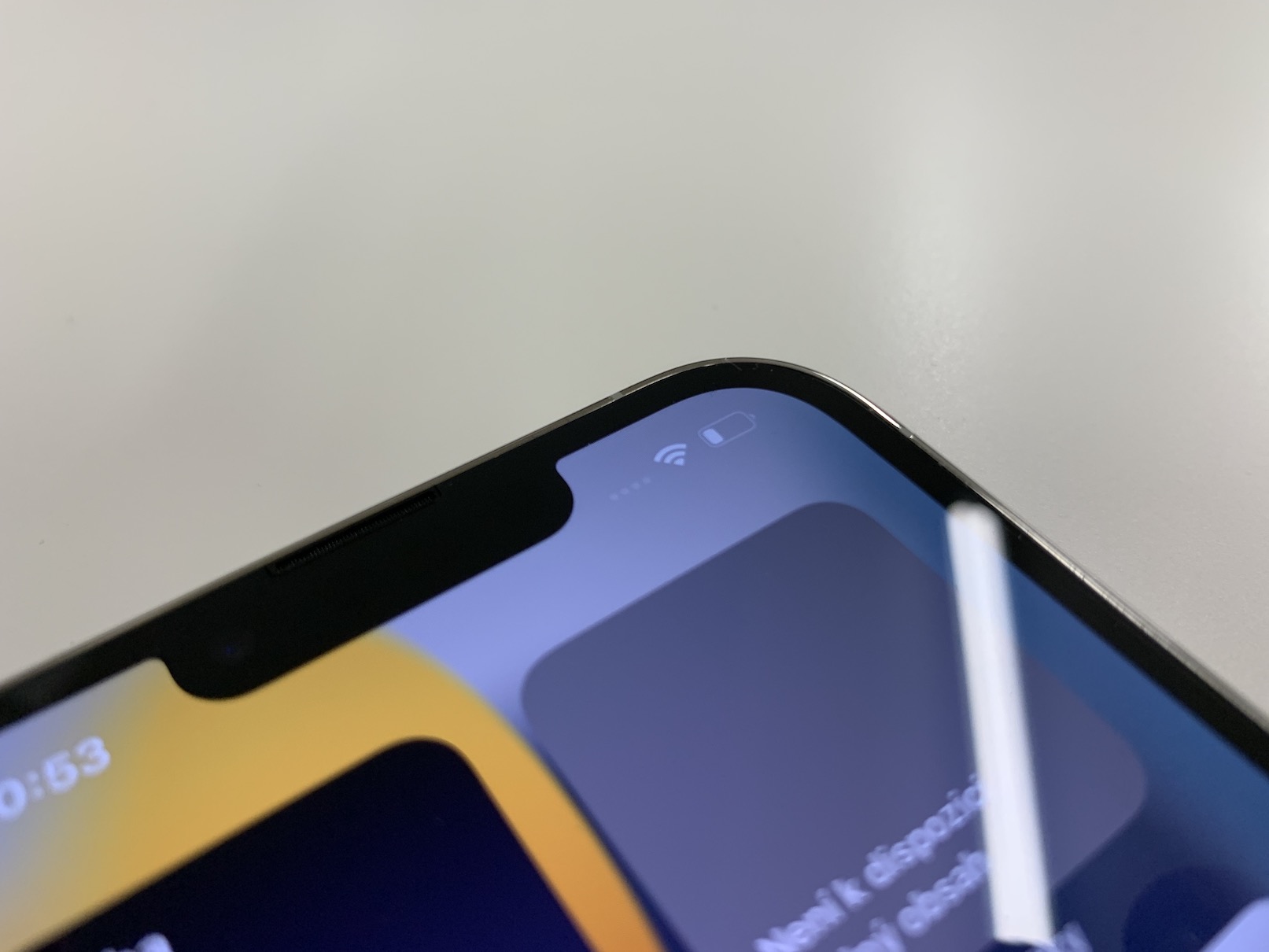
Now, some of you might think that Apple simply had to use the larger battery, mainly because of the ProMotion display, which can be more demanding. Of course, in a way, this is a true statement, but in any case, it is necessary to mention that the battery life is really record this year and practically cannot be compared with previous generations. If you add to that the efficiency of the A15 Bionic chip that is used, you will be pleasantly surprised. I used the iPhone 13 Pro as my primary device for a few days, so I left my old iPhone XS at home and forgot about it.
I was really blown away by how long the iPhone 13 Pro lasted on a single charge. It's true that I have 80% battery capacity on my old iPhone XS, so it's clear that the difference will be noticeable. Until now, I was used to letting the iPhone charge overnight so that I could disconnect it in the morning, use it all day for classic tasks, and reconnect it to charge in the evening. I've been used to operating this way for several years. So I decided to use the iPhone 13 Pro in exactly the same way, i.e. handling several calls, using Safari, taking a few photos, communicating, etc. According to the Screen Time function, I found that the display was active for about 5 hours during the whole day, with the fact that in the evening, when I would charge the iPhone XS, I still had 40% of the battery. But I didn't charge the iPhone 13 Pro and continued to use it until it started showing 1%. This happened the next day, at about 15:00 p.m., when I was already running to the charger.
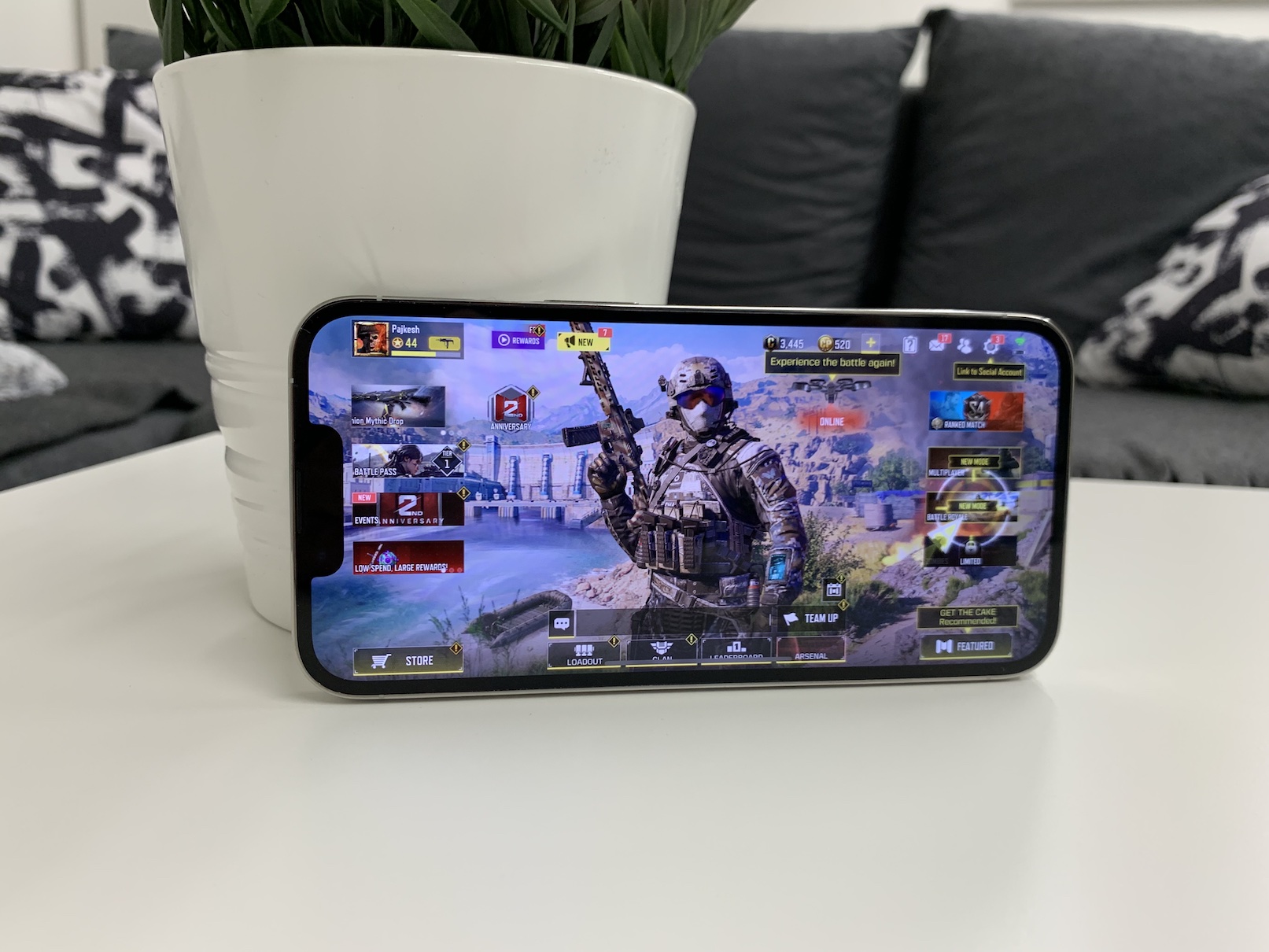
As for charging, I can assure you that you will definitely not want to charge the iPhone 13 Pro with a classic 5W charging adapter if necessary. Of course, you can be sure that you won't significantly strain and destroy the battery by charging slowly, in any case, I would only recommend a 5W adapter if you only charge your iPhone overnight. For cases when you will not have enough juice, it is absolutely necessary to get a 20W charging adapter, which is absolutely ideal. According to my own test, I was able to charge the iPhone 13 Pro to about 30% in the first 54 minutes, and then to 83% after an hour. As for wireless charging, the classic one in the form of Qi also makes no sense with a power of 7.5 W. If you really want to use wireless charging, then MagSafe is an absolute must. This is useful, for example, when charging while working, when you have your iPhone on the table.
Connectivity or where the hell is USB-C
As such, the iPhone 13 Pro still uses the Lightning connector for charging, which in my opinion is already outdated and Apple should replace it with USB-C as soon as possible. Together with the new iPhones, the Apple company presented the sixth generation iPad mini, which we received with USB-C, and this connector is also available for MacBooks and other iPads. If Apple finally decided to come up with USB-C for iPhones, we could really connect a lot of things to it. For example, we could use mirroring to a larger monitor, we could simply connect an external disk or other device, which would be much better to work with. Lightning transfer speeds are also not very high - USB 2.0 is used, which guarantees a maximum speed of 480 Mb/s. If Apple had reached for USB-C and USB 3.0, we would have easily reached a maximum speed of 10 Gb/s, if not more. In addition to that, USB 4 is on the horizon, which will take USB a step further in general. So hopefully my wish will come true and Apple will come with USB-C next year. Currently, after the arrival of the ProMotion display, the Lightning connector is the last thing I can't stand in iPhones.
…and redundant power
I would also like to mention the A15 Bionic chip, which beats in the bowels of the iPhone 13. Unfortunately, I will repeat myself, because it is the same song every year. In terms of performance, the latest A15 Bionic processor will just suit you right now. You can really do anything on the iPhone 13 Pro without any lag or other problem. In addition, the ProMotion display adds to the smoothness, which can be considered the icing on the cake. The A15 Bionic chip is then supported by 6 GB of operating memory, which is more than enough. For the average user, the performance of the iPhone 13 Pro is absolutely superior and will certainly never stand in your way. I dare to say that it will definitely not be an obstacle even for professionals. So you can load the iPhone 13 Pro however you want, with countless applications, video editing and rendering, playing games... and you simply won't tire it out.
But let's take a look at some specific numbers that will tell you more about the performance of the A15 Bionic chip inside the iPhone 13 Pro. To get performance information, we performed the performance tests that are part of the Geekbench 5 and AnTuTu Benchmark applications. The first application offers two tests, namely CPU and Compute. In the CPU test, the reviewed model achieved a score of 1 for single-core performance and a score of 730 for multi-core performance. In the Compute test, the iPhone 4 Pro scores 805. In the AnTuTu Benchmark, the iPhone 13 Pro achieved a total score of 14.
The sound is nice and pleasing
Finally, I would like to focus on the sound that the iPhone 13 Pro can produce. Apple did not pay much attention to this "sector" during the presentation, in any case, I know from my own experience that the sound gets better and better every year. I always say with the latest model when listening to some music that the sound is perfect, but next year a new model comes out and I find out that it can be even better. So this year it's exactly the same and I can say that the speakers play a bit better again, even at higher volumes. The speaker itself is pretty loud and the sound it produces is very clear indeed. Of course, if you set the volume to maximum, you can't wait for God's sake. But I guarantee that you will be delighted when watching movies or, for example, playing videos.
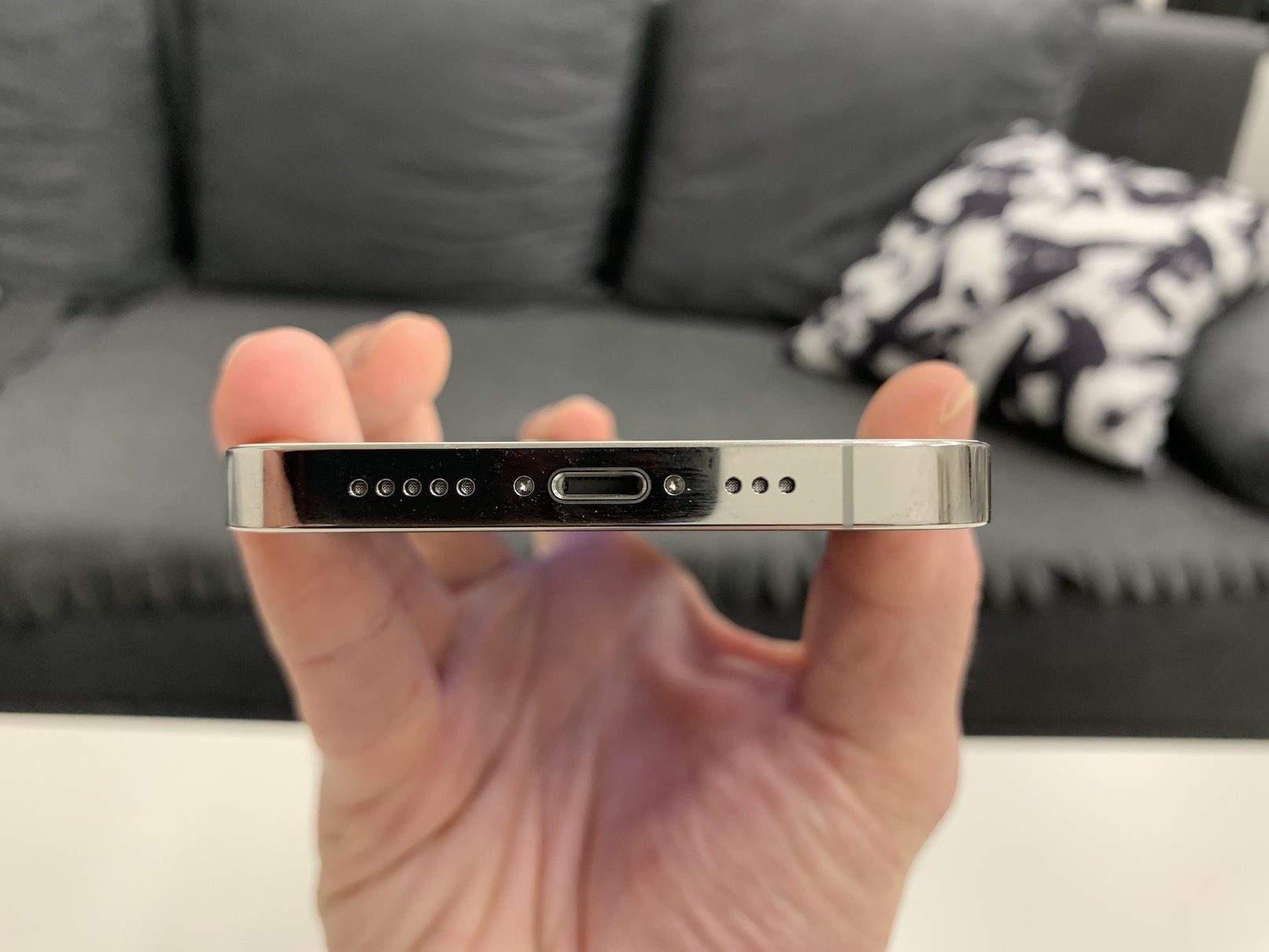
záver
I have to say that I was really looking forward to the iPhone 13 Pro. I really liked the 12 Pro model last year, but in the end I decided to wait because I didn't get my dream ProMotion display. Many of my acquaintances, who also move in the Apple world, thought I was crazy, because they thought that ProMotion would not bring such a fundamental change. So I'm very glad I waited because the ProMotion display is really perfect and one of the best improvements this year. But you know how it is - one is never satisfied. I was determined to buy an iPhone 13 Pro (Max), anyway, now I'm speculating about the connector again. I wouldn't want to own the last iPhone with a Lightning connector. At the same time, I am not able to say whether we will finally see it next year. Anyway, if you are among the users of an older iPhone, for example still with Touch ID, you can be sure that you will be really satisfied with the new "12" and that it will be a really significant leap and improvement for you. But if we look at it from the other side, i.e. from the side of iPhone 13 Pro (Max) owners, the 13 Pro (Max) model will not bring you much new. Such users may perceive the iPhone 12 Pro more like the iPhone XNUMXs Pro, which is of course justified.
You can buy the iPhone 13 Pro here

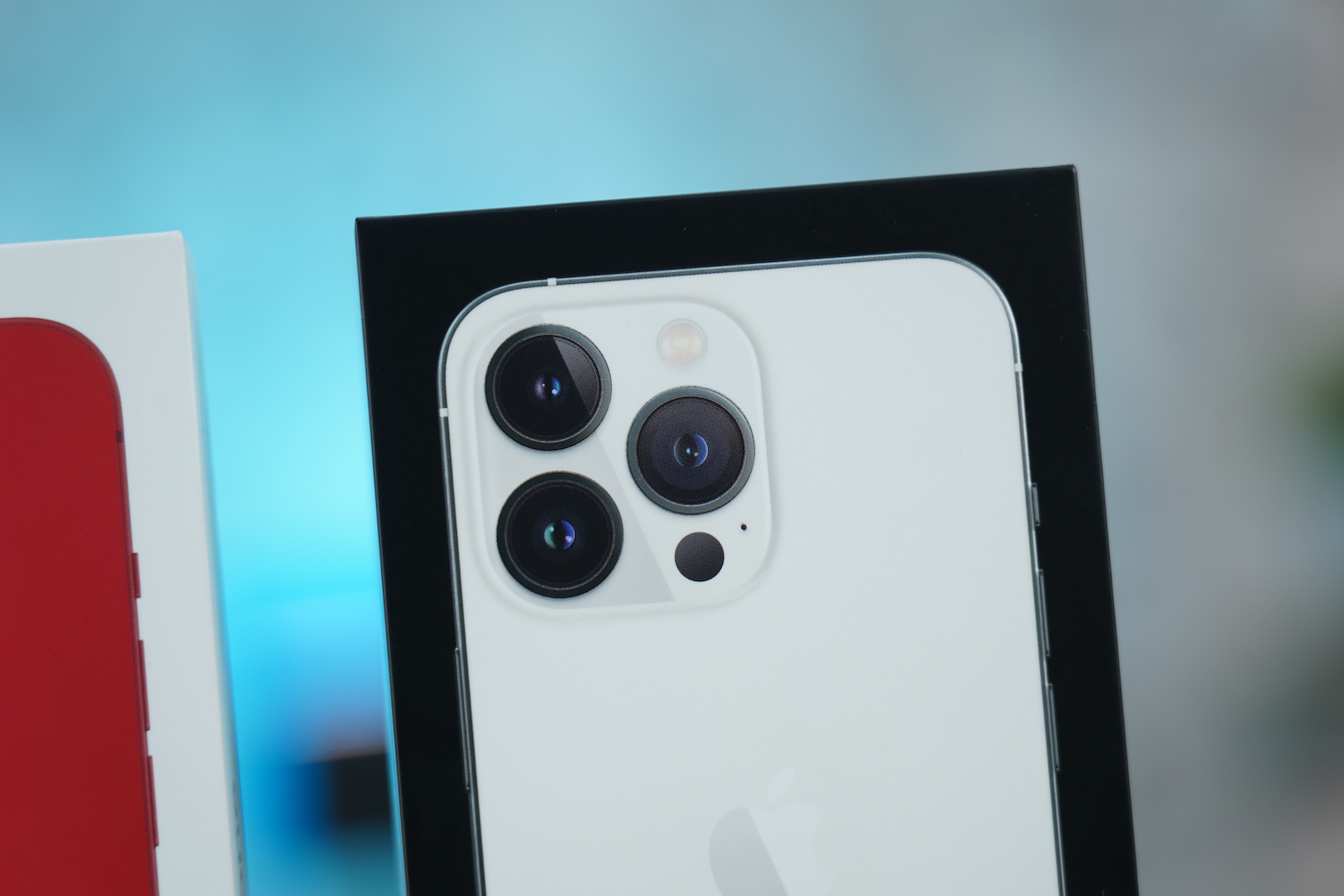
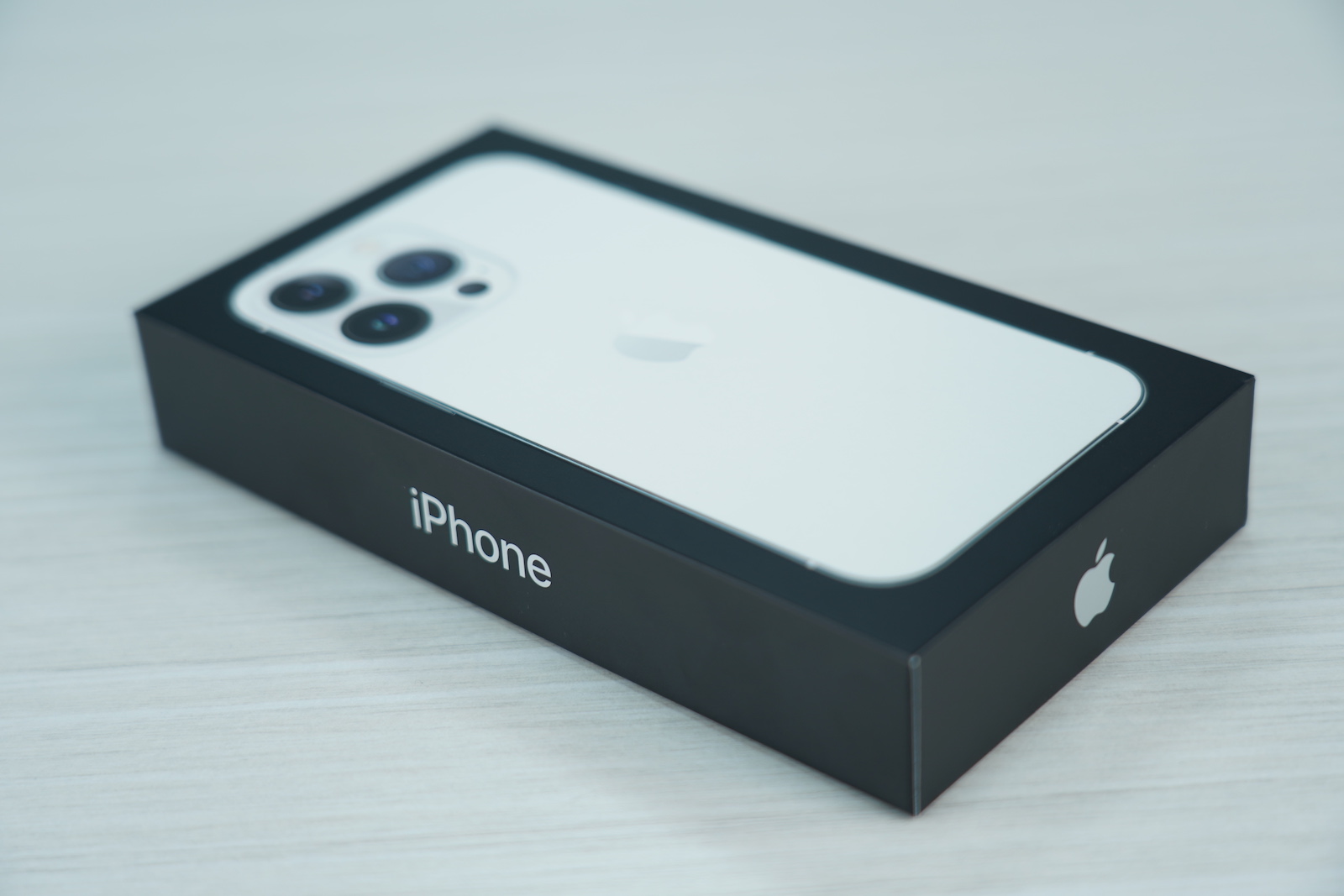
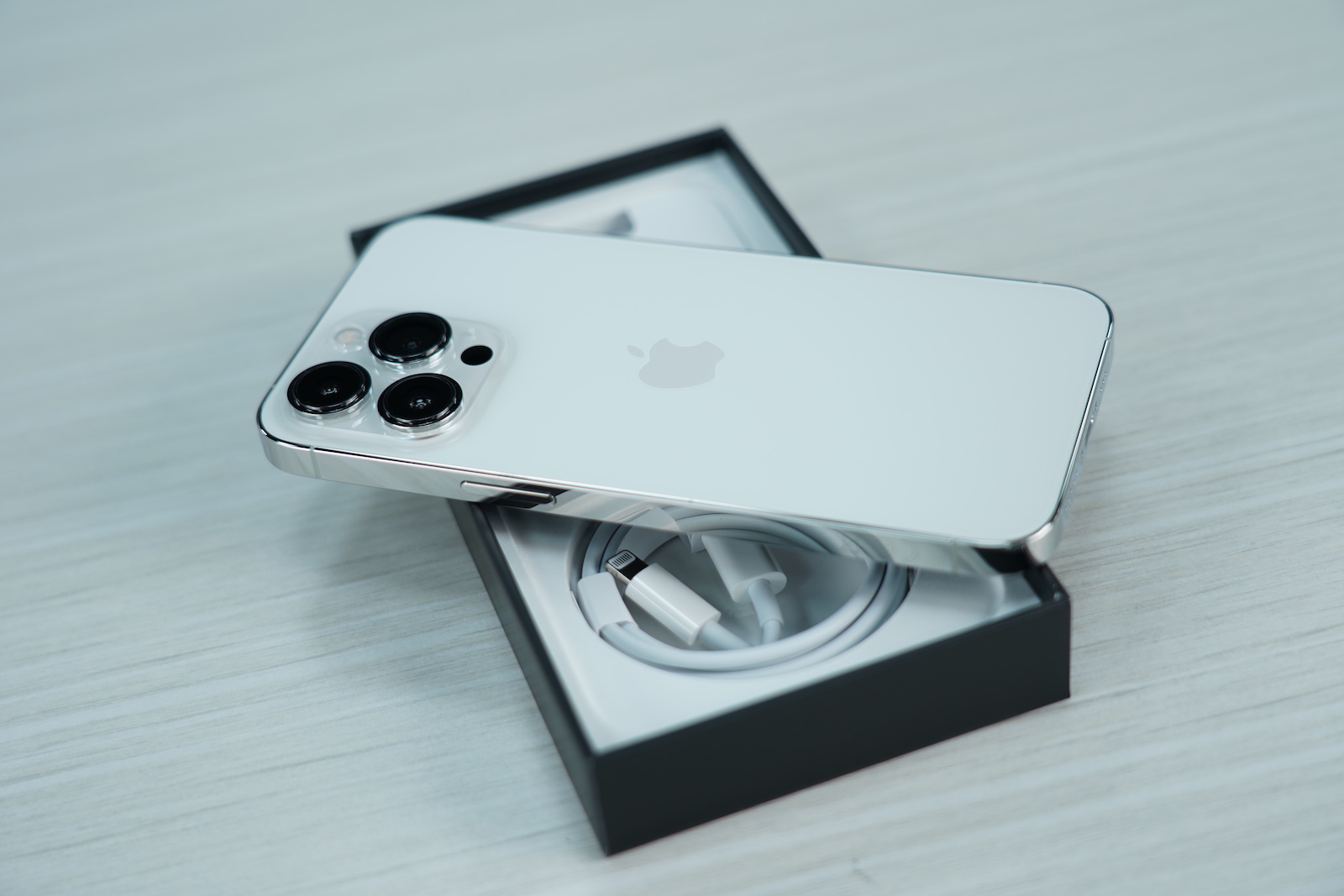
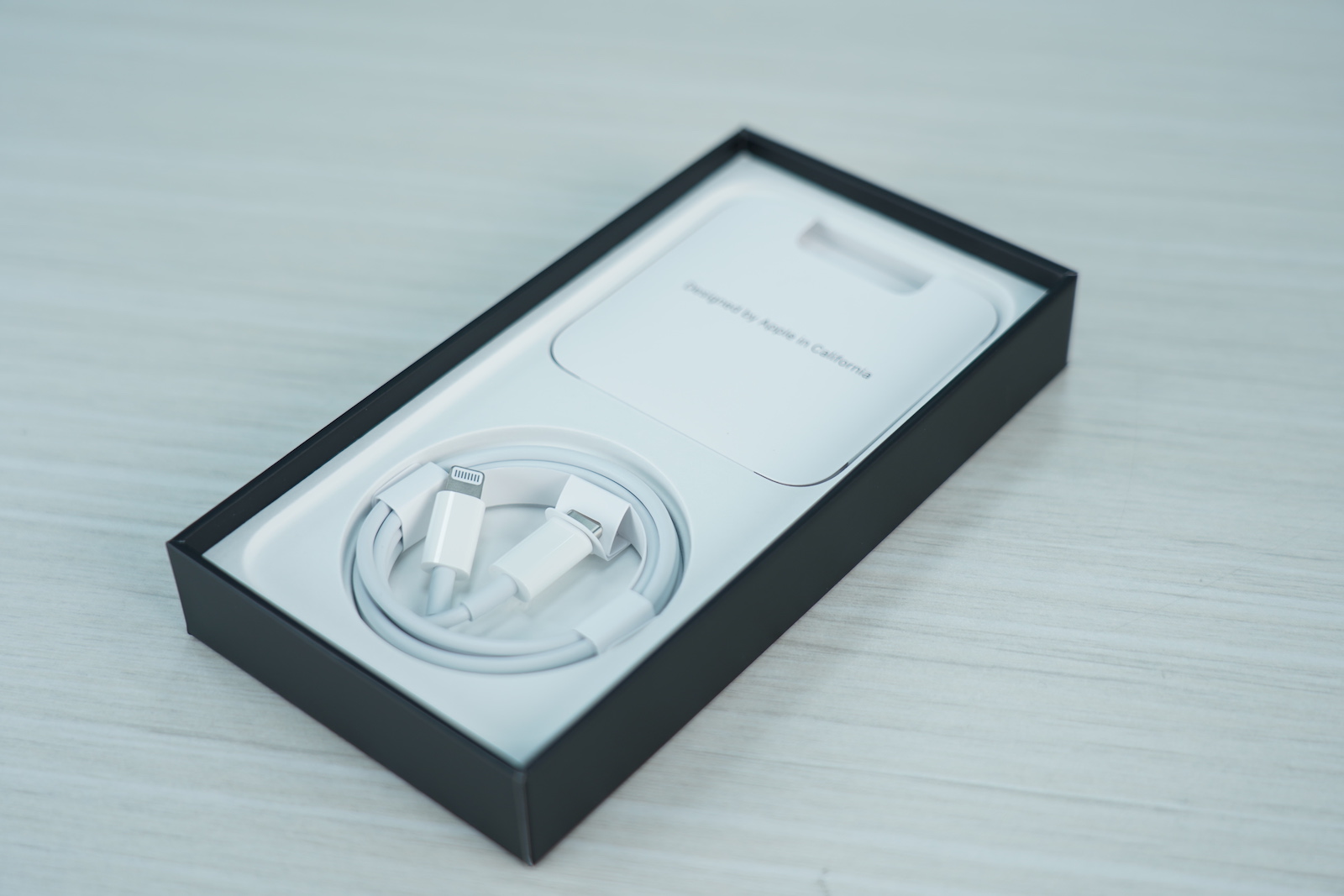
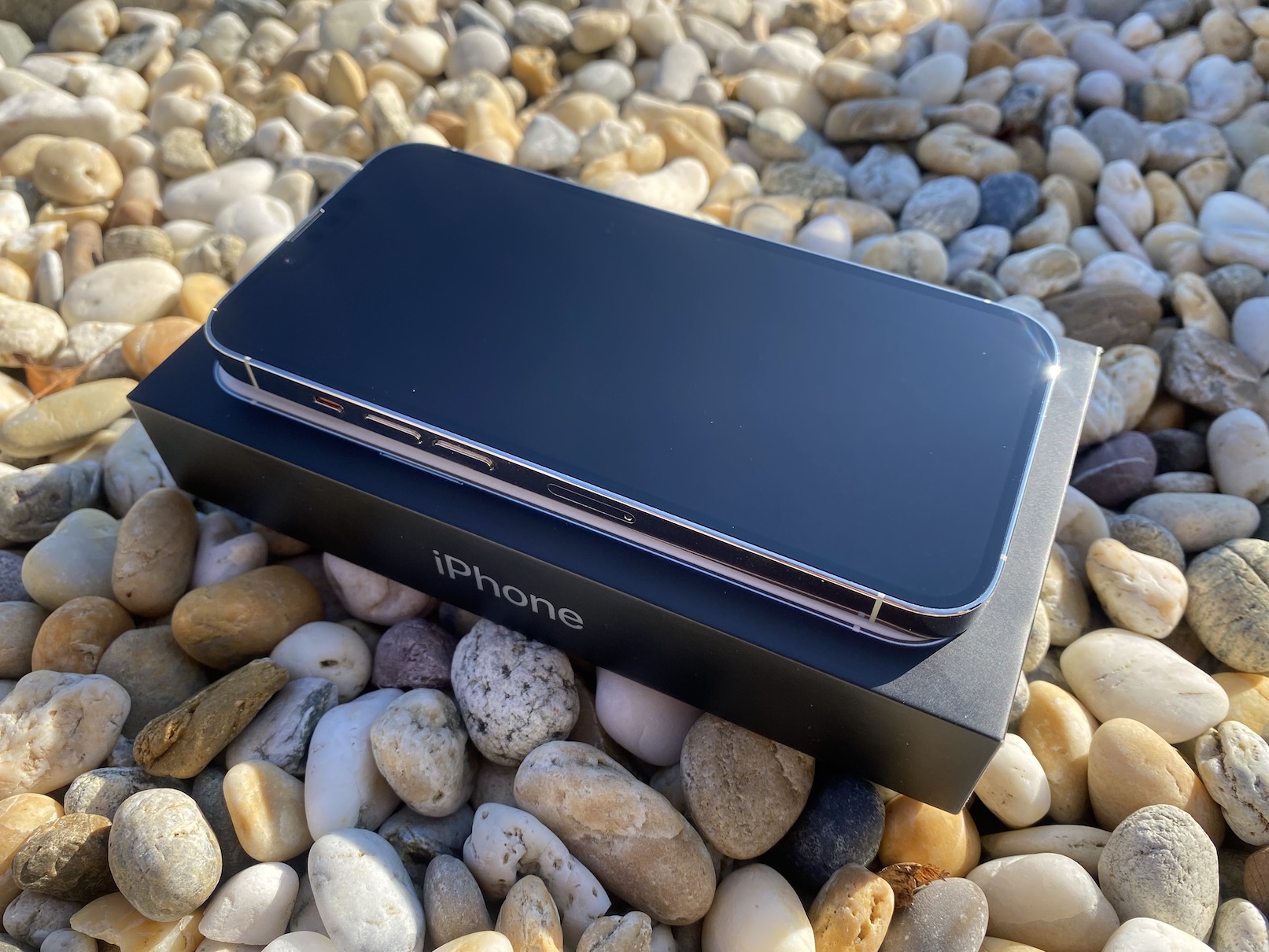
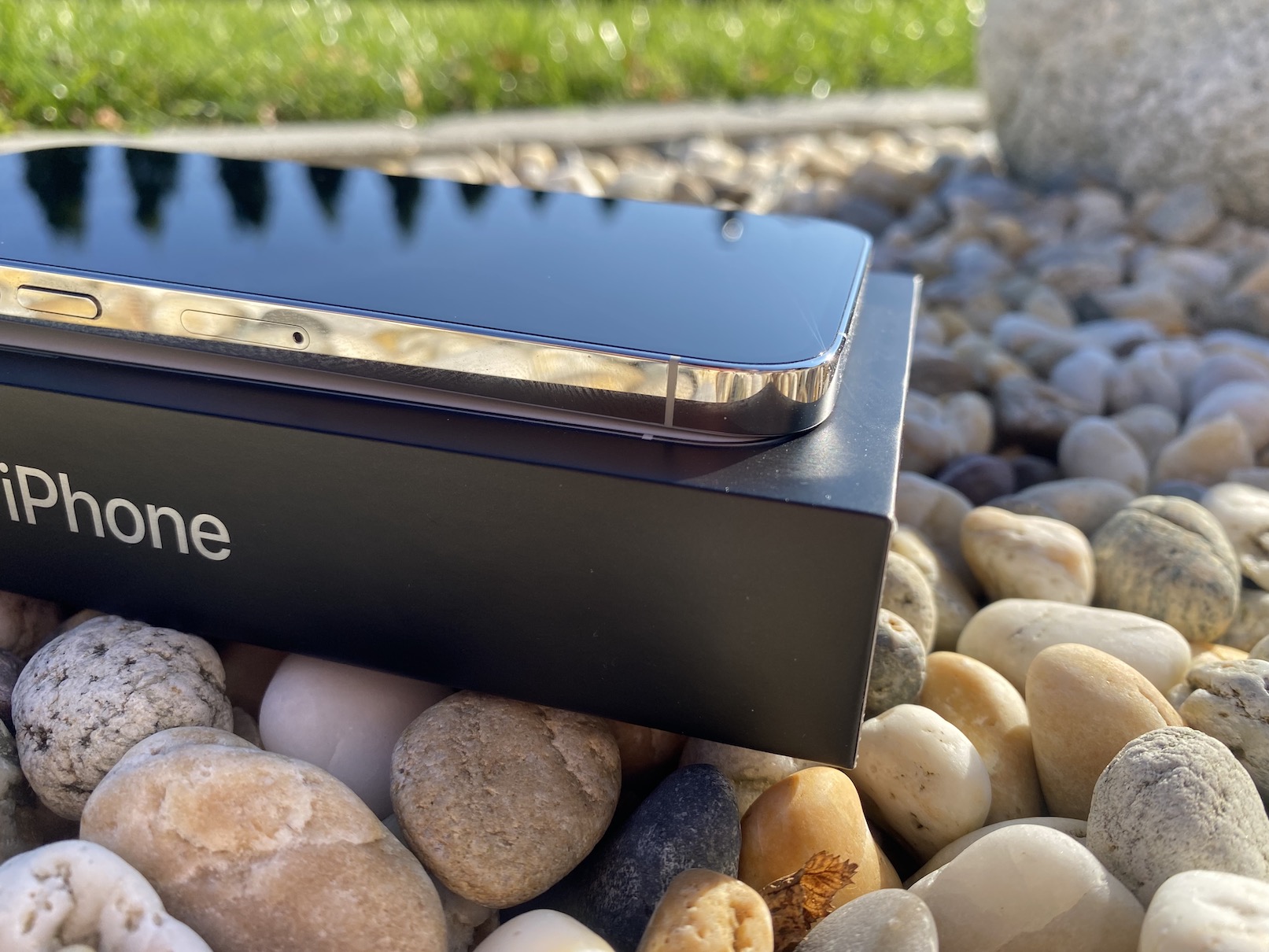
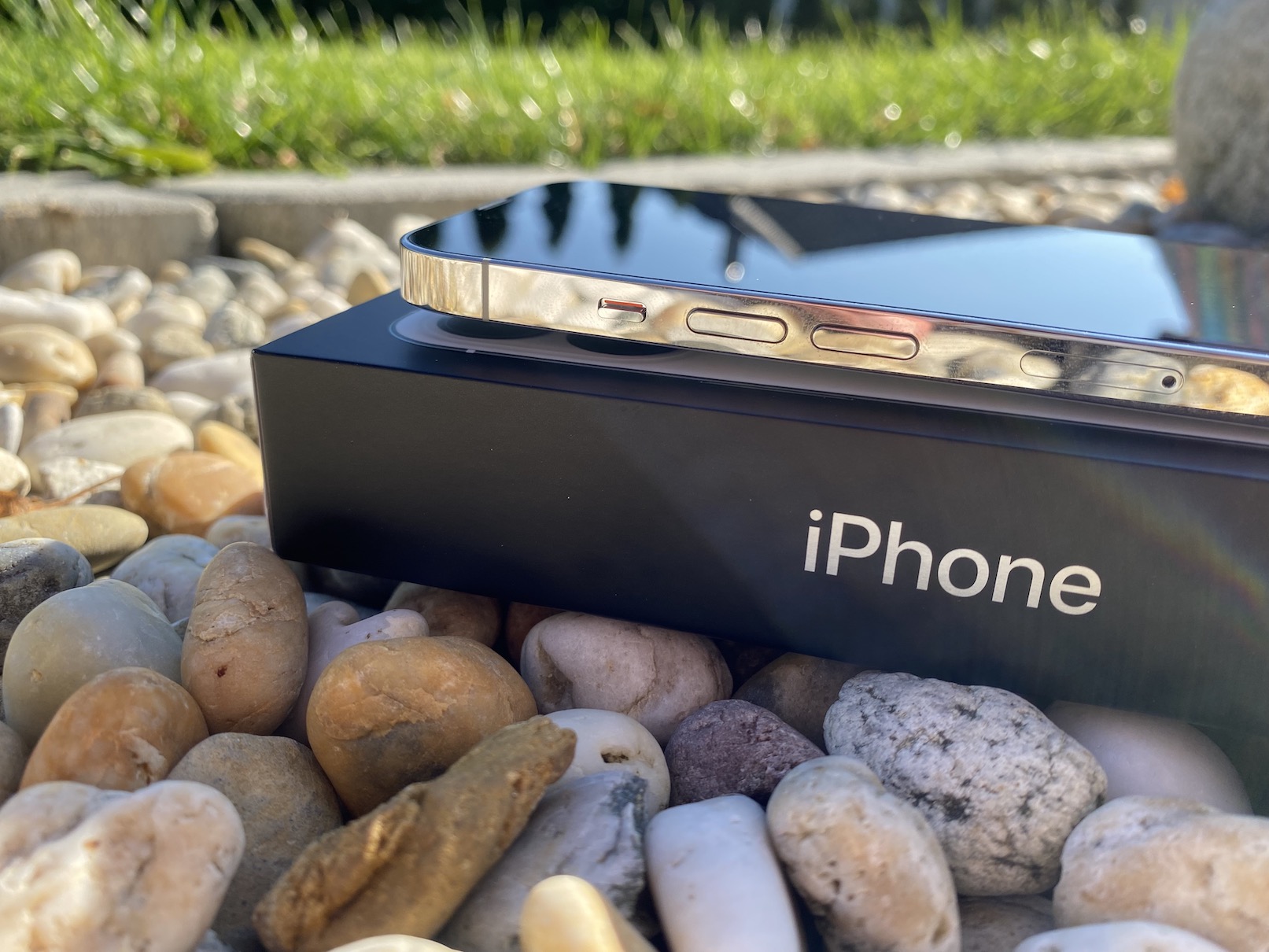
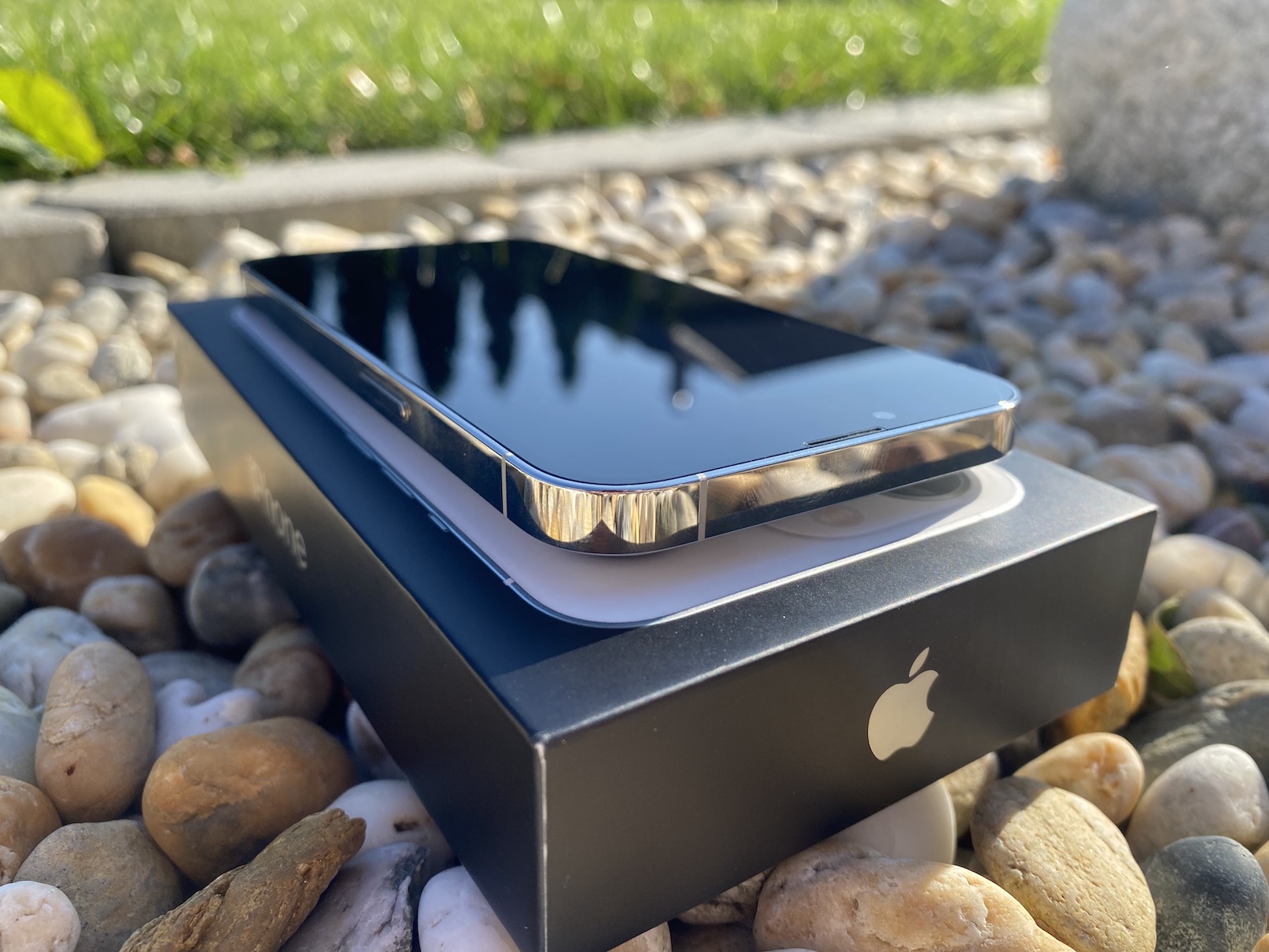

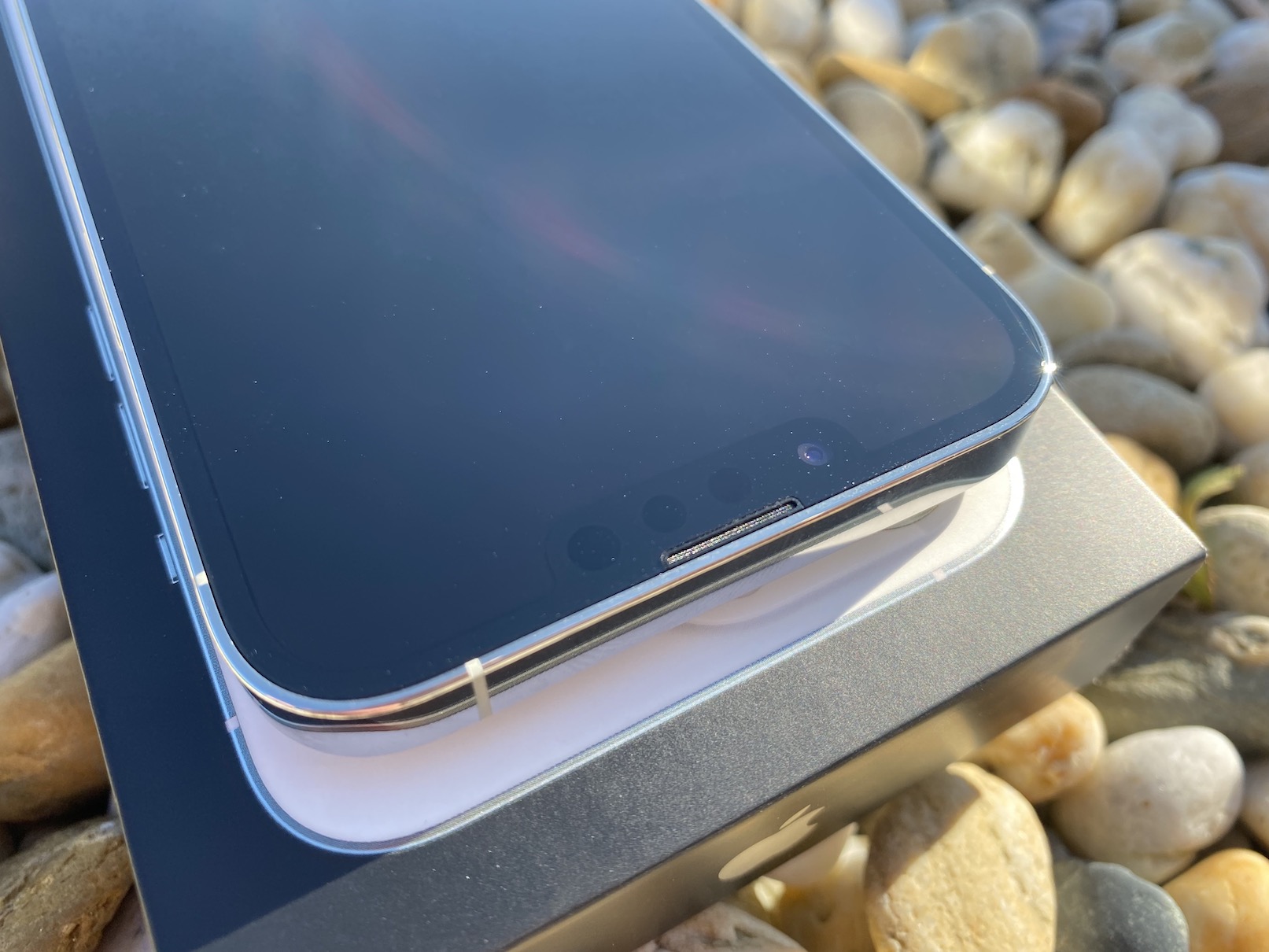

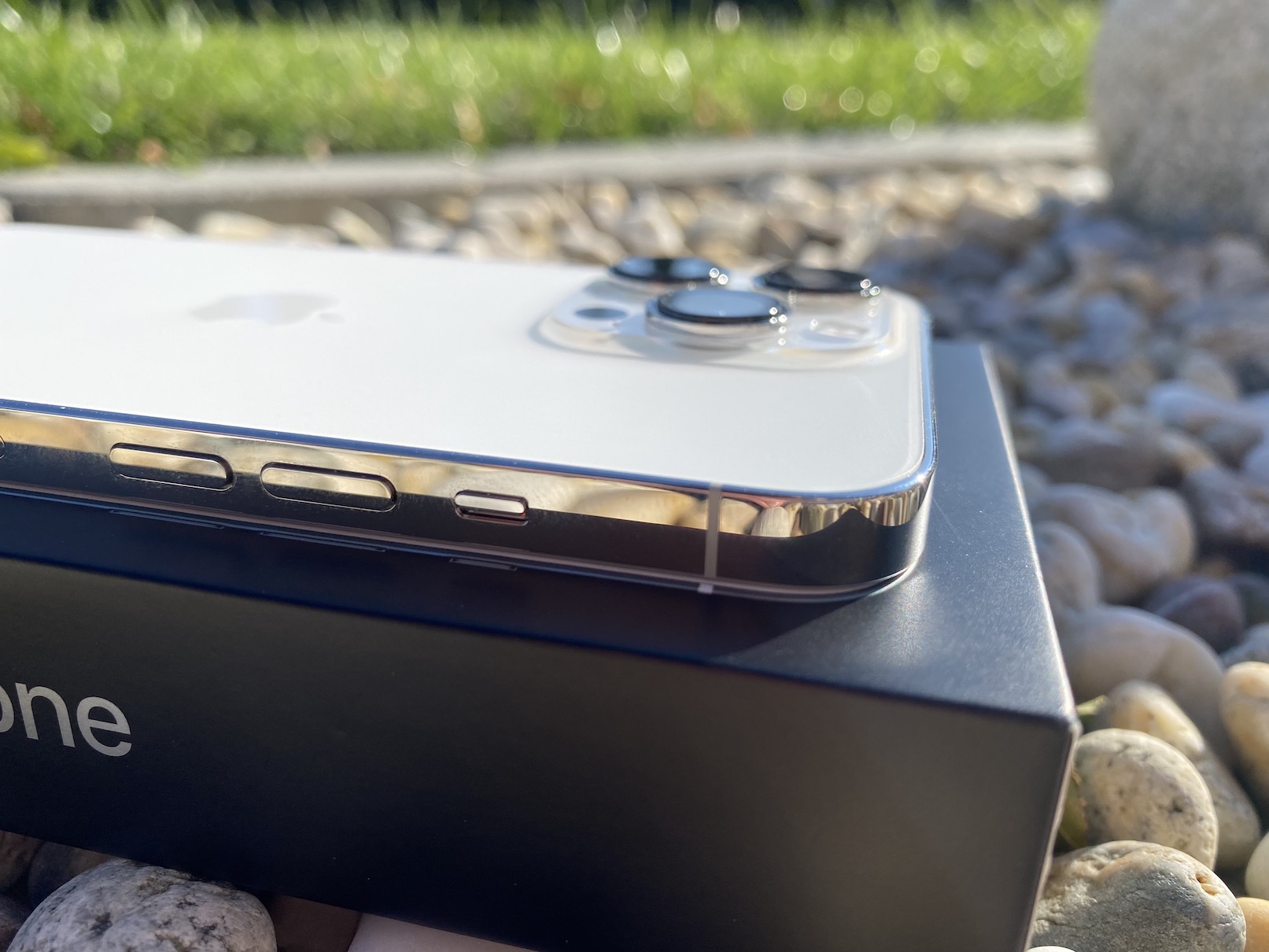
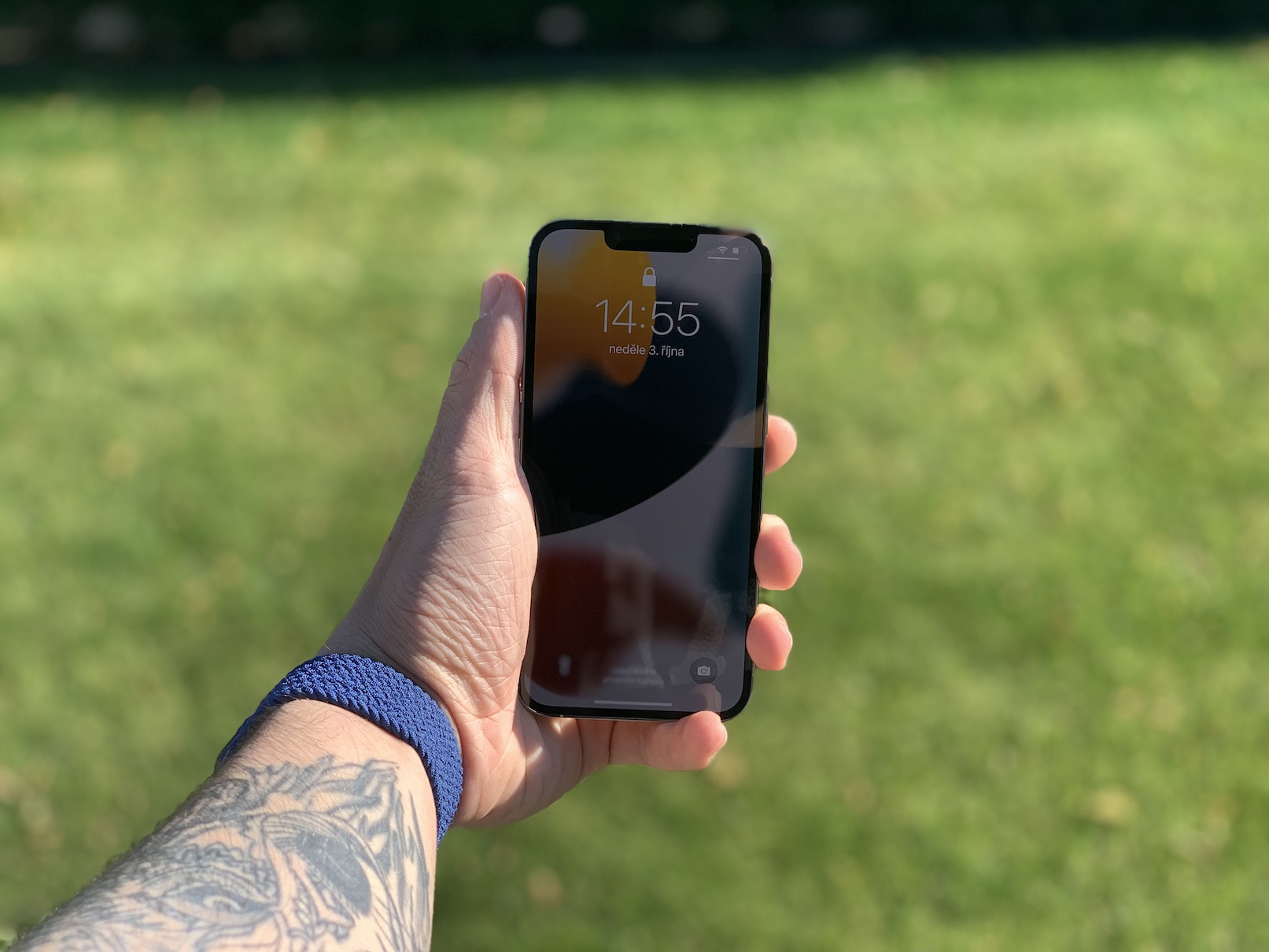
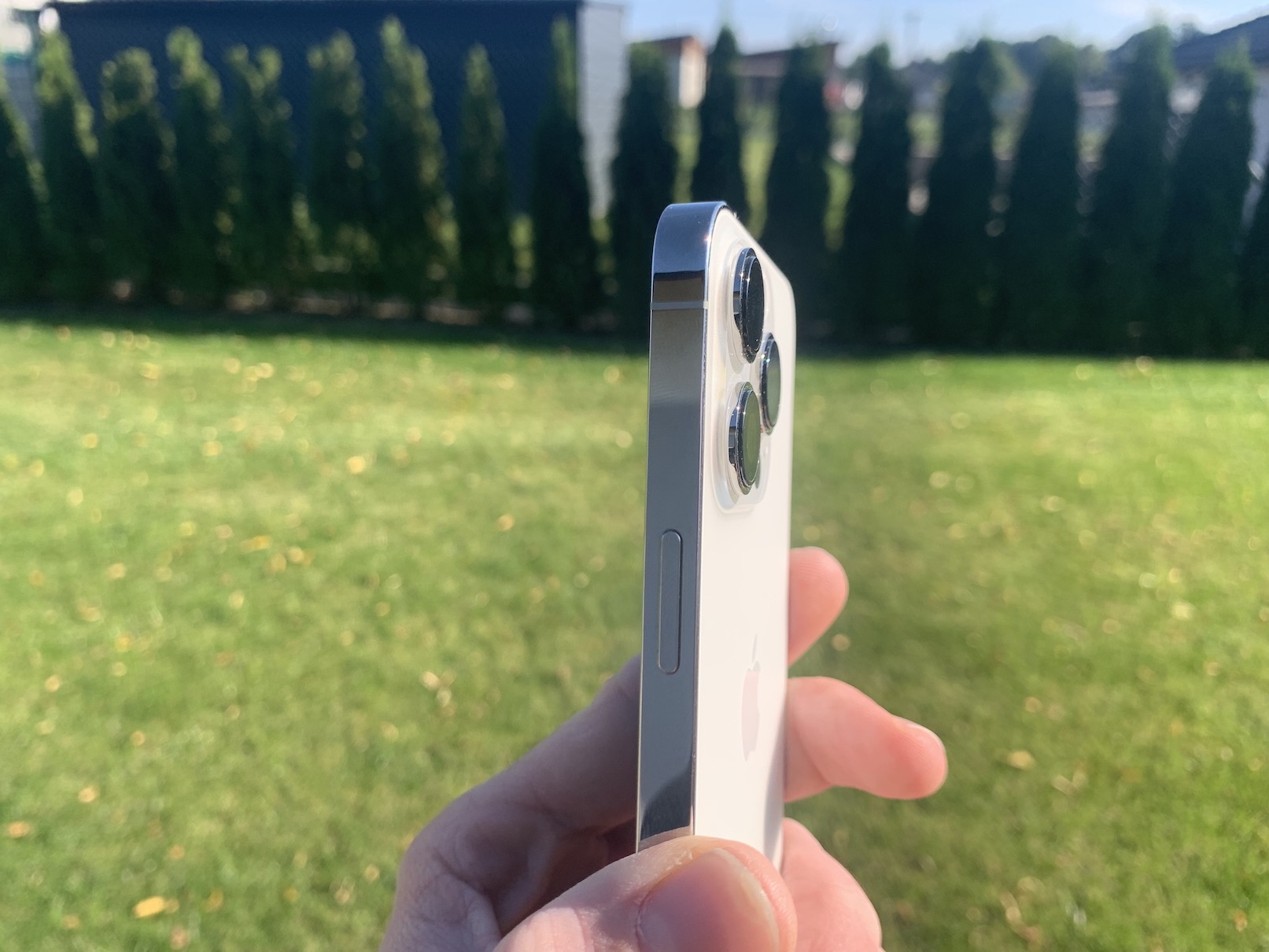
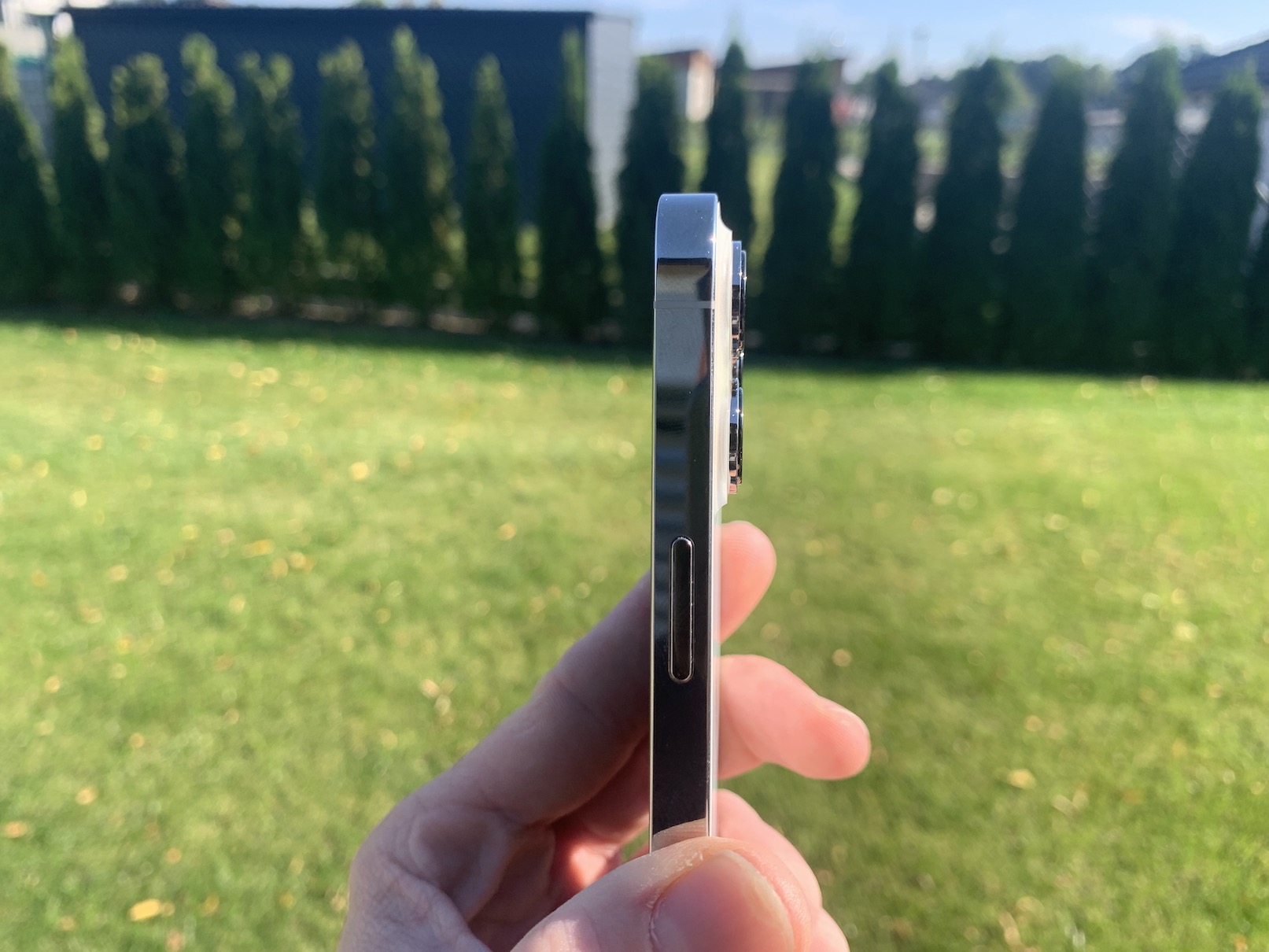

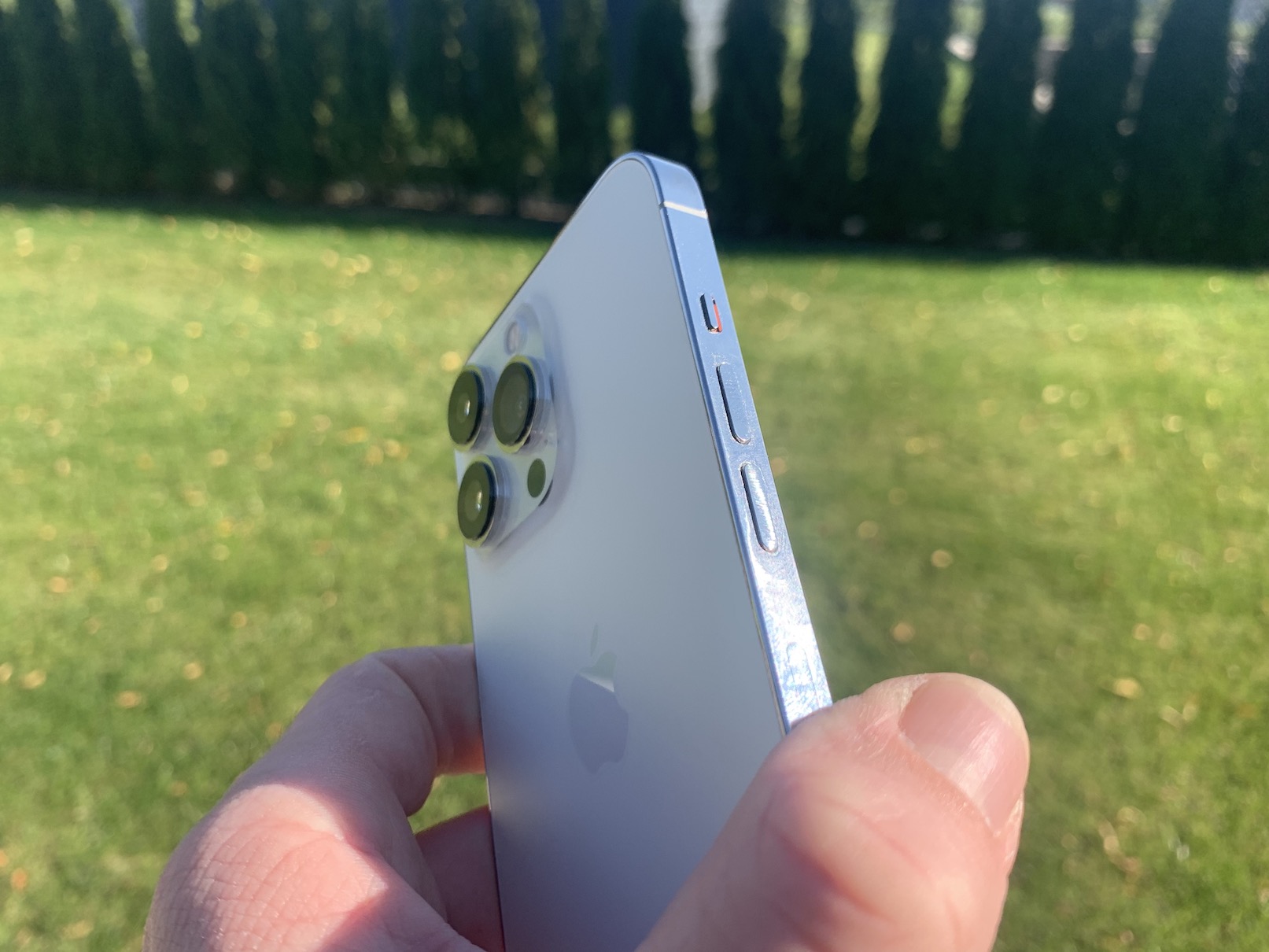
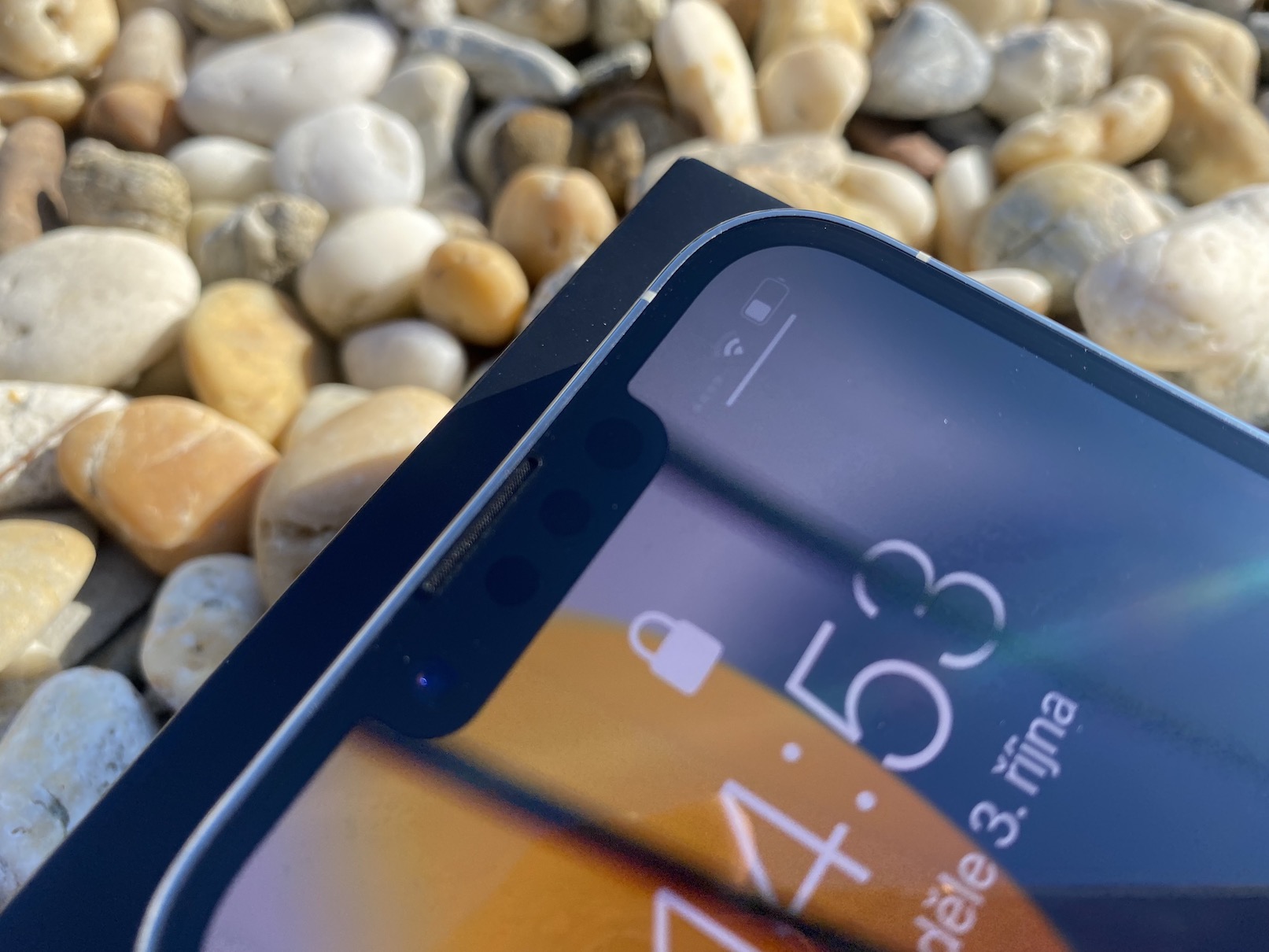

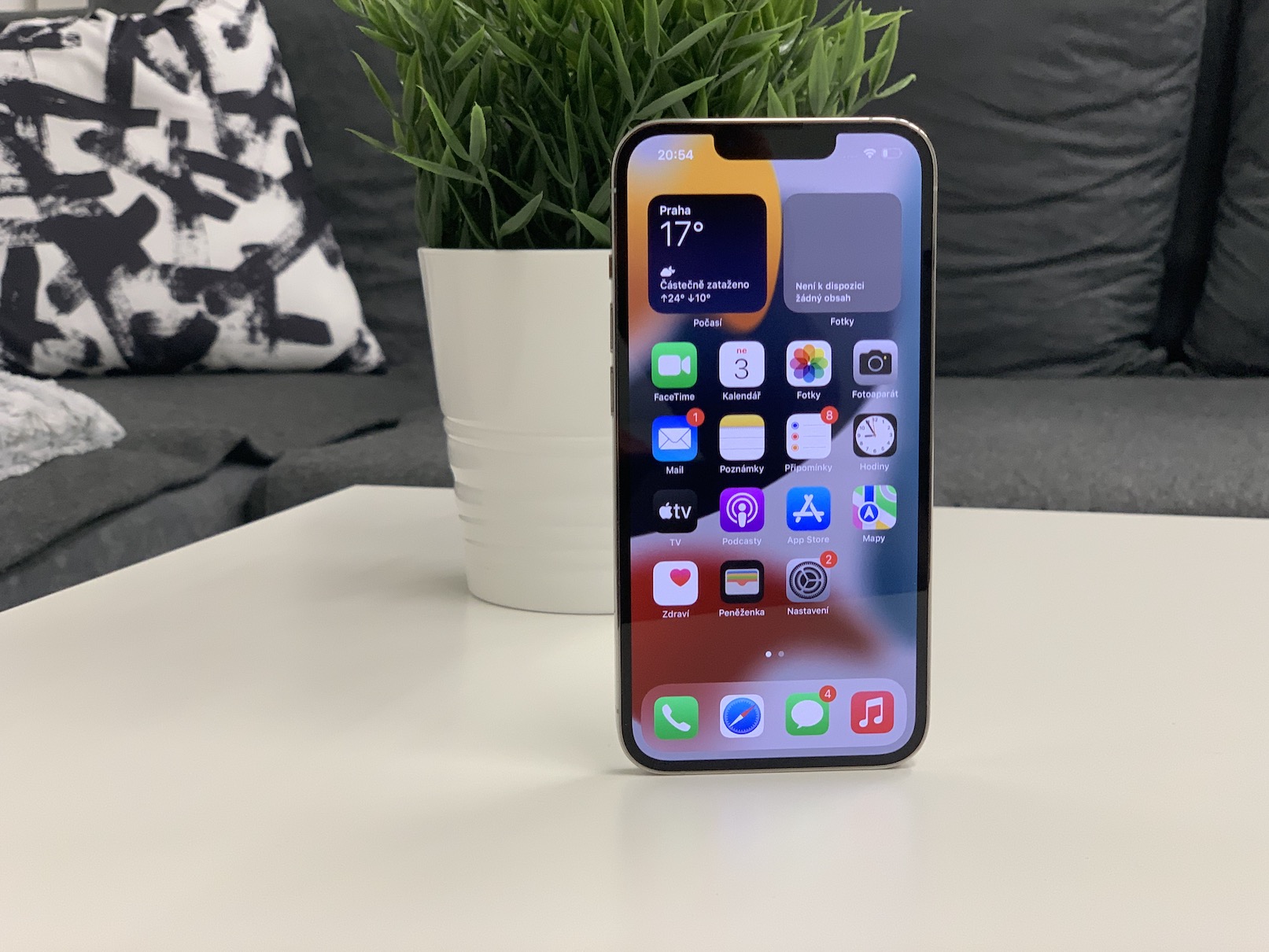
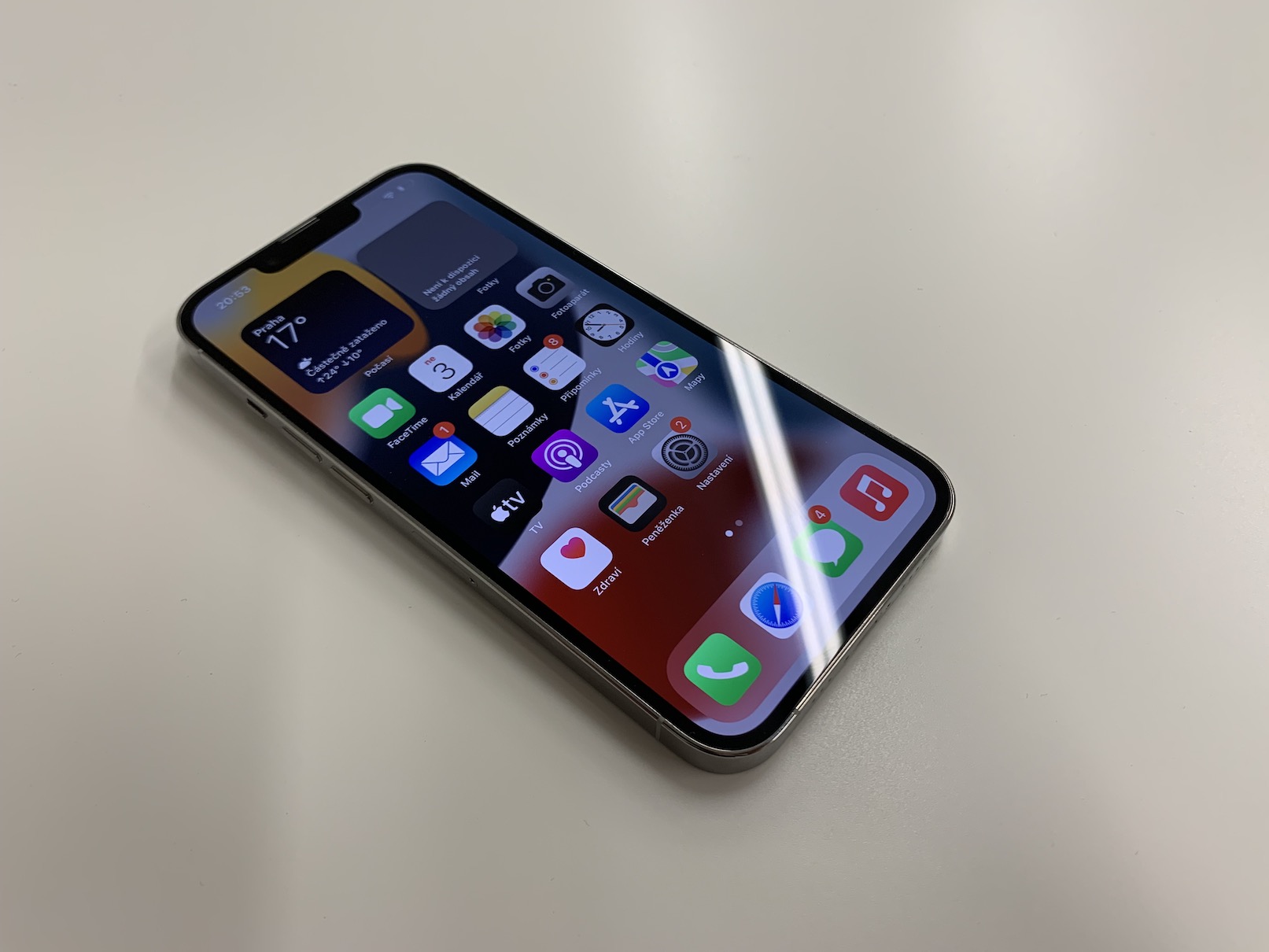
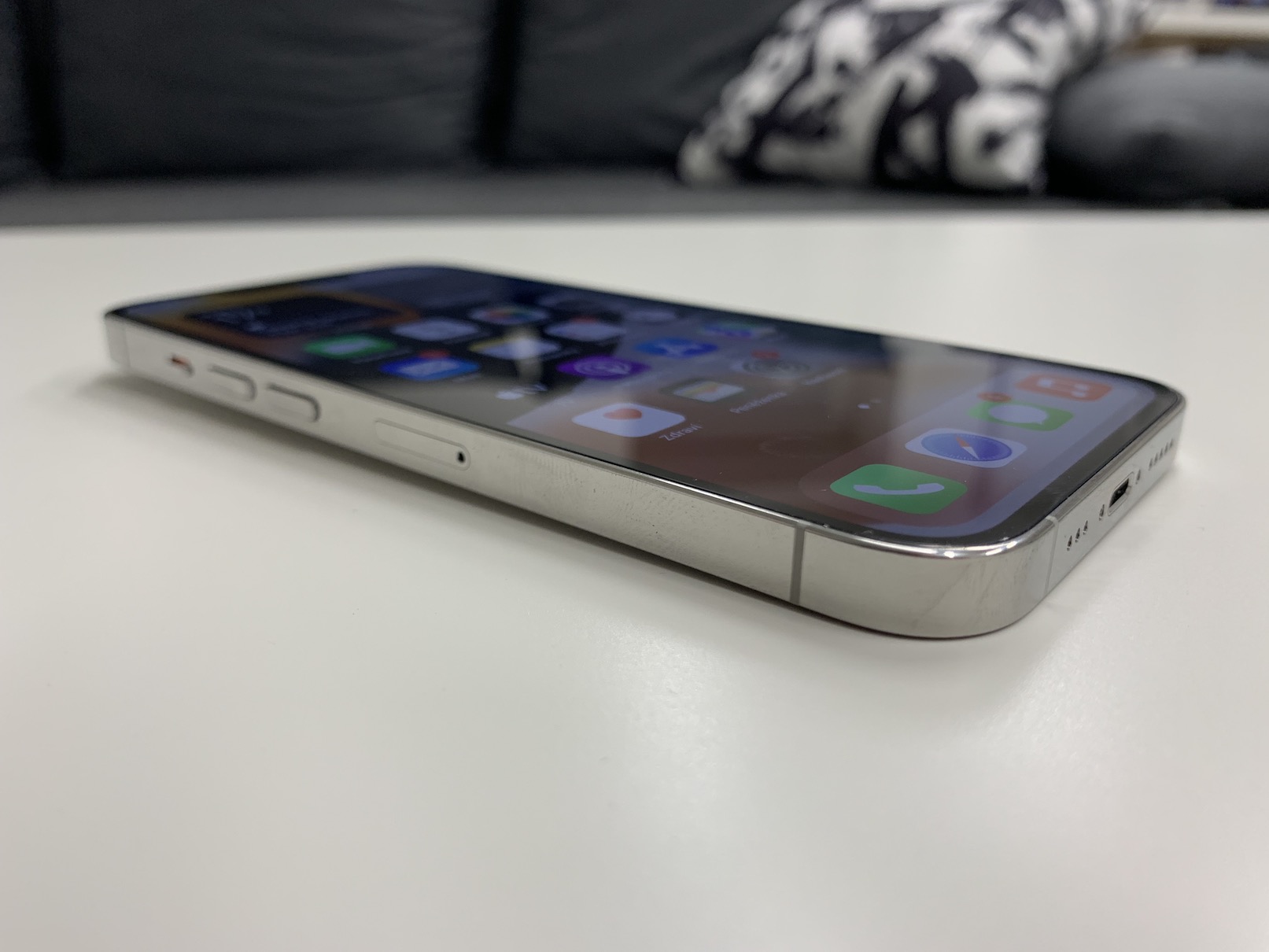

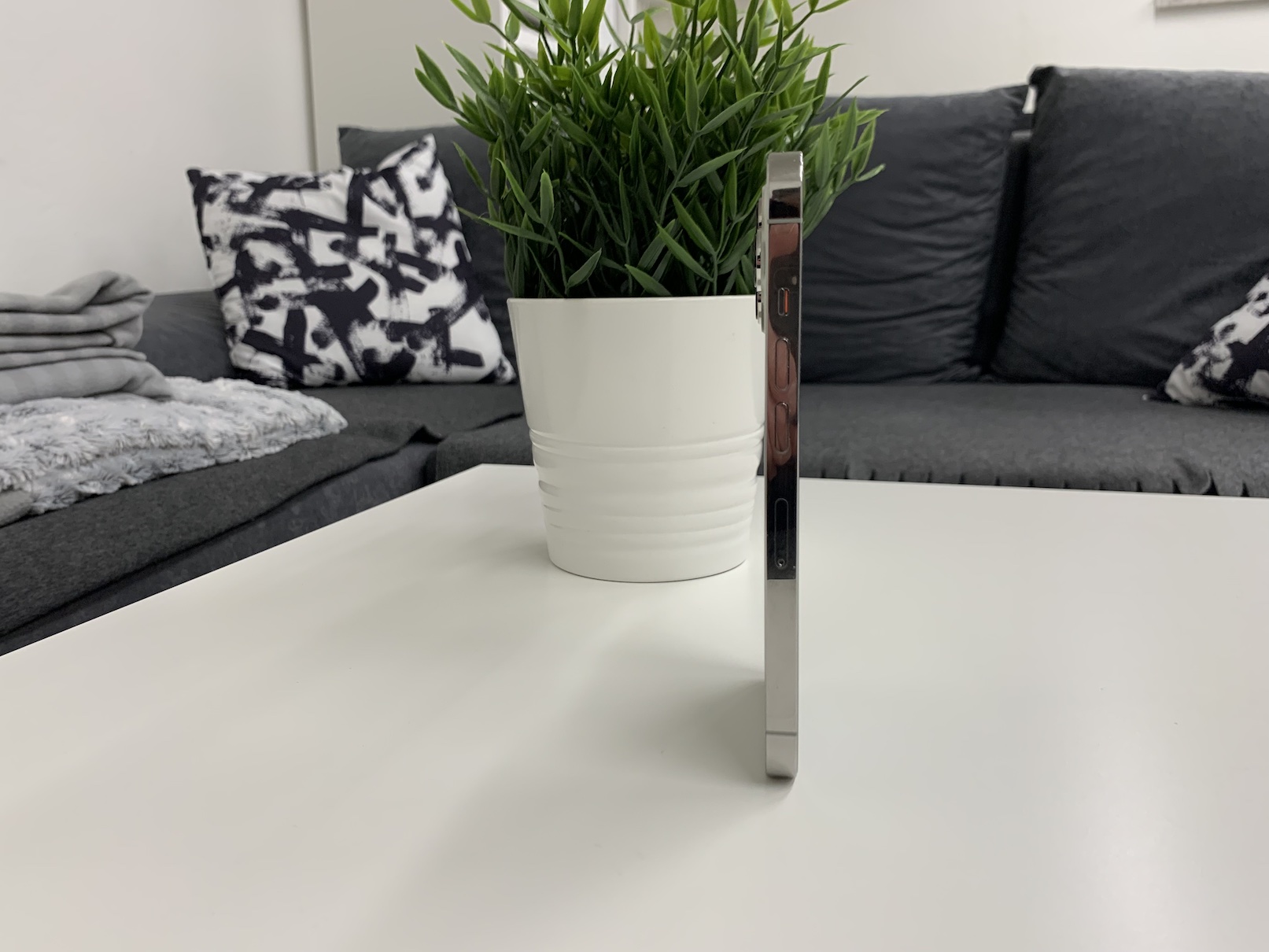
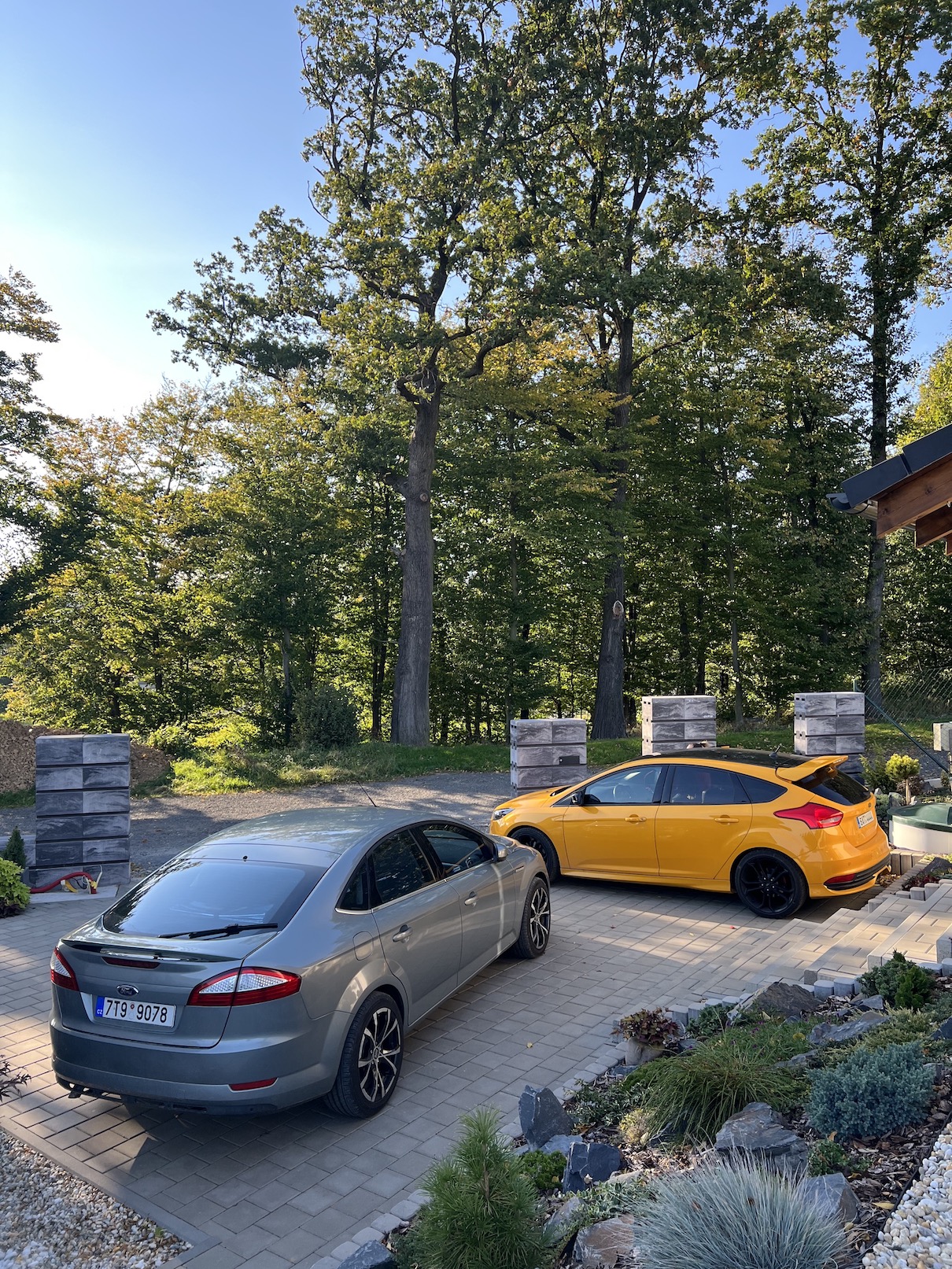
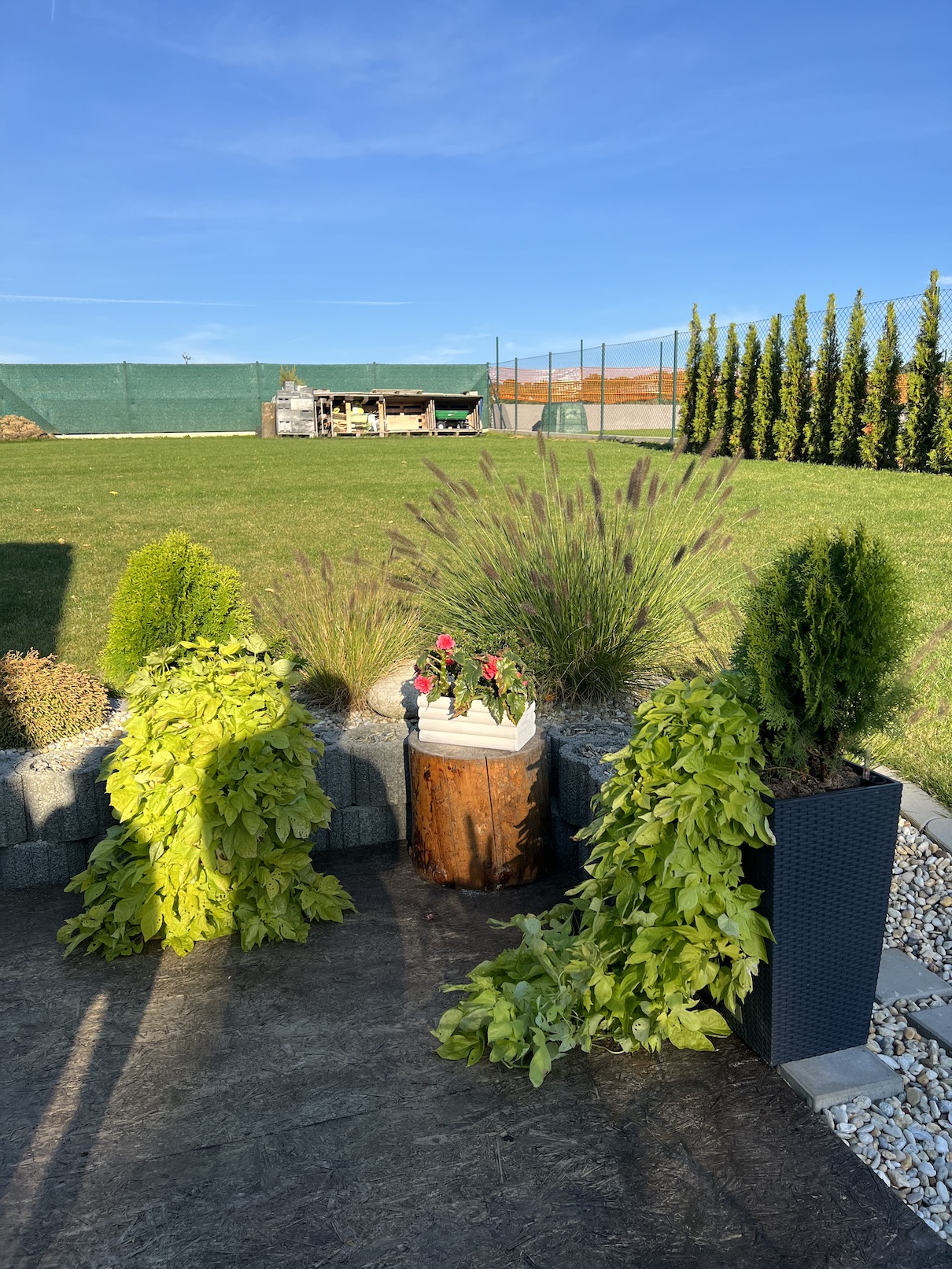
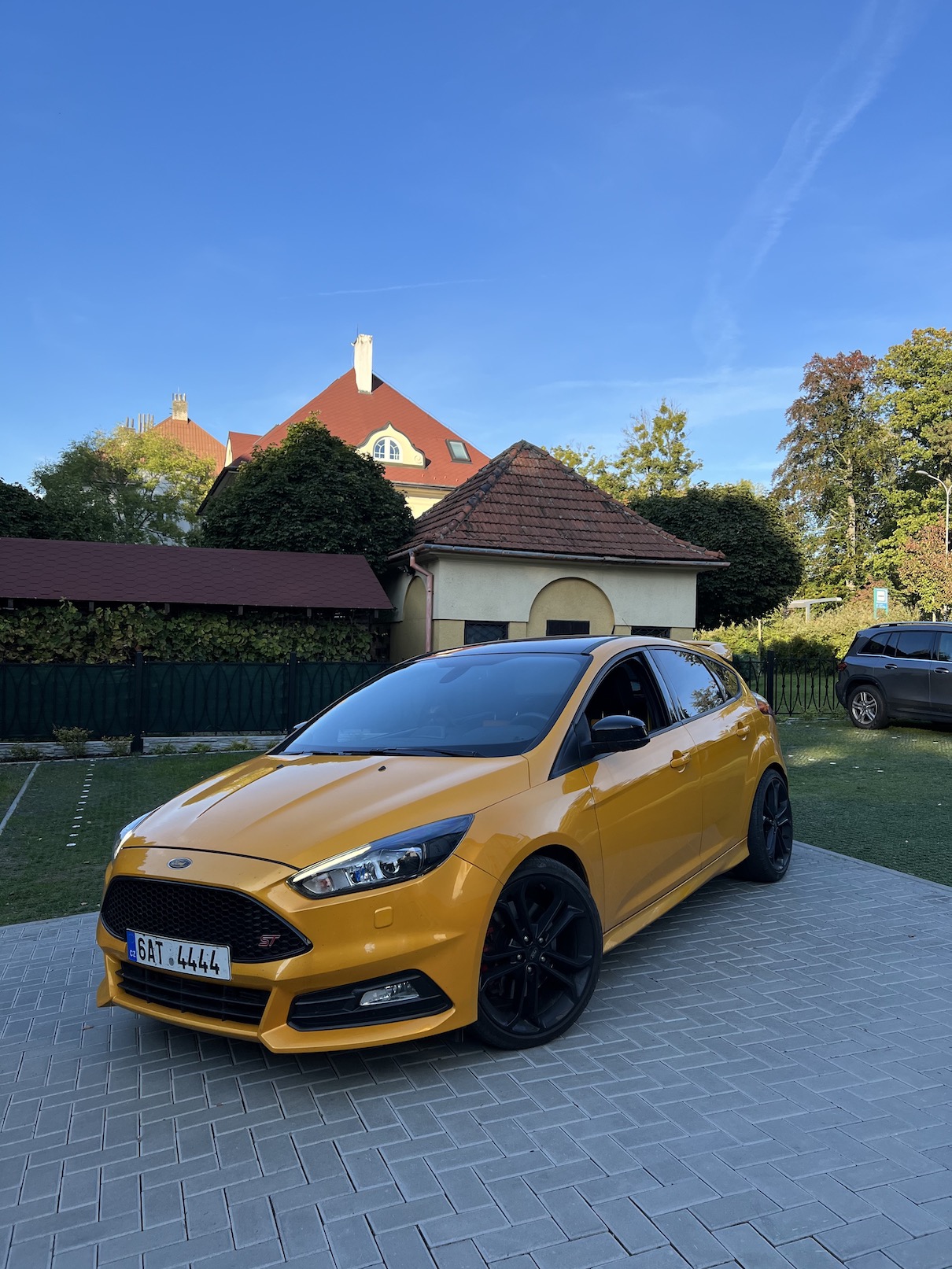




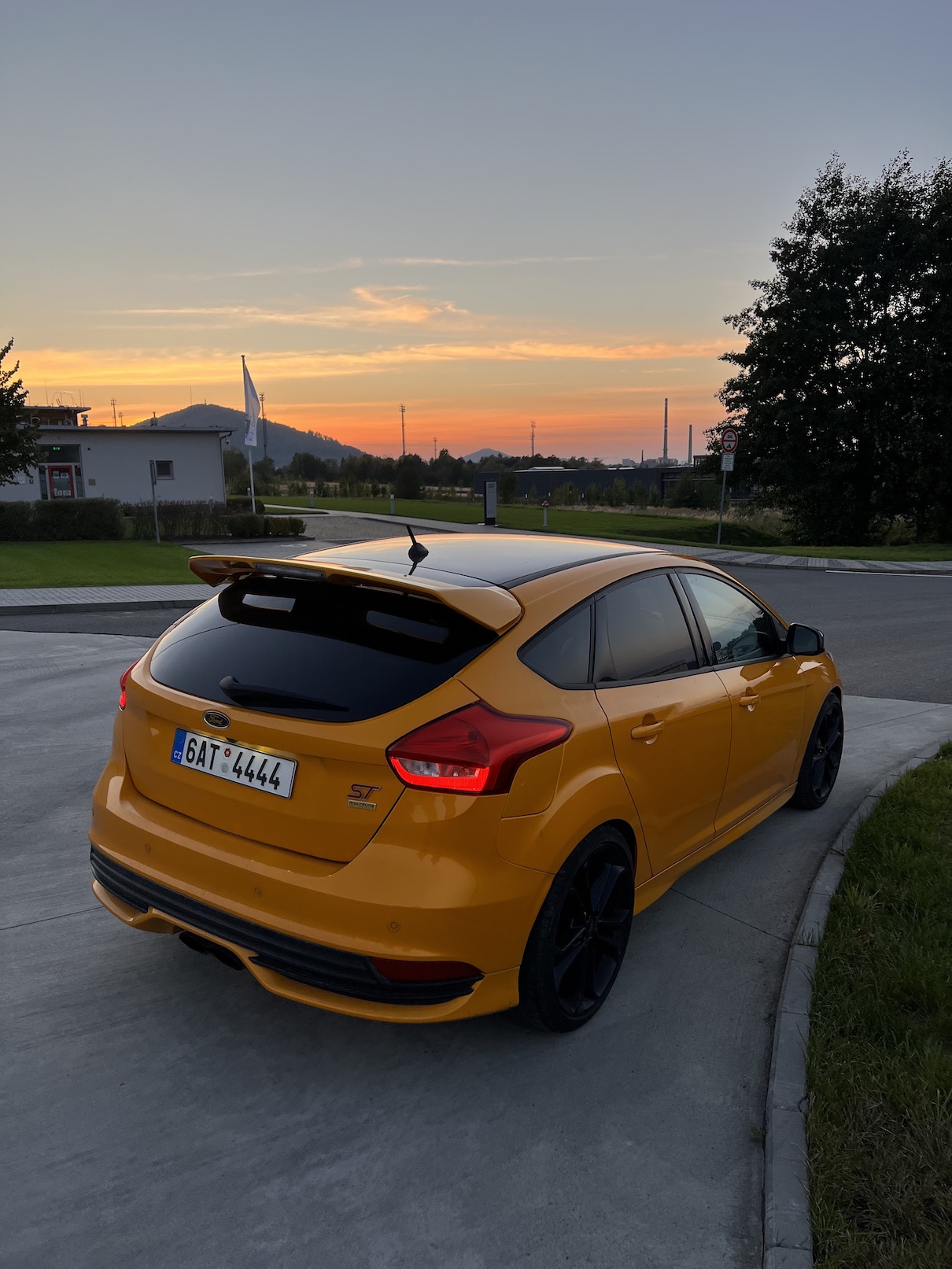

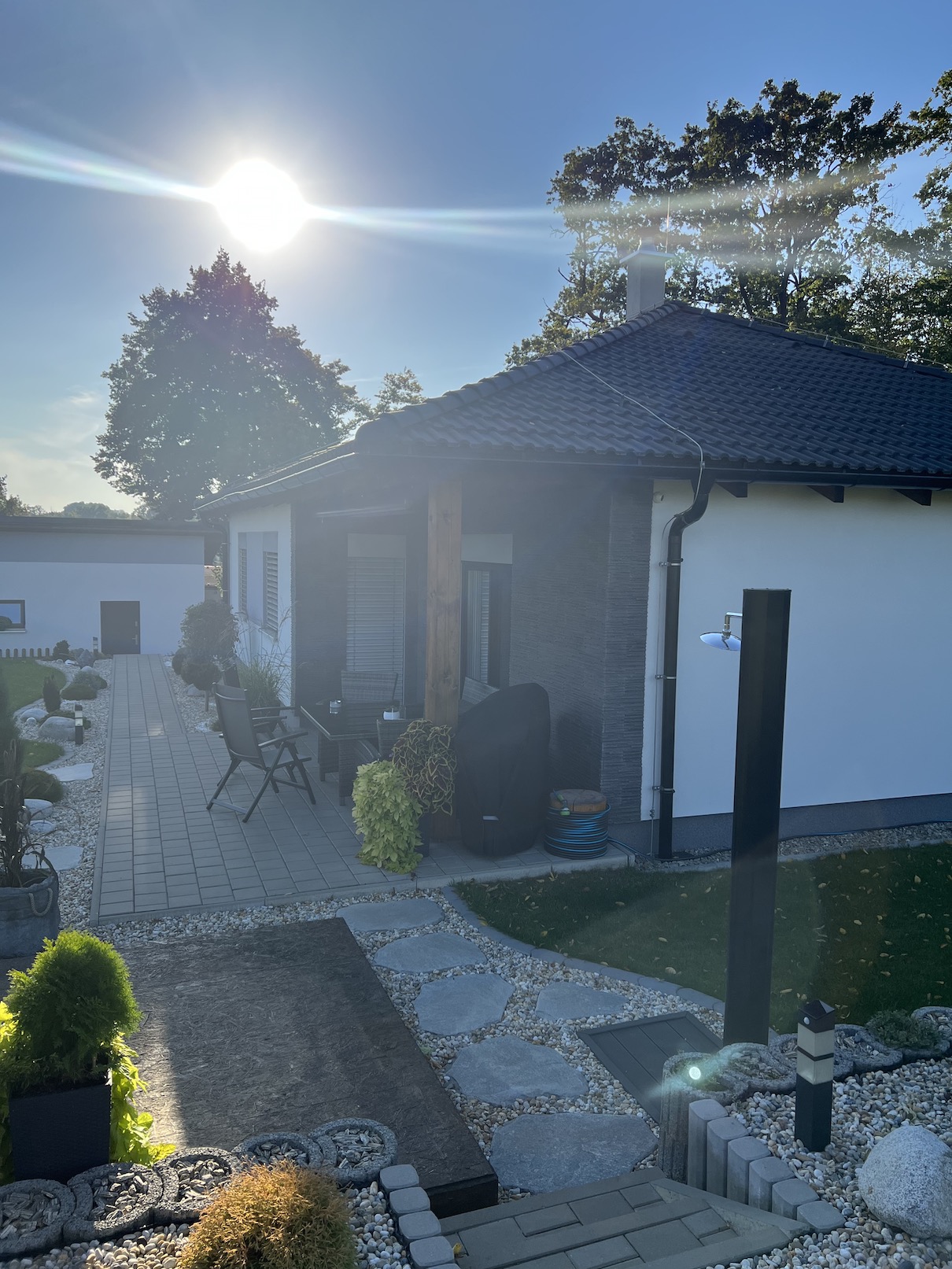






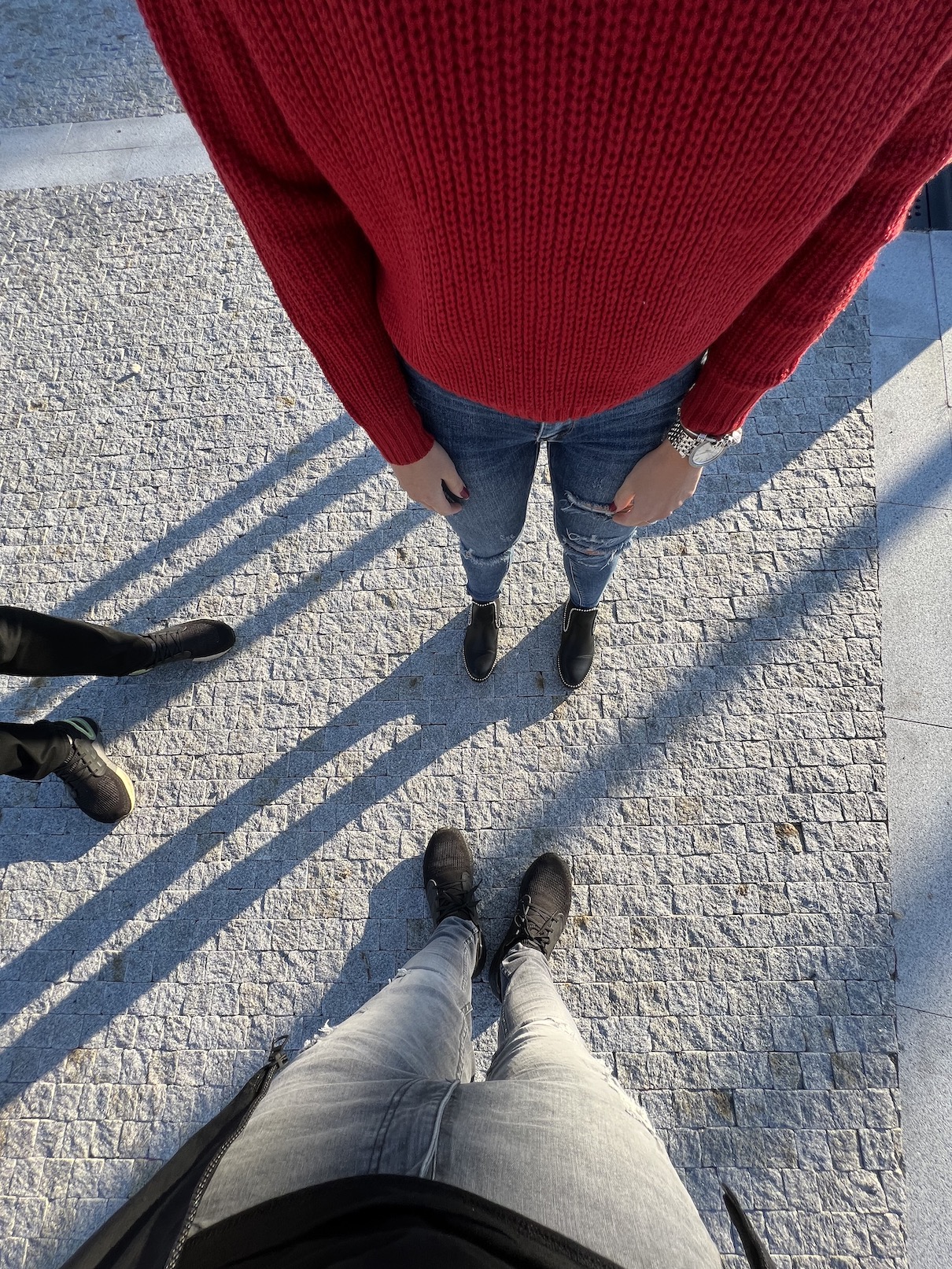
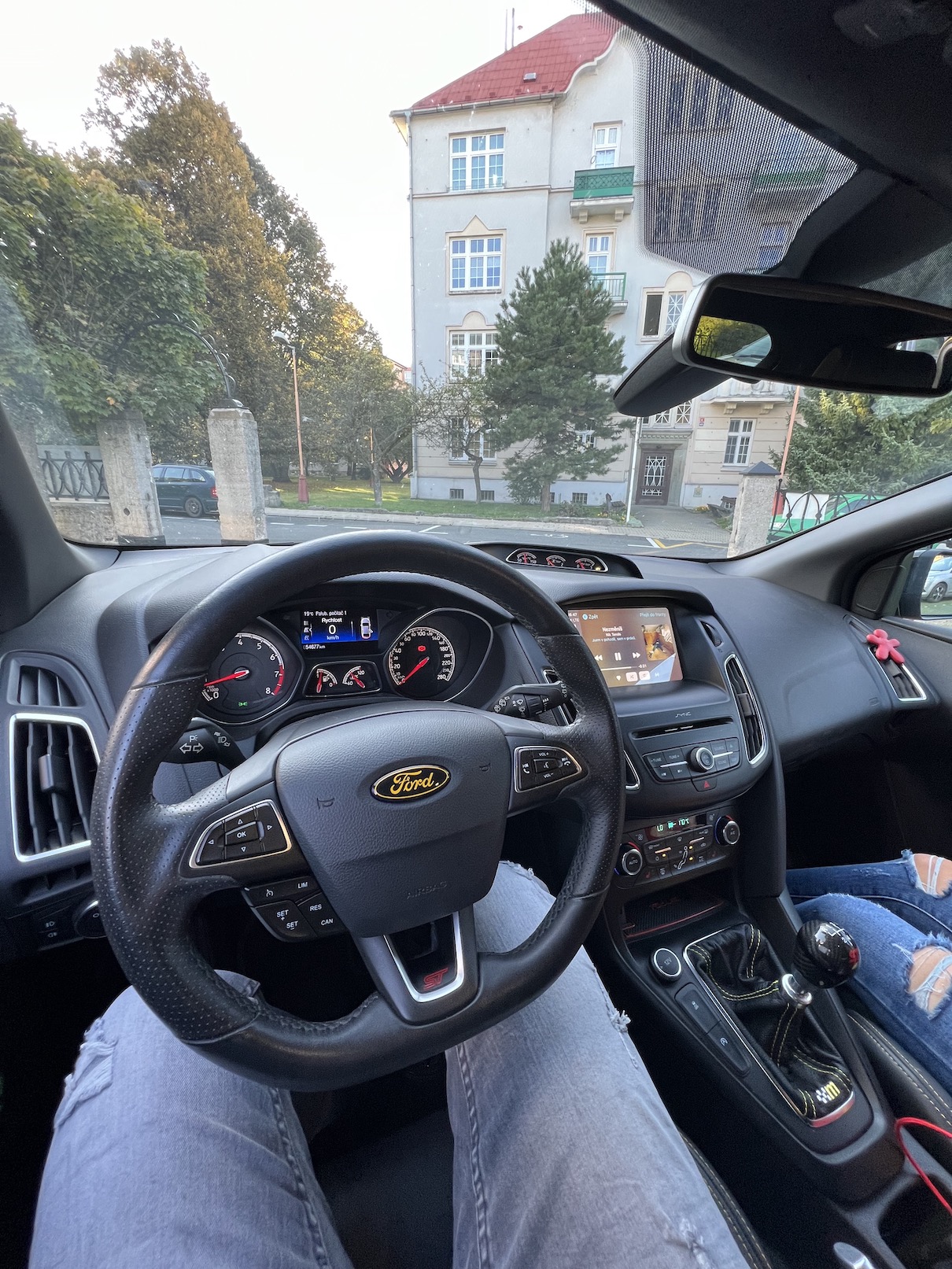



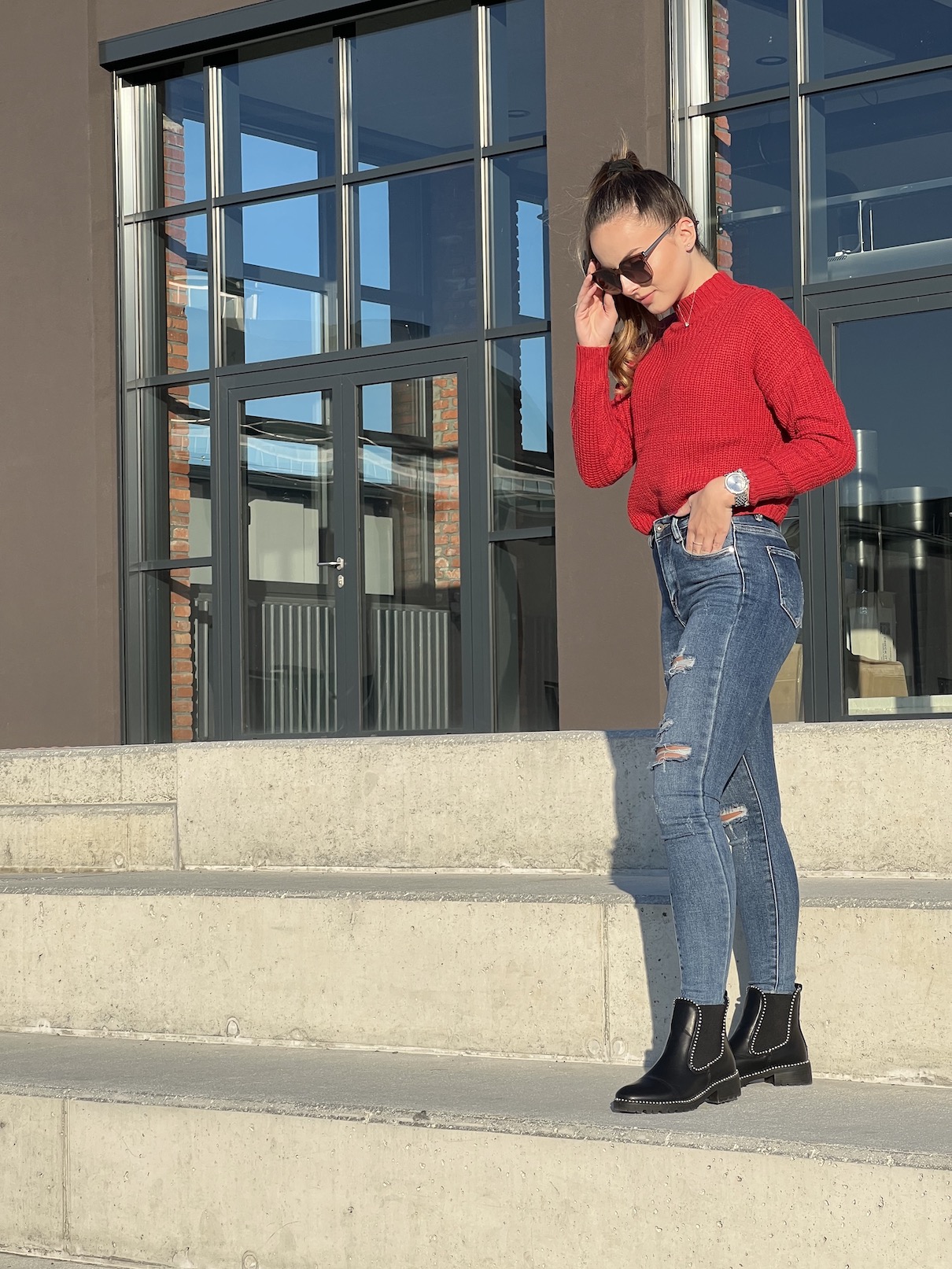





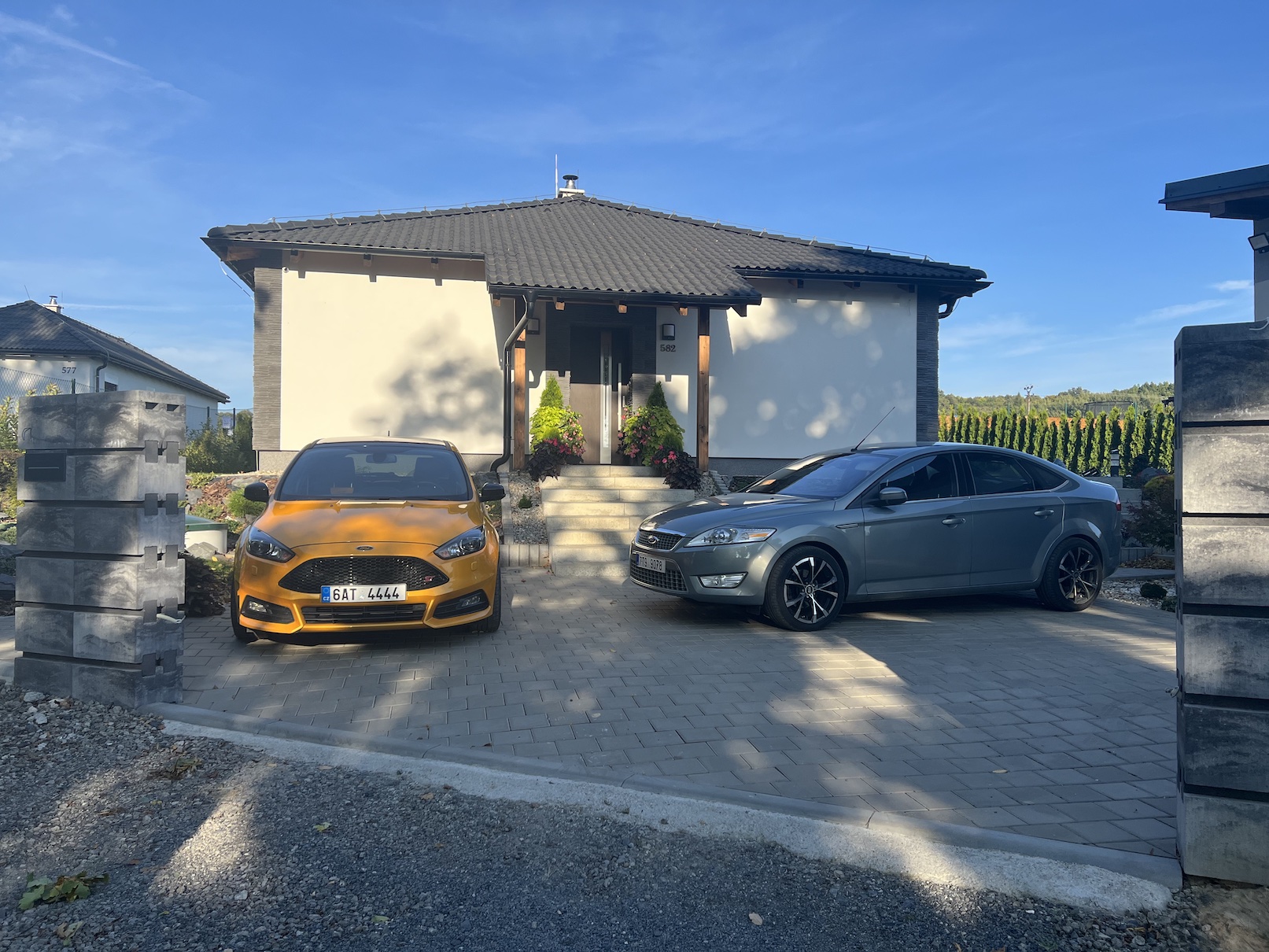




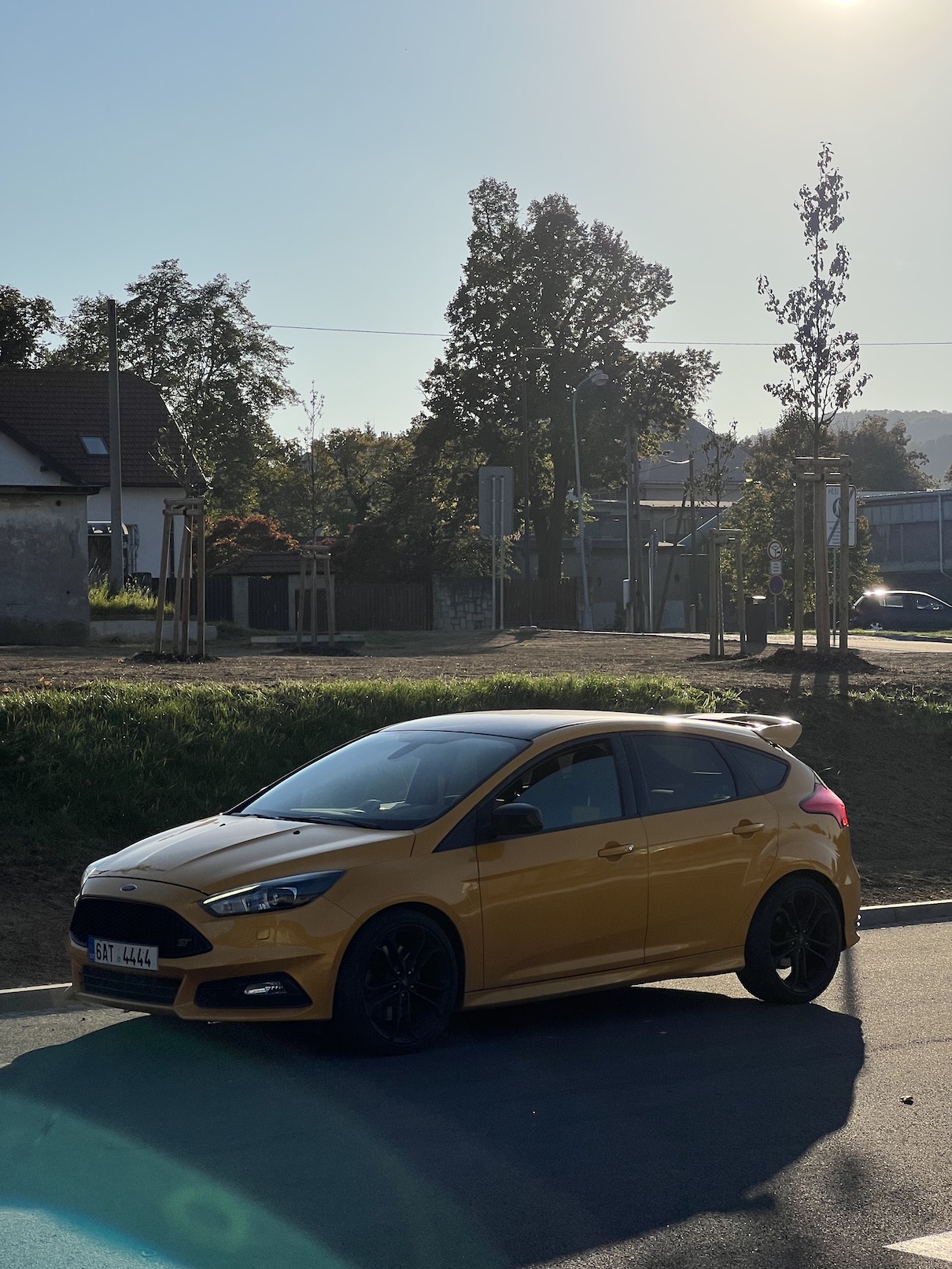

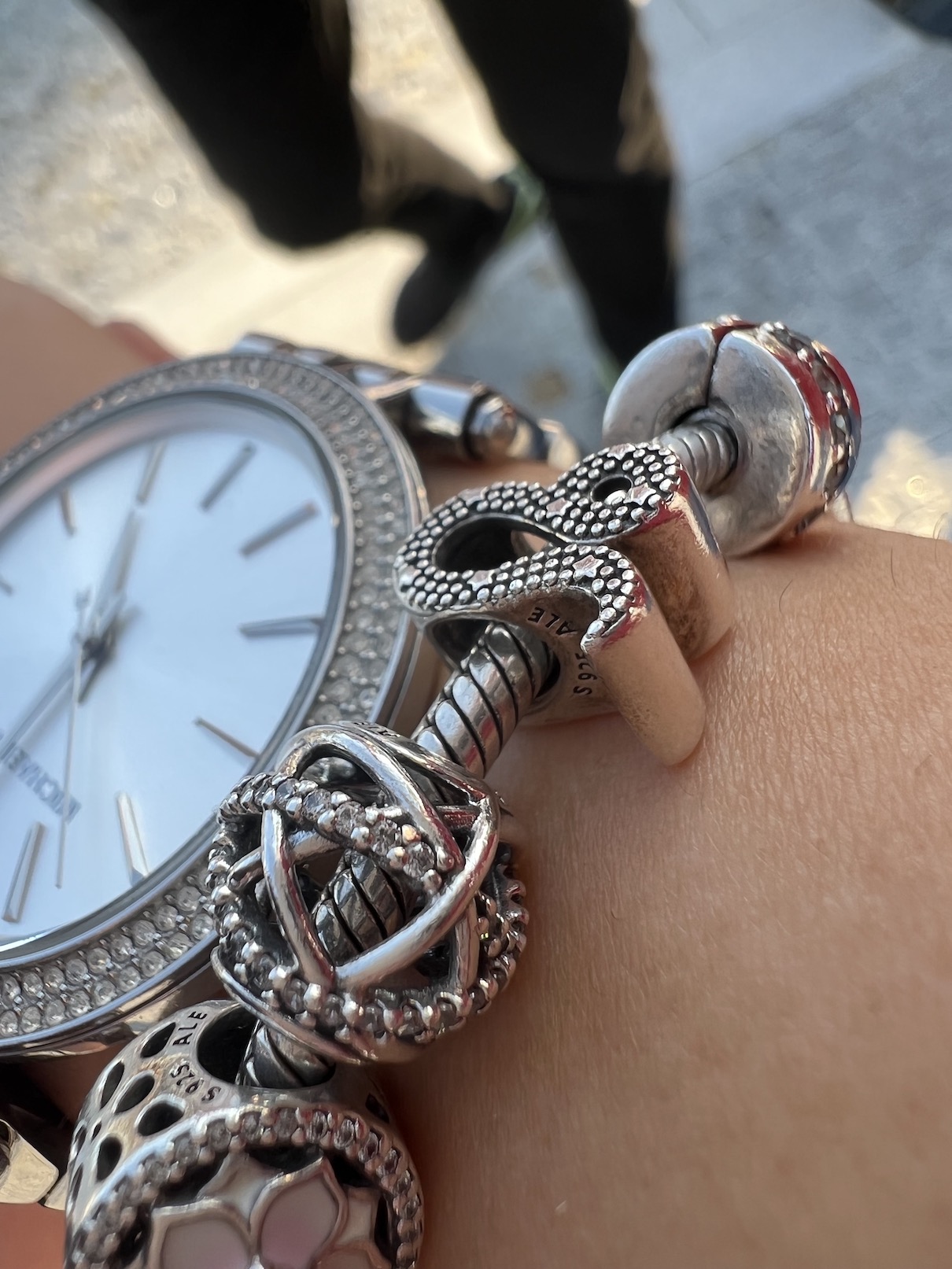
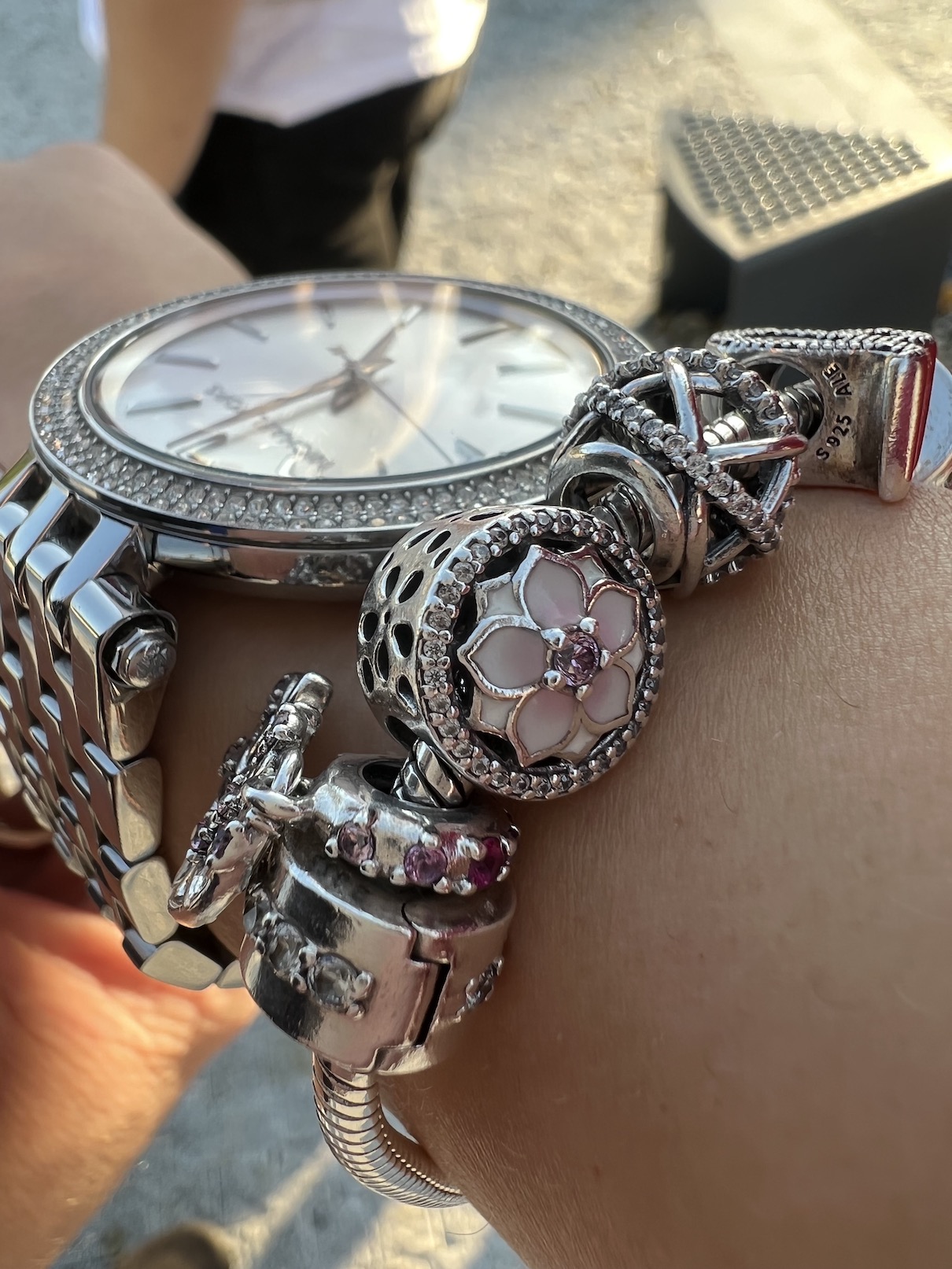



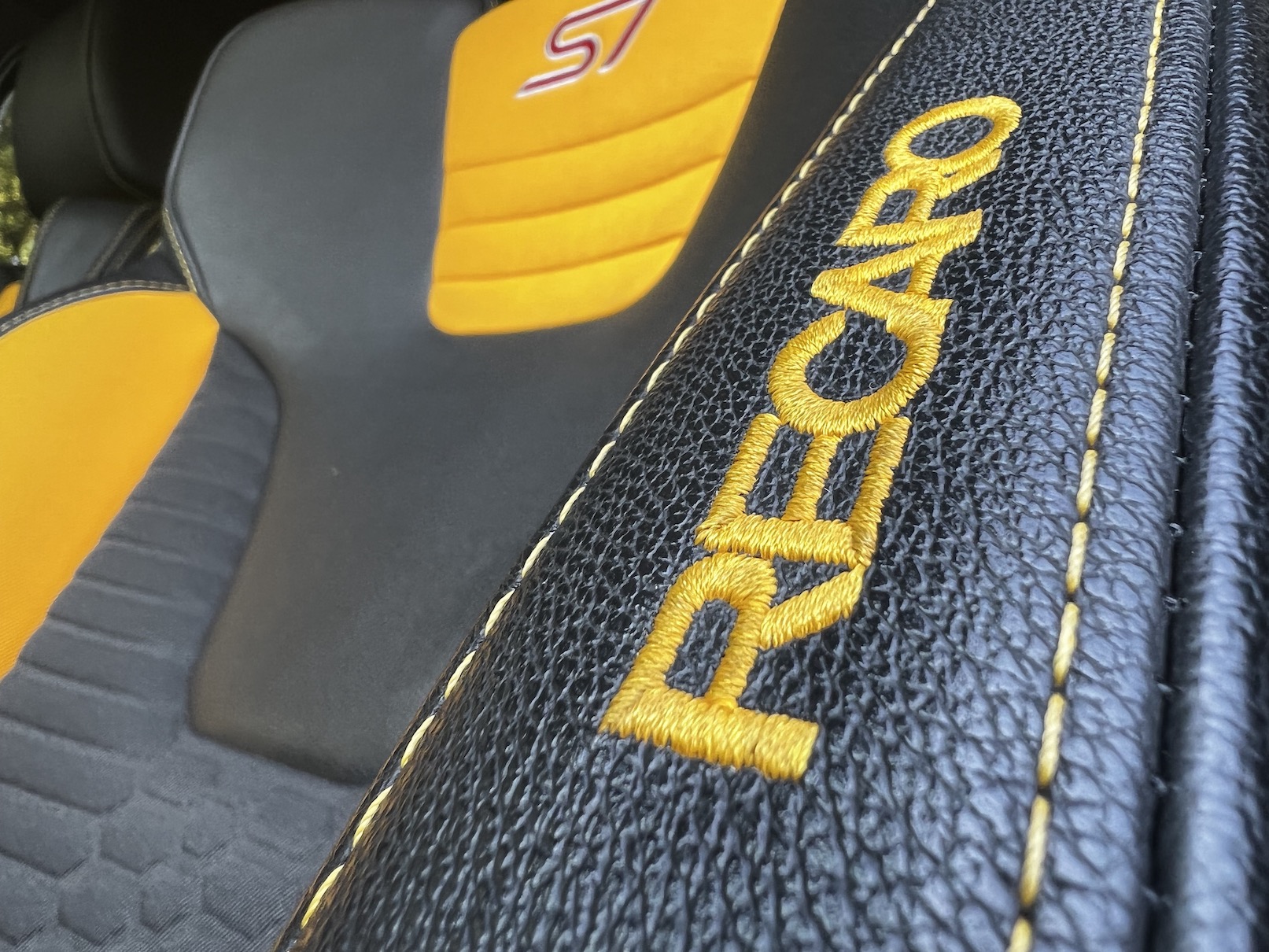
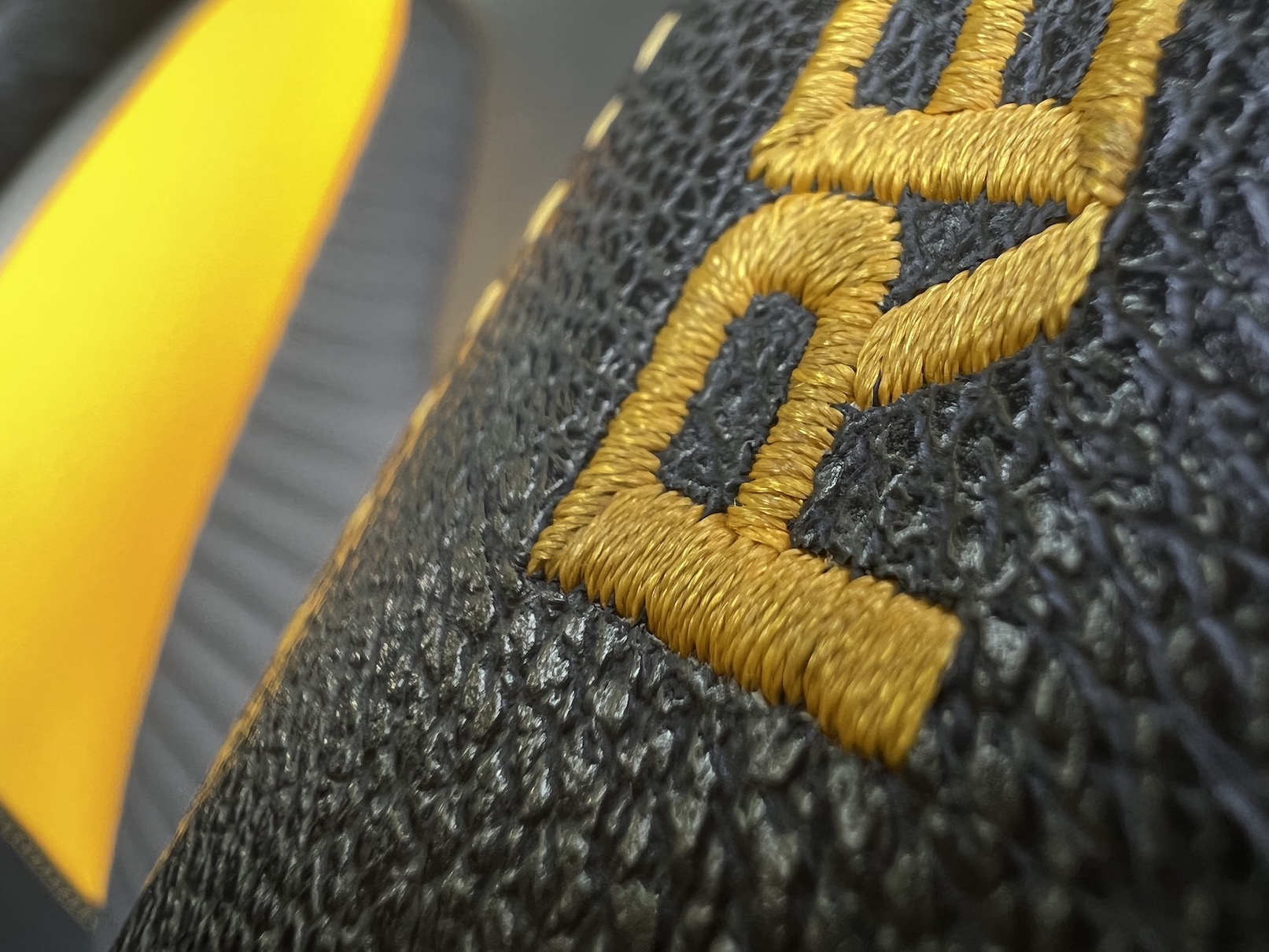
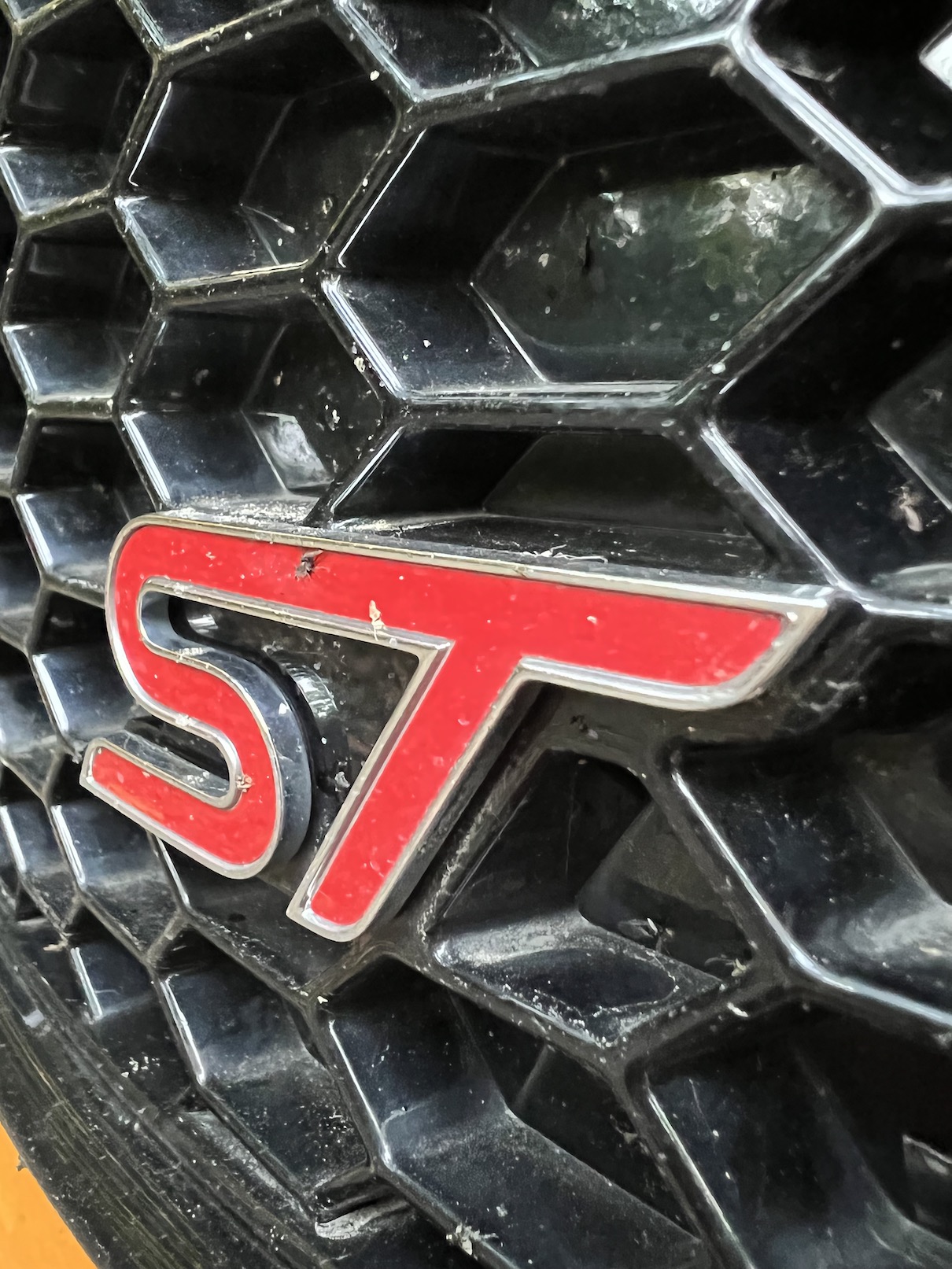
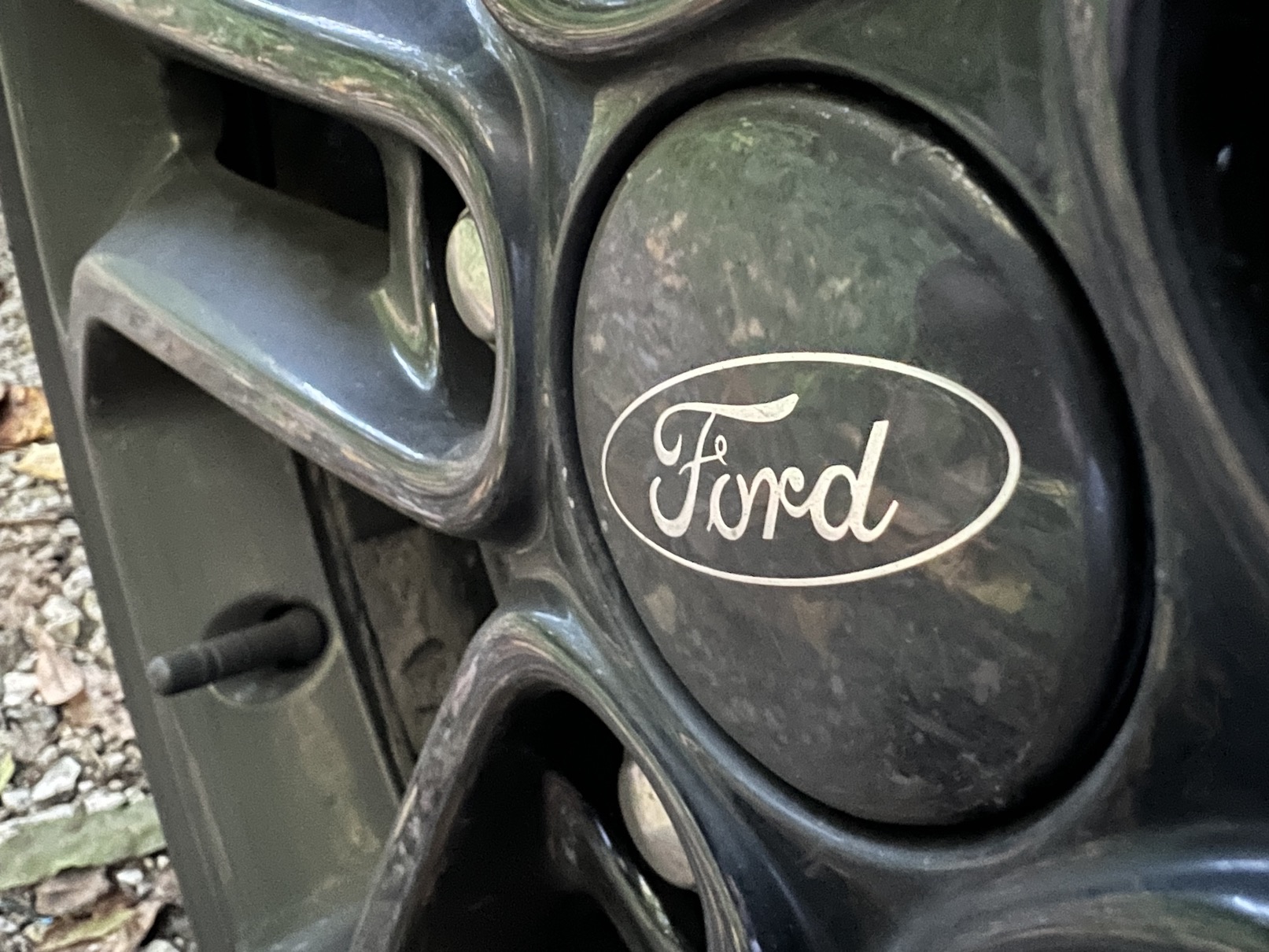

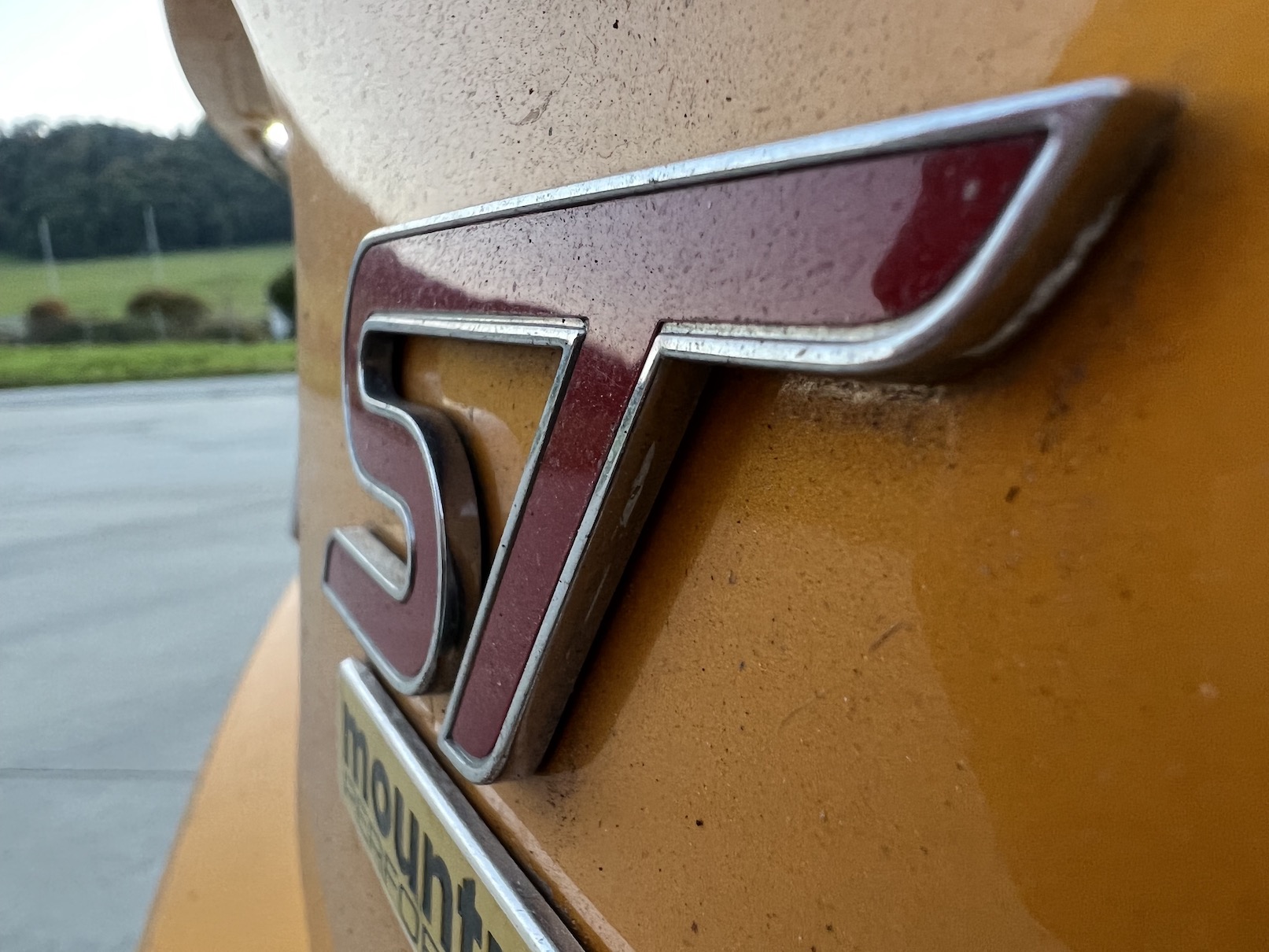
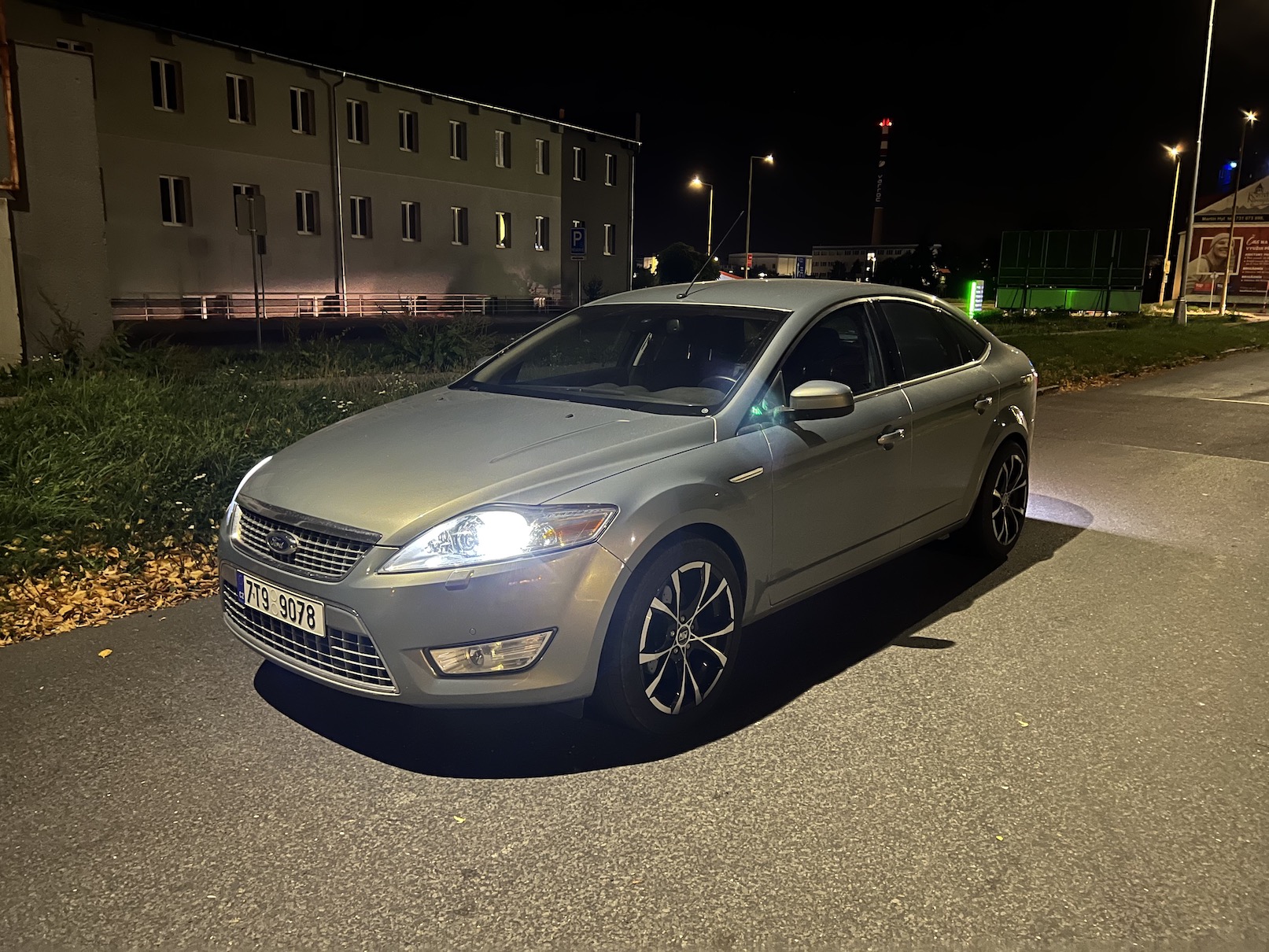
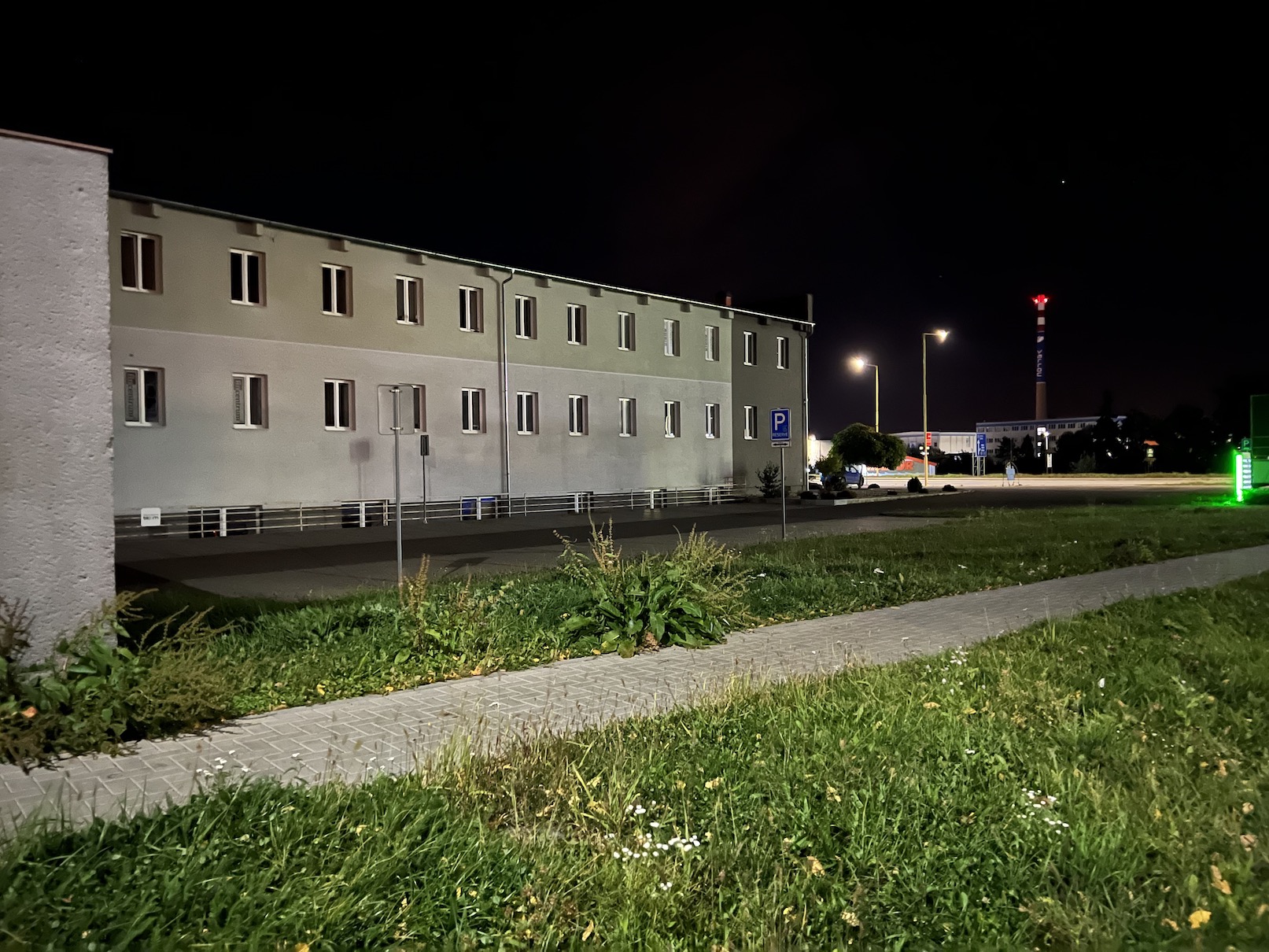
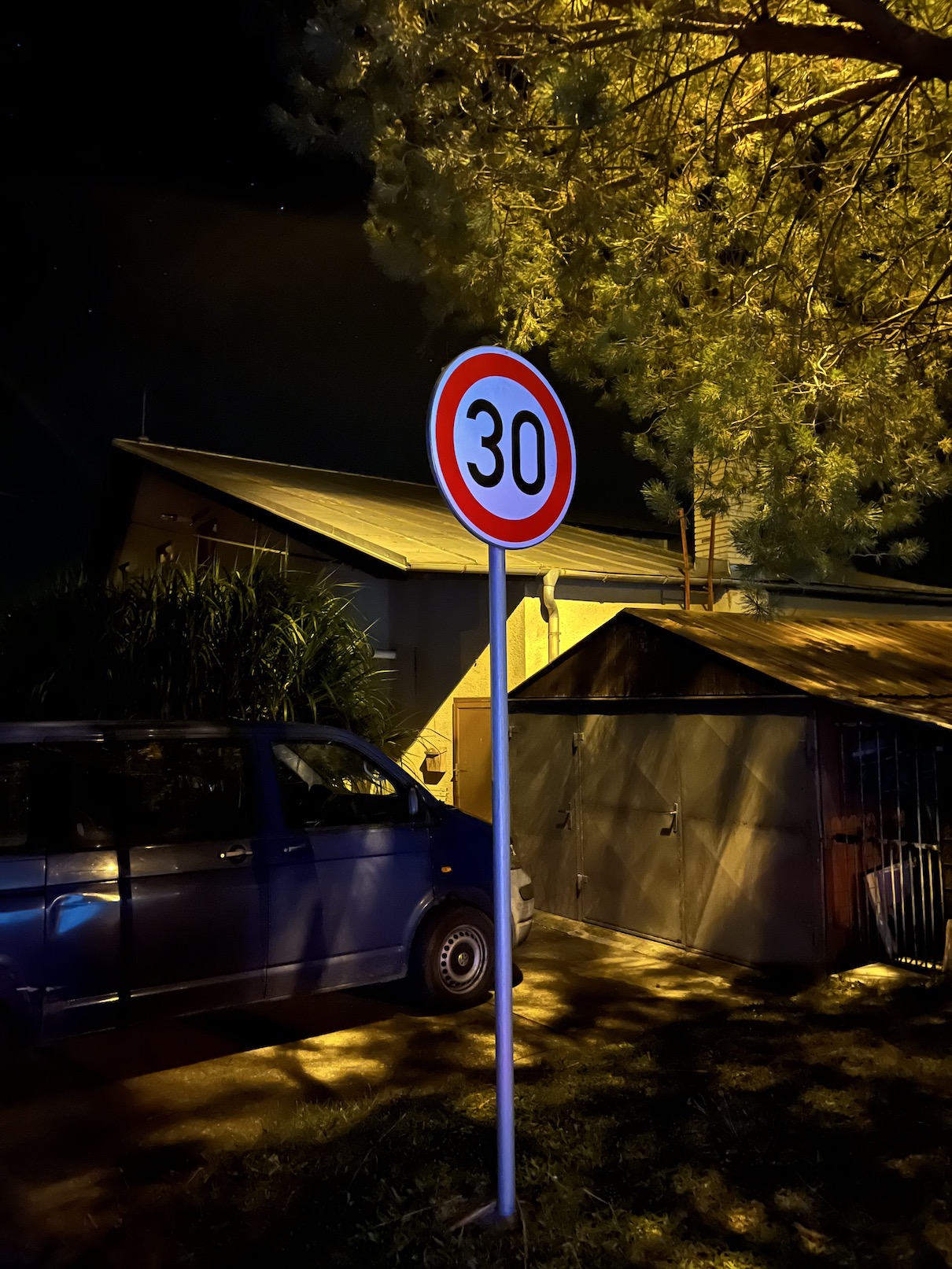
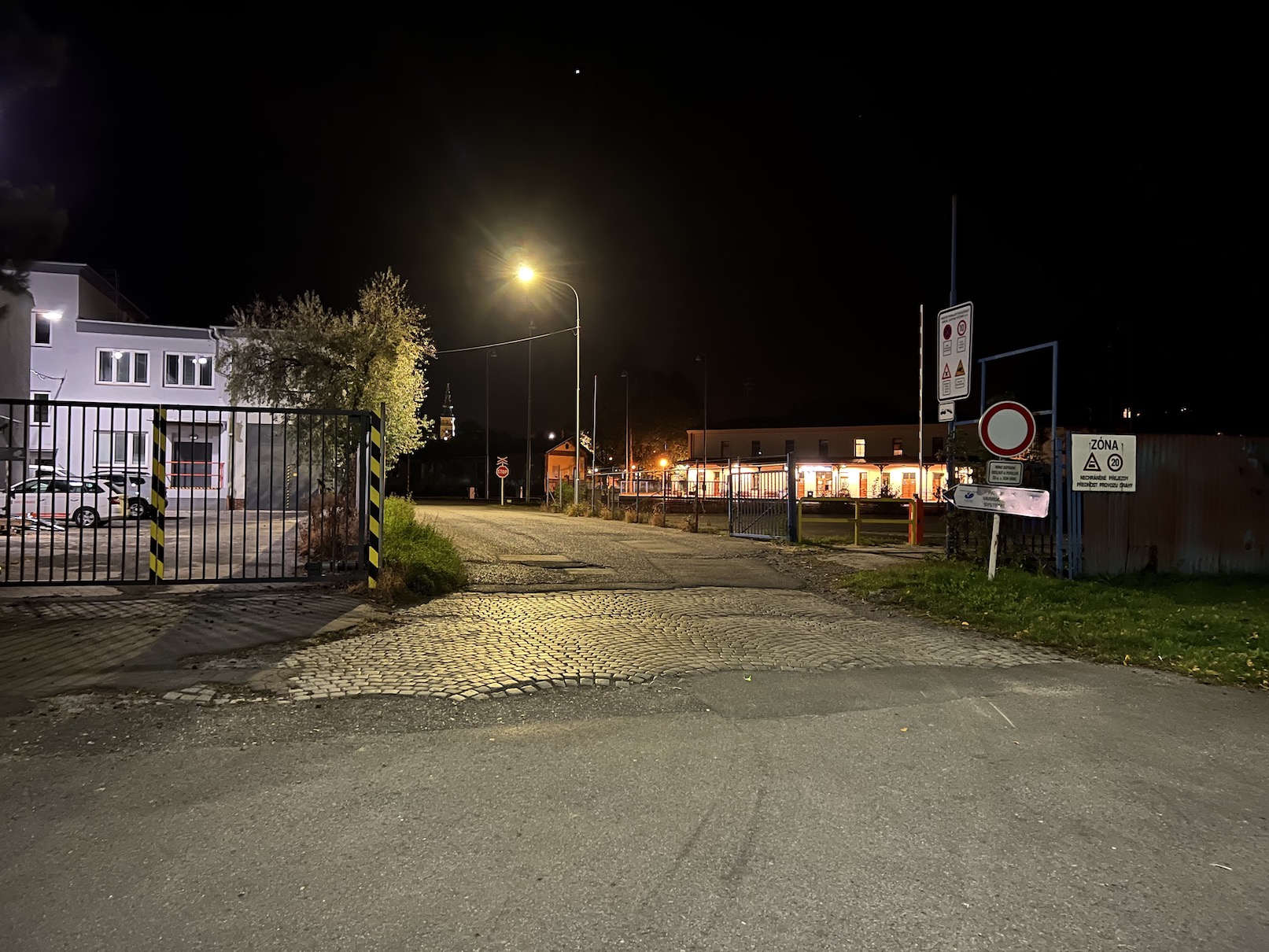


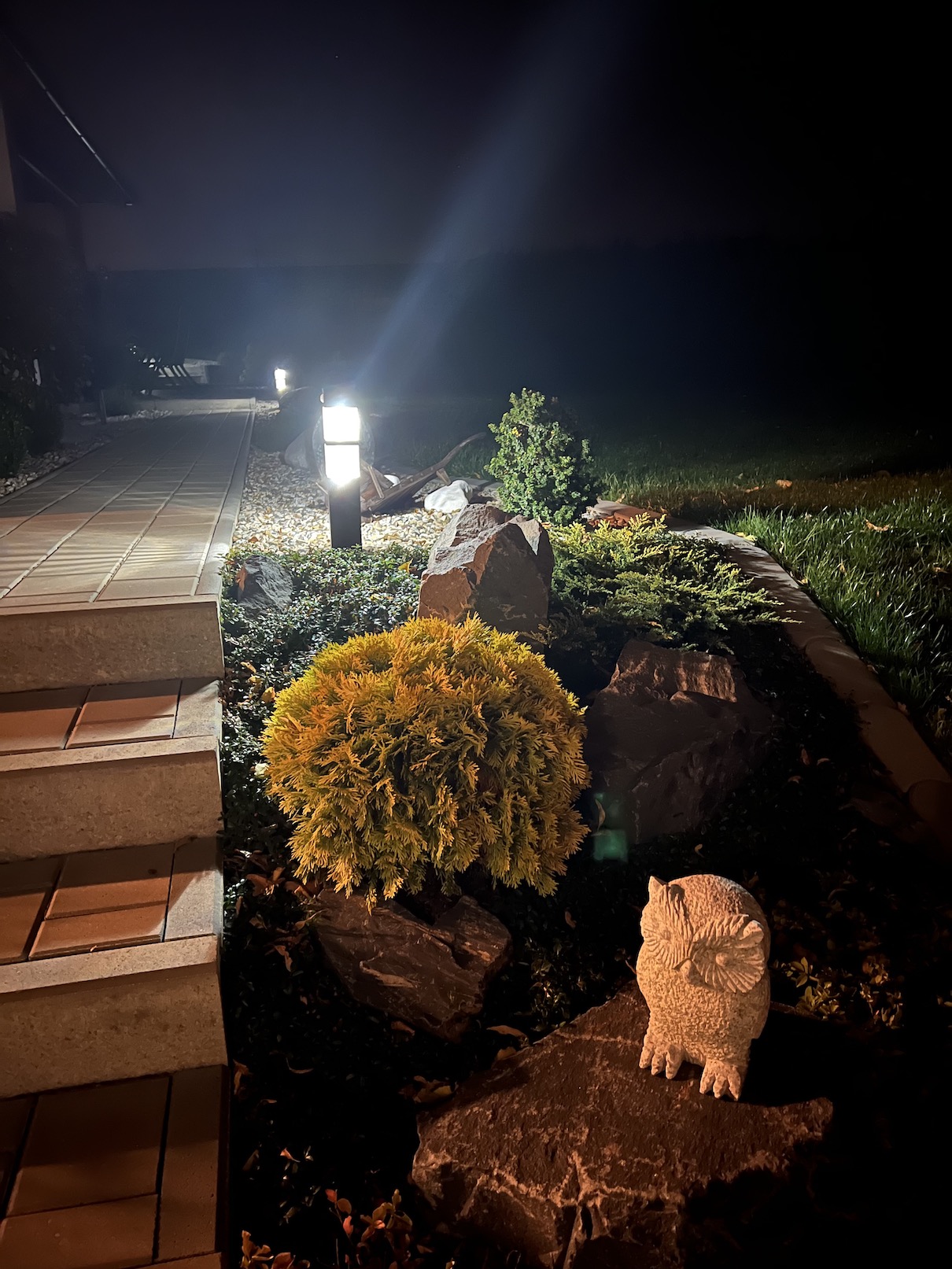



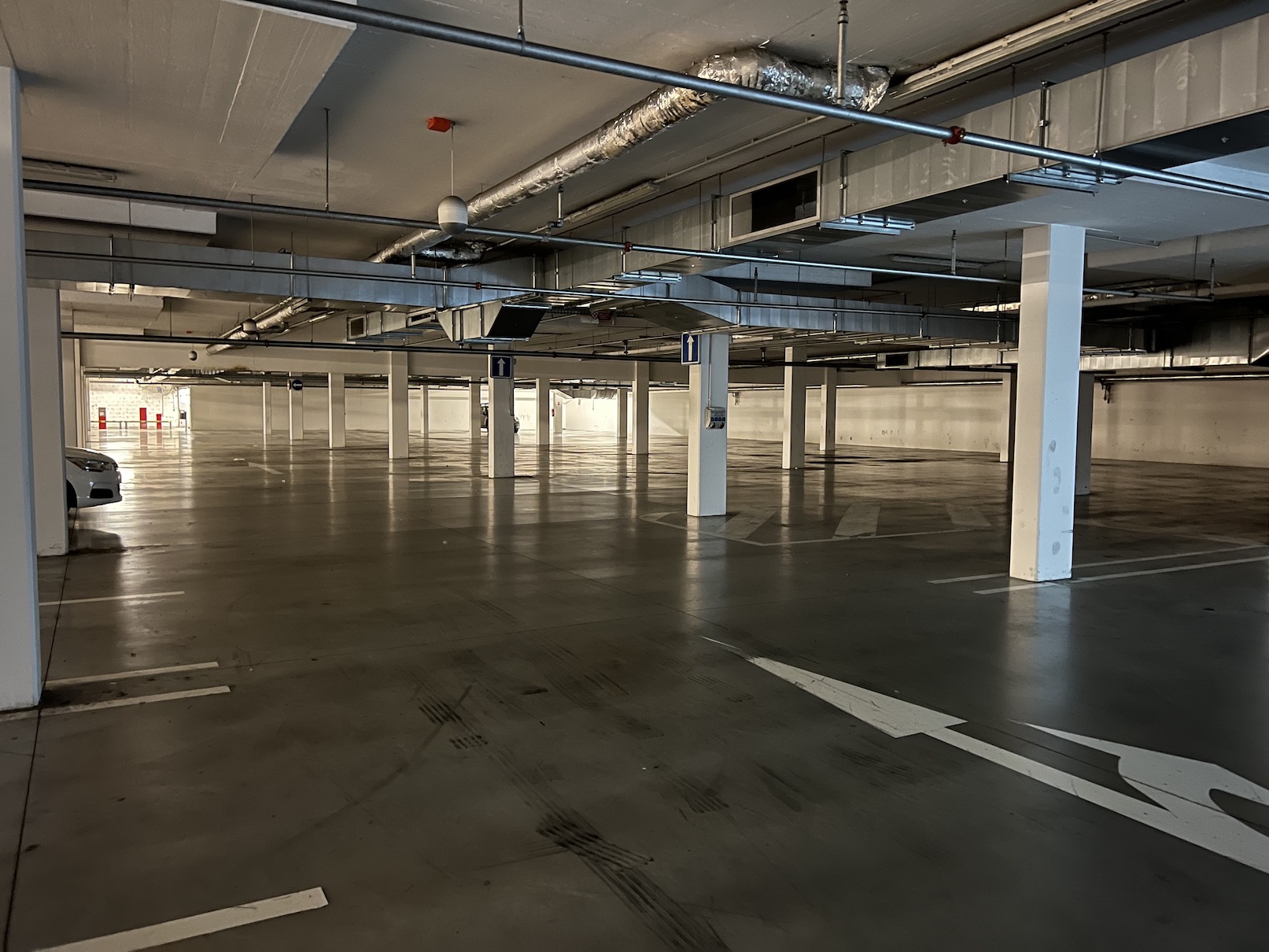

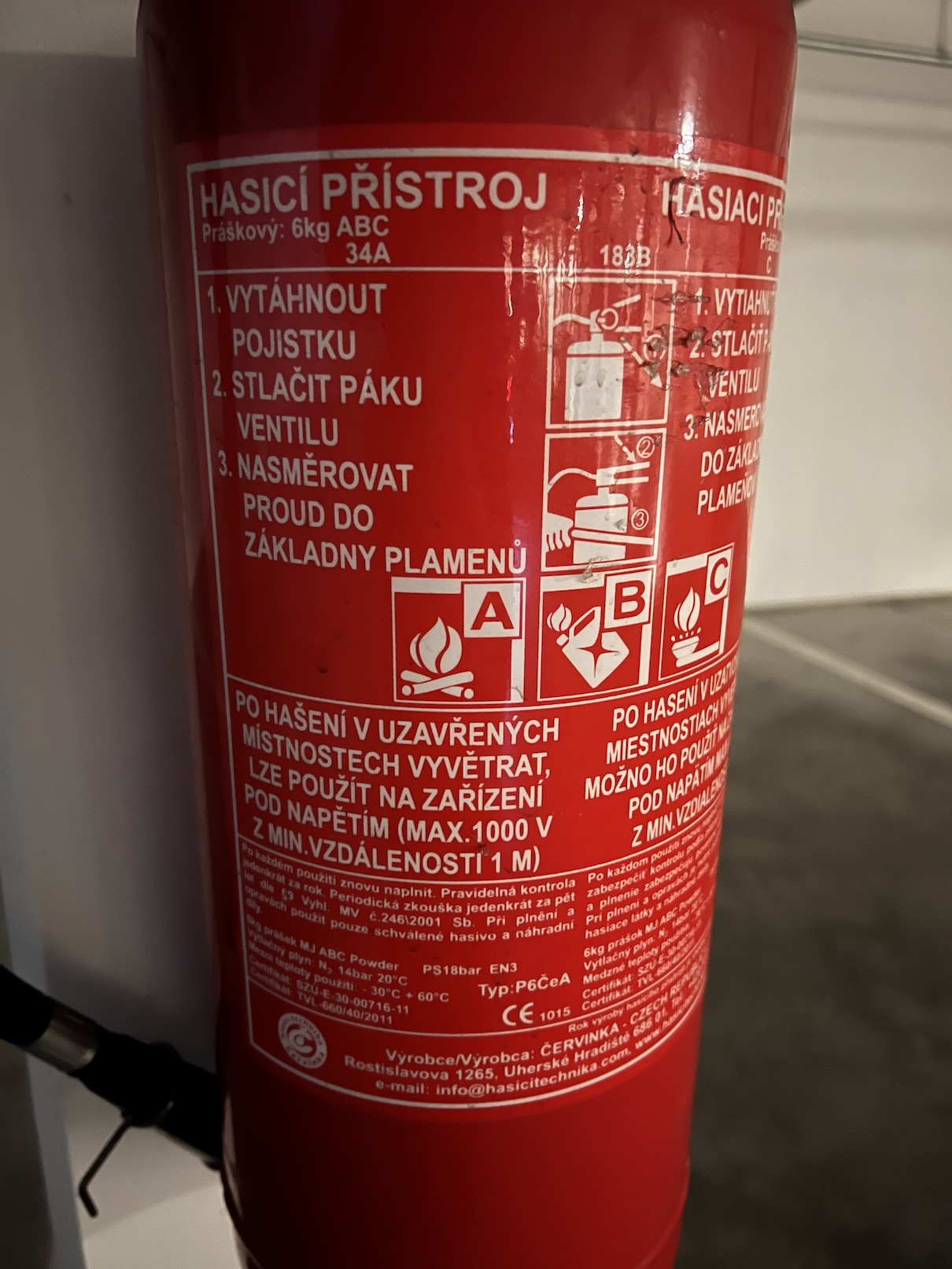
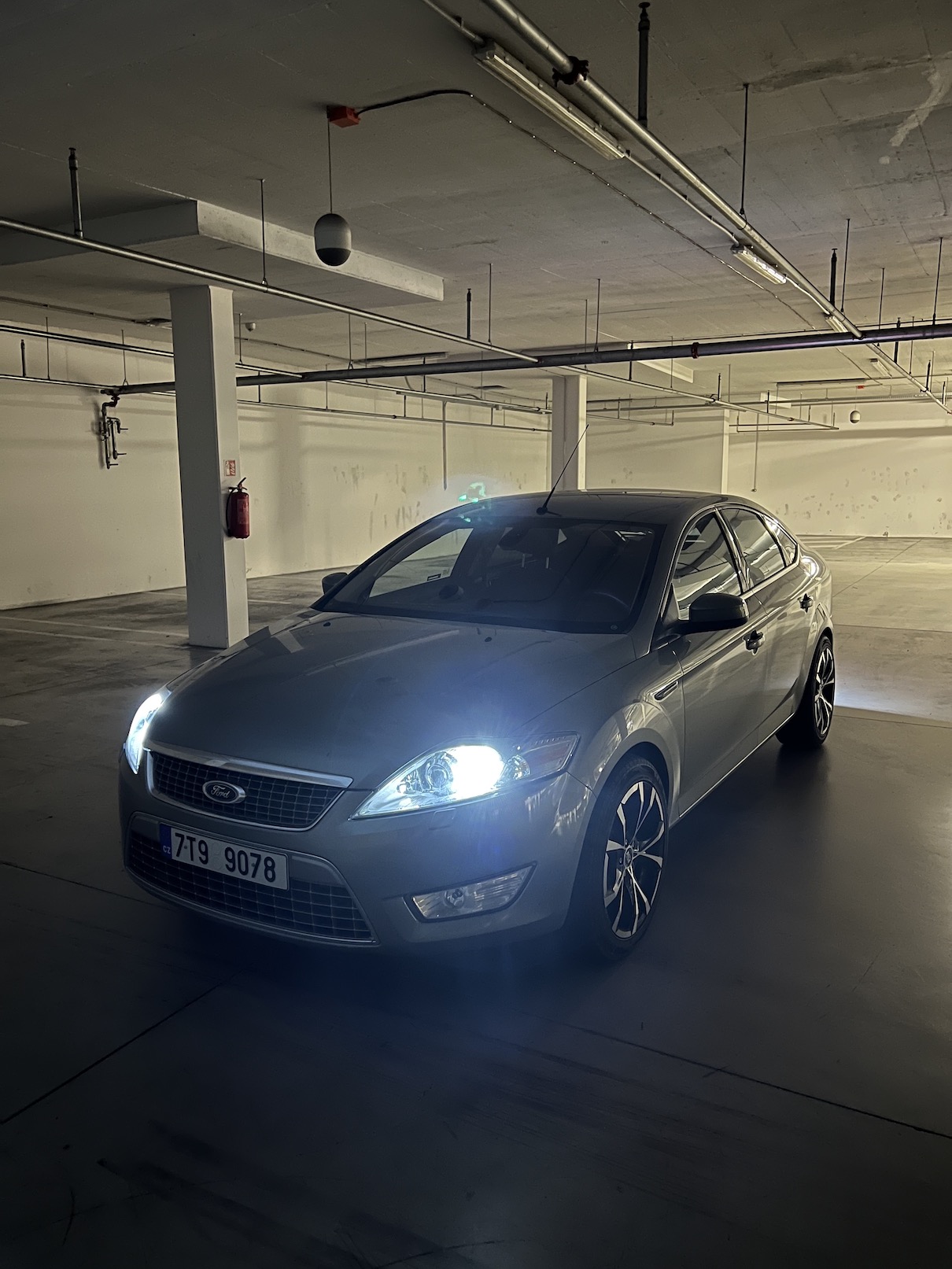

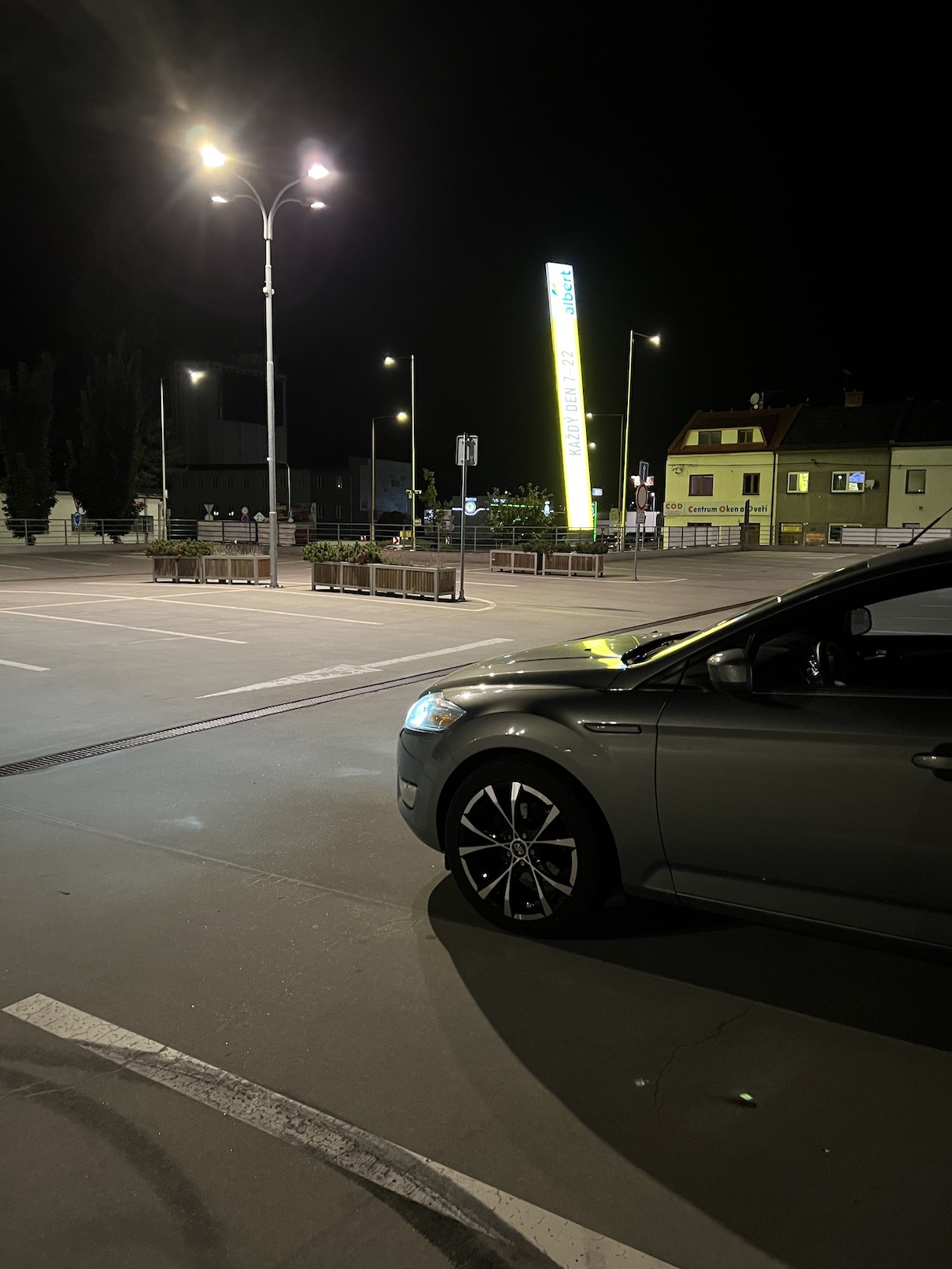

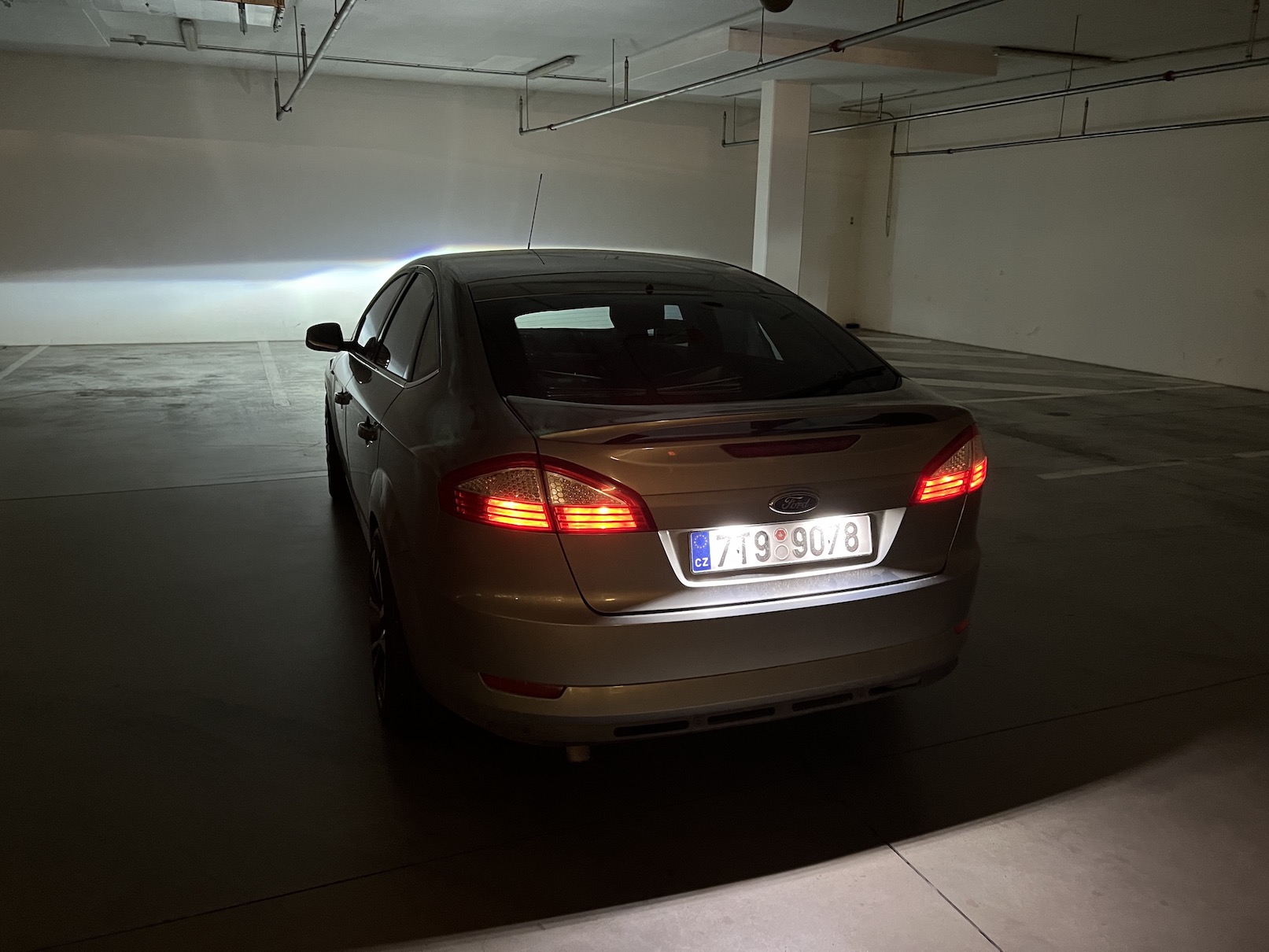
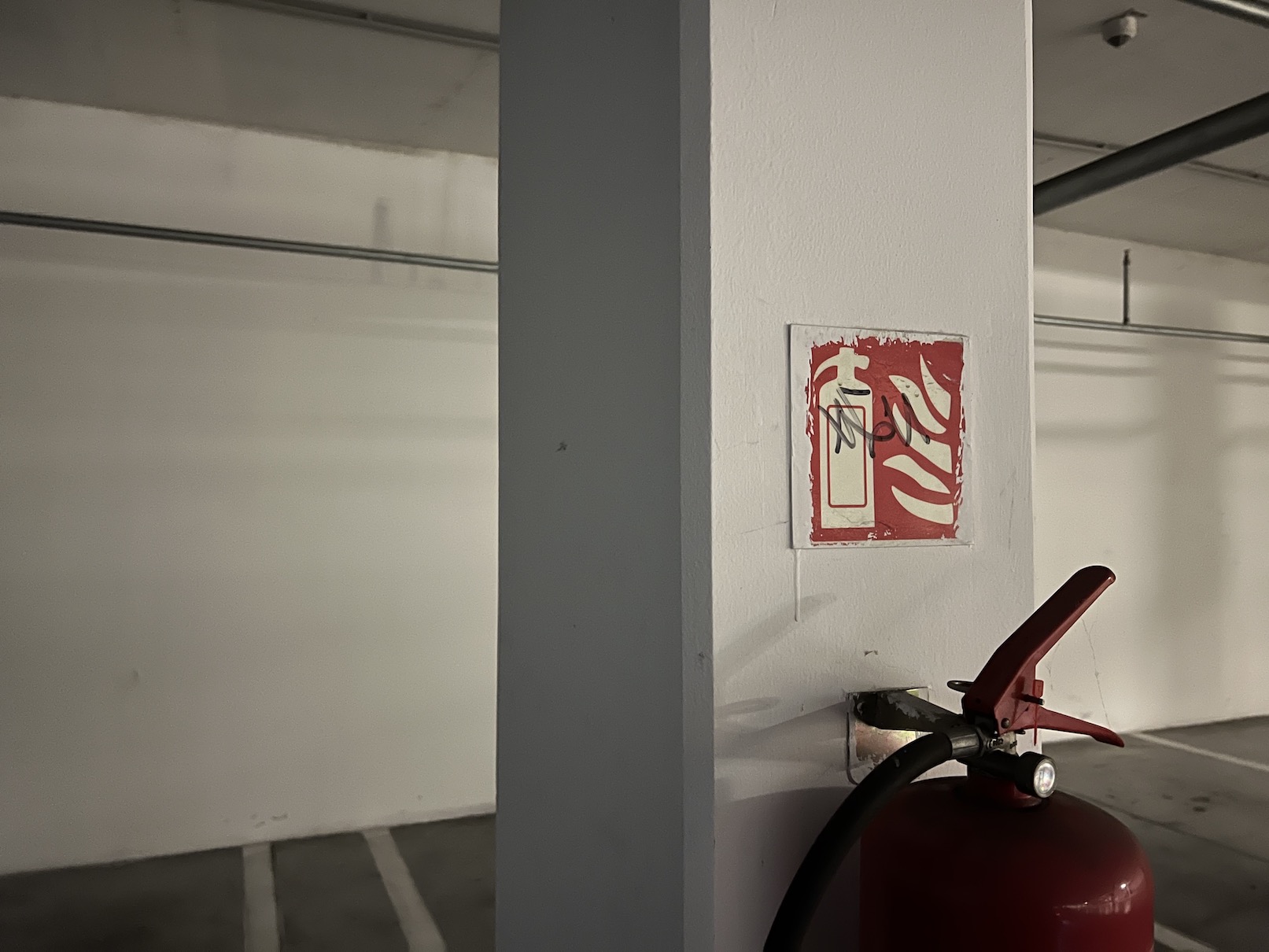



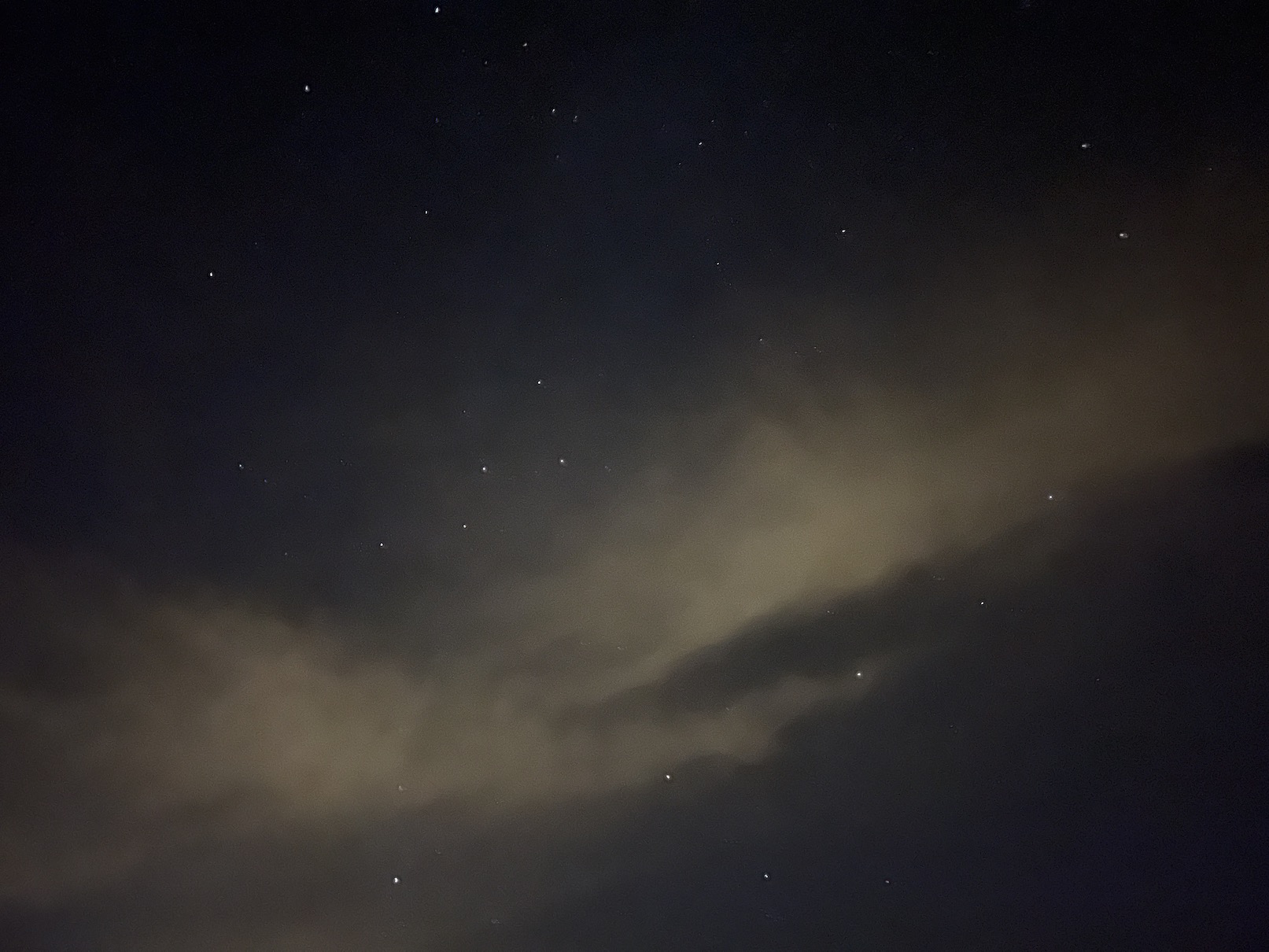
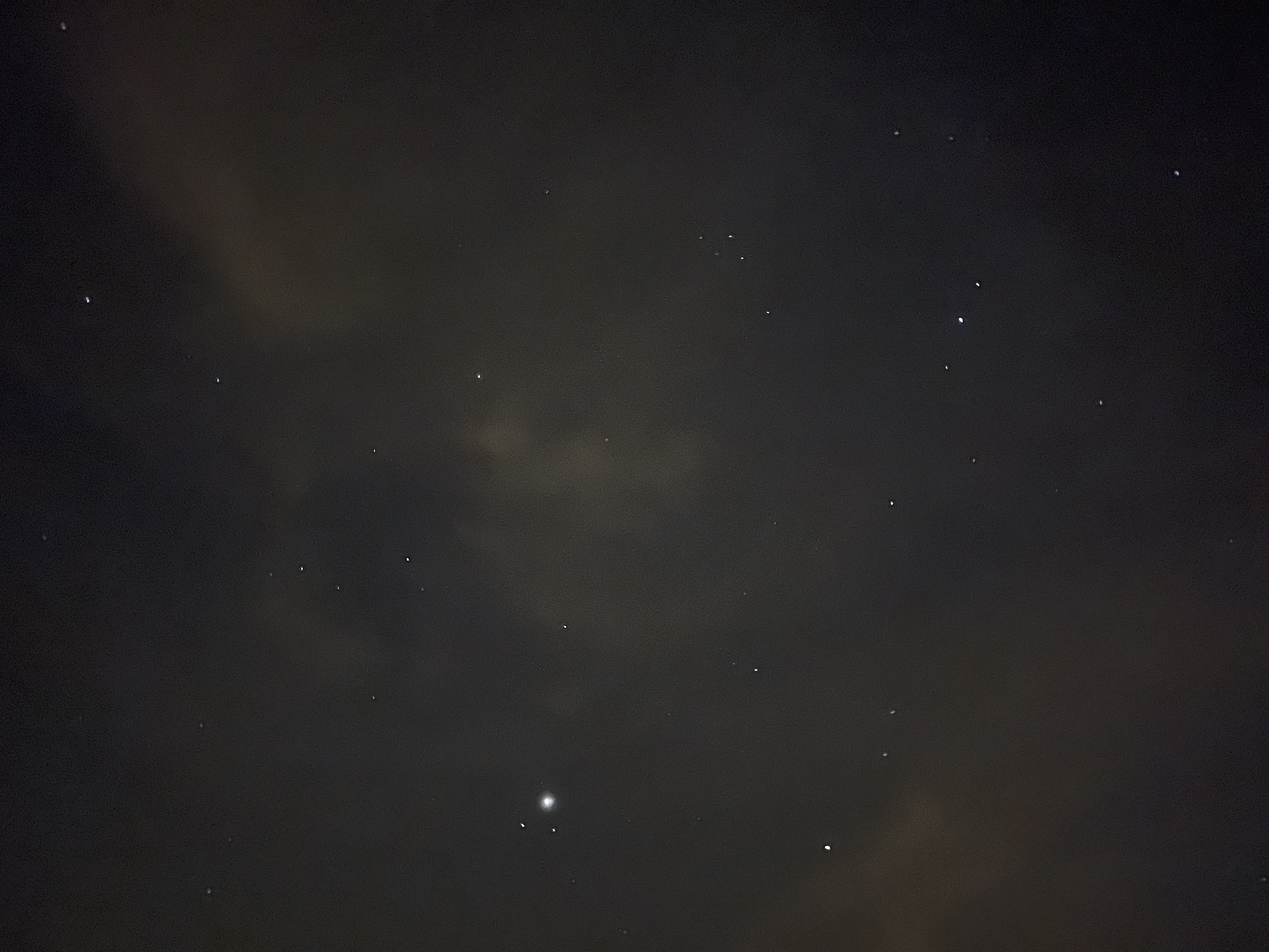
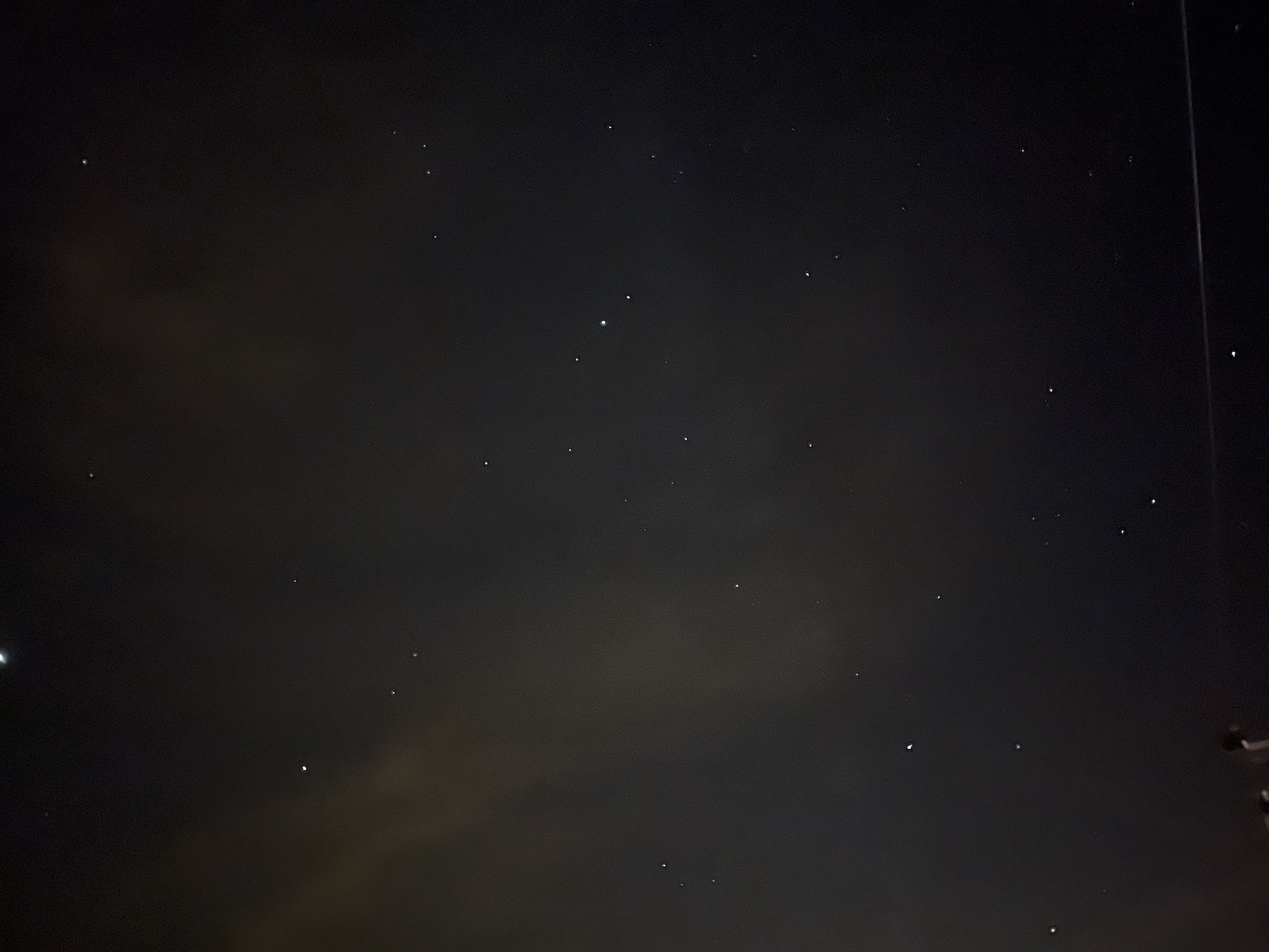
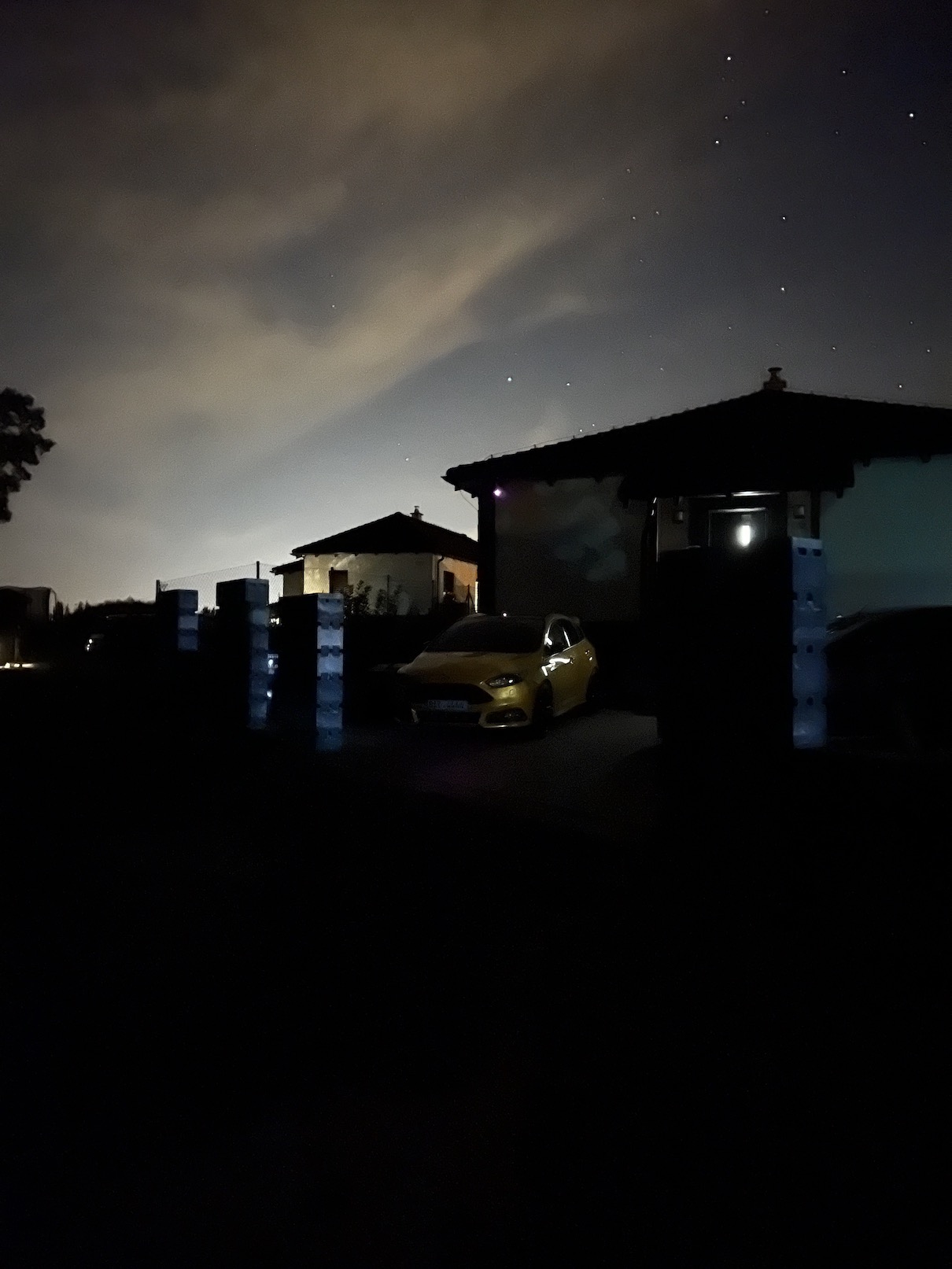






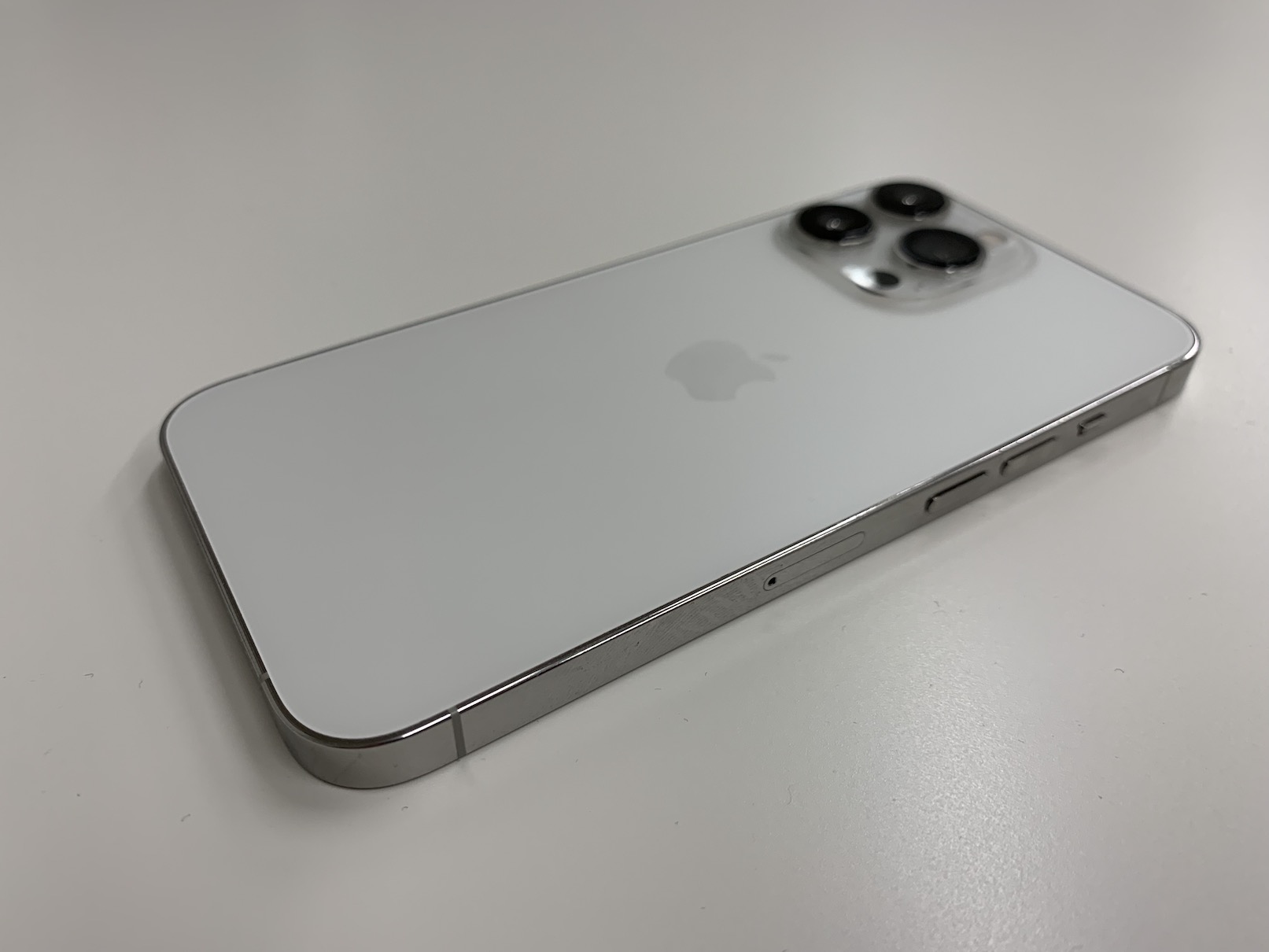
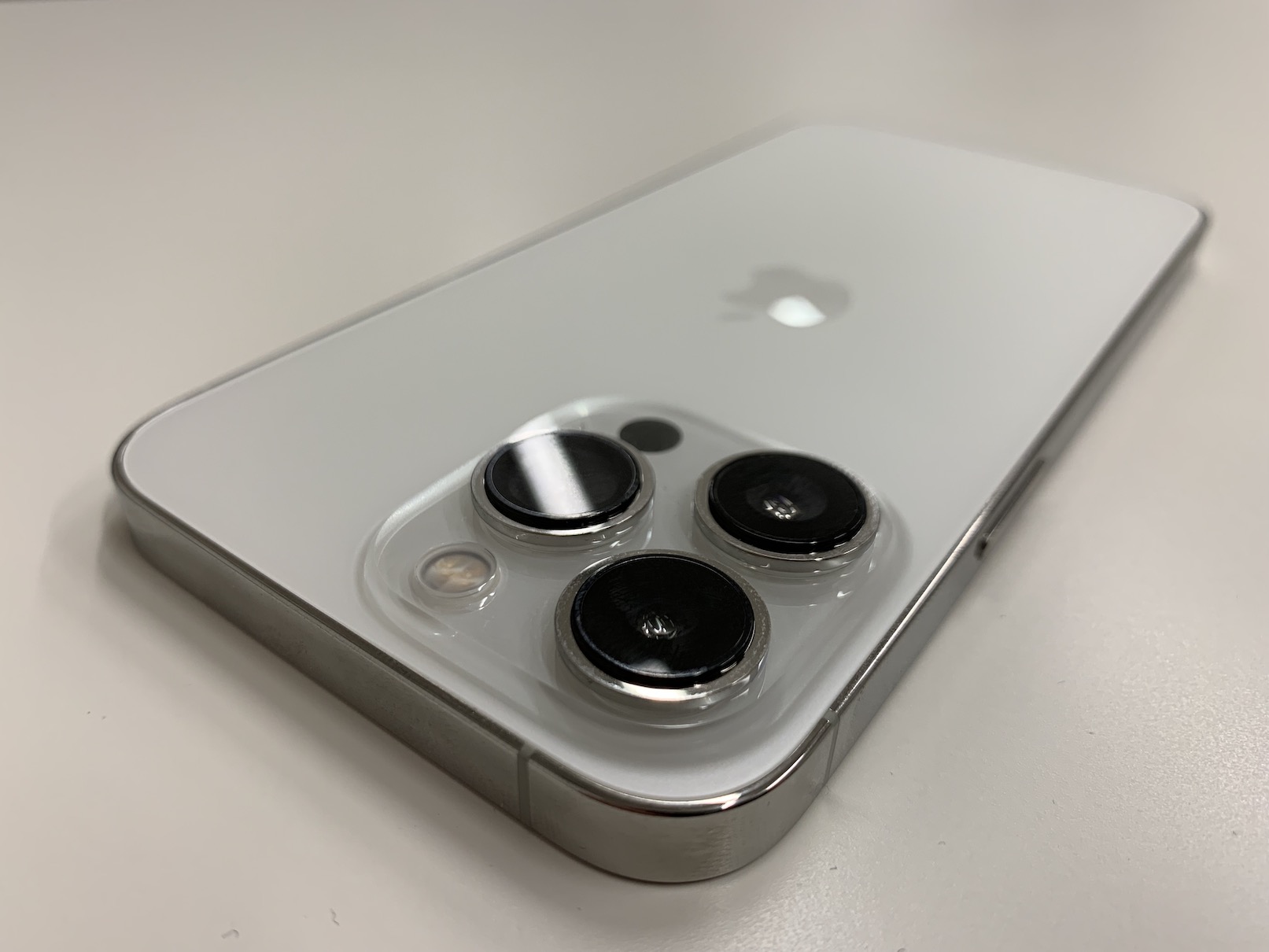


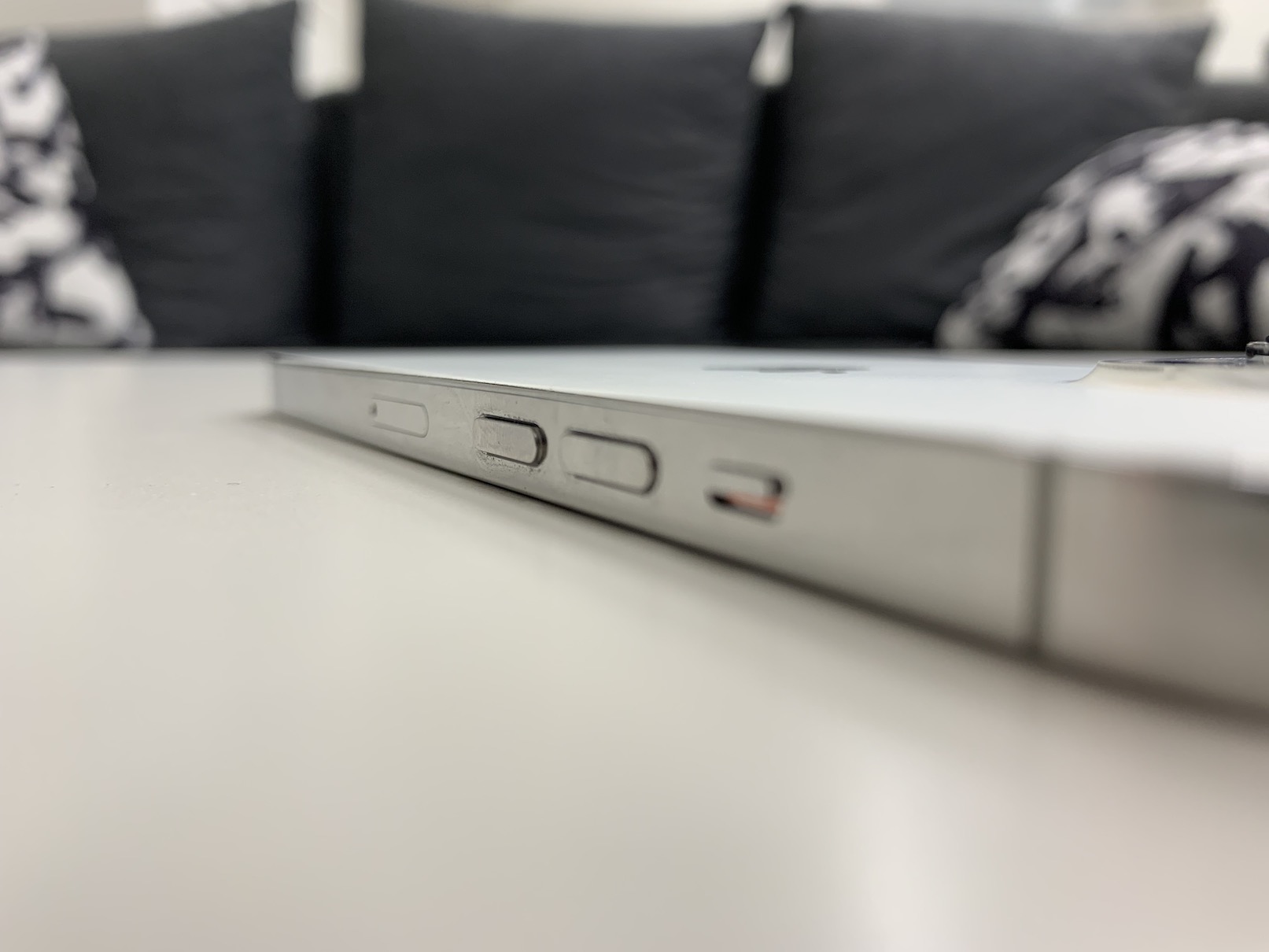
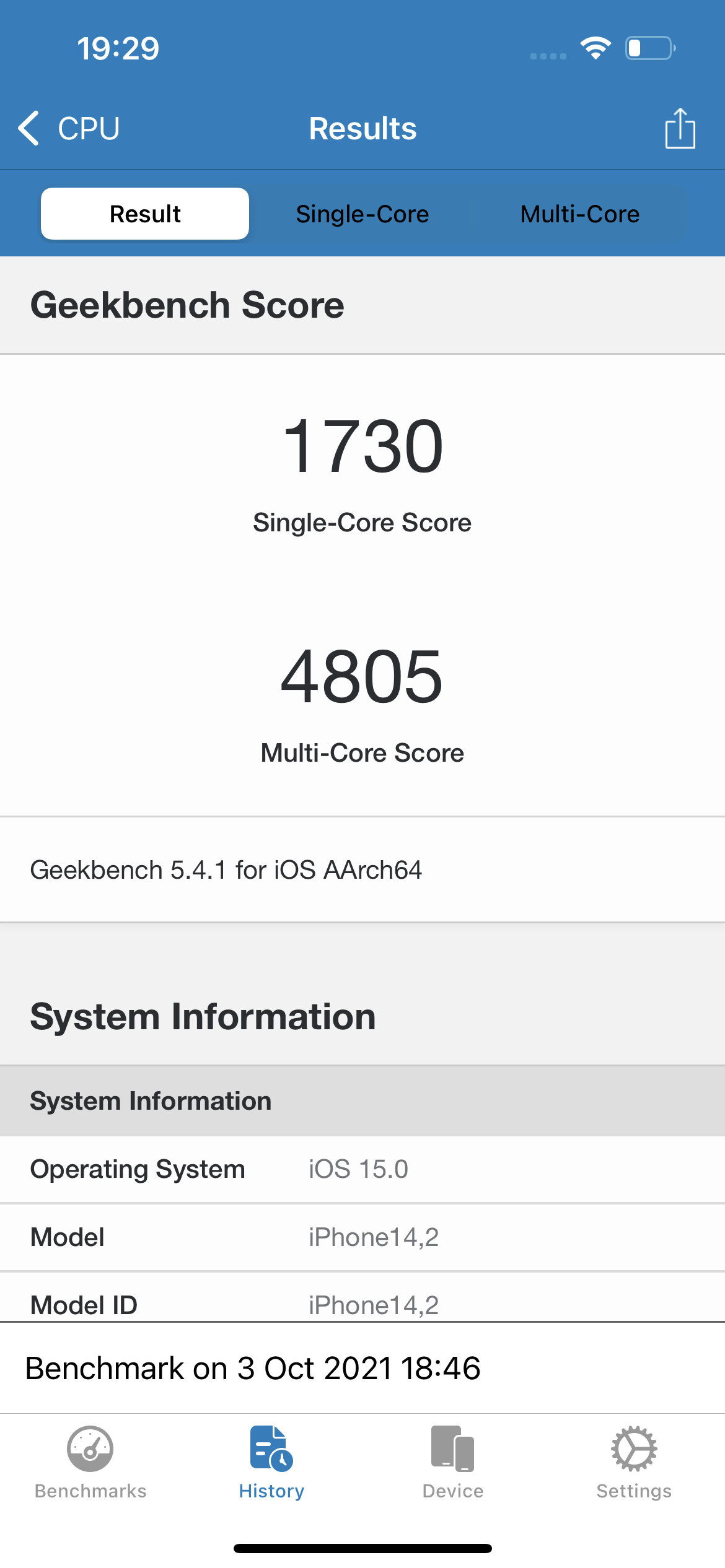
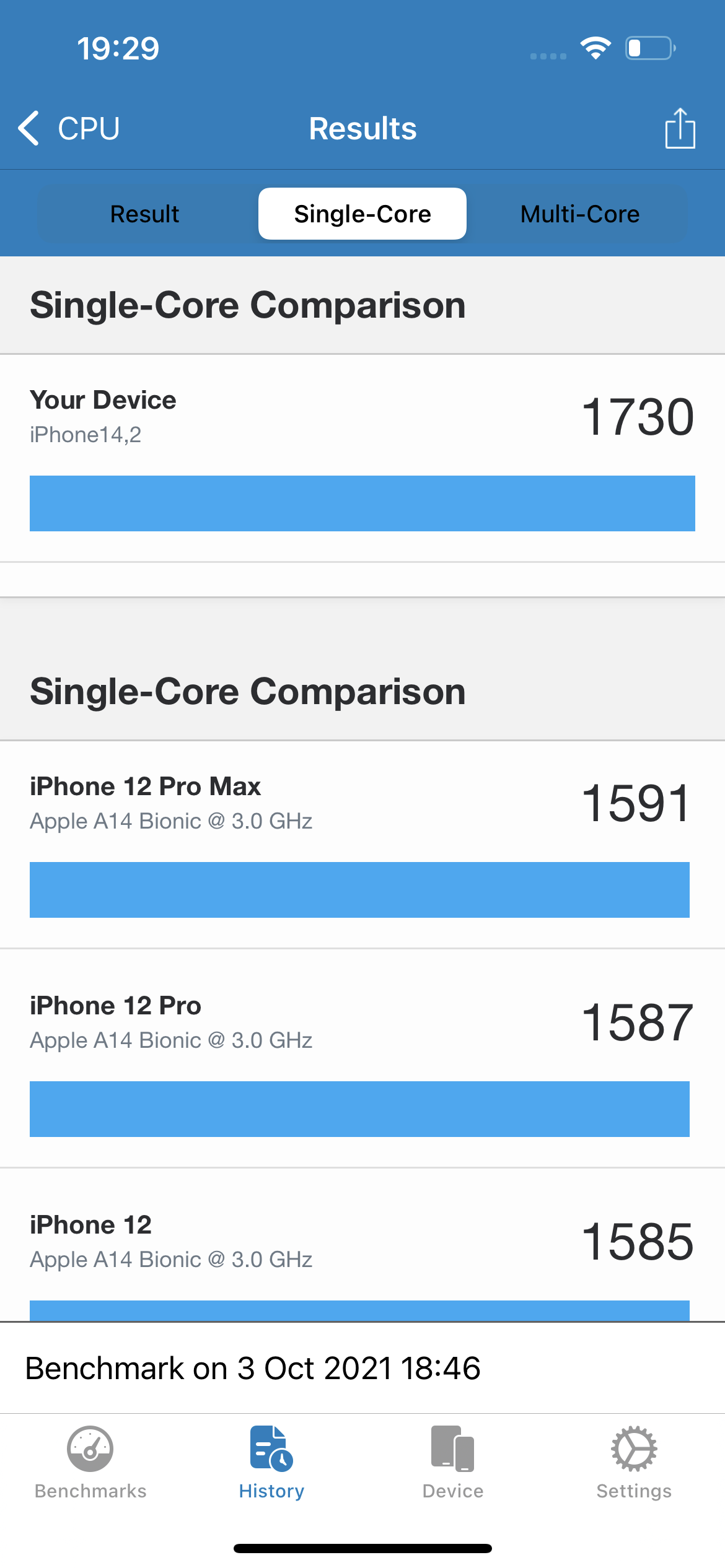
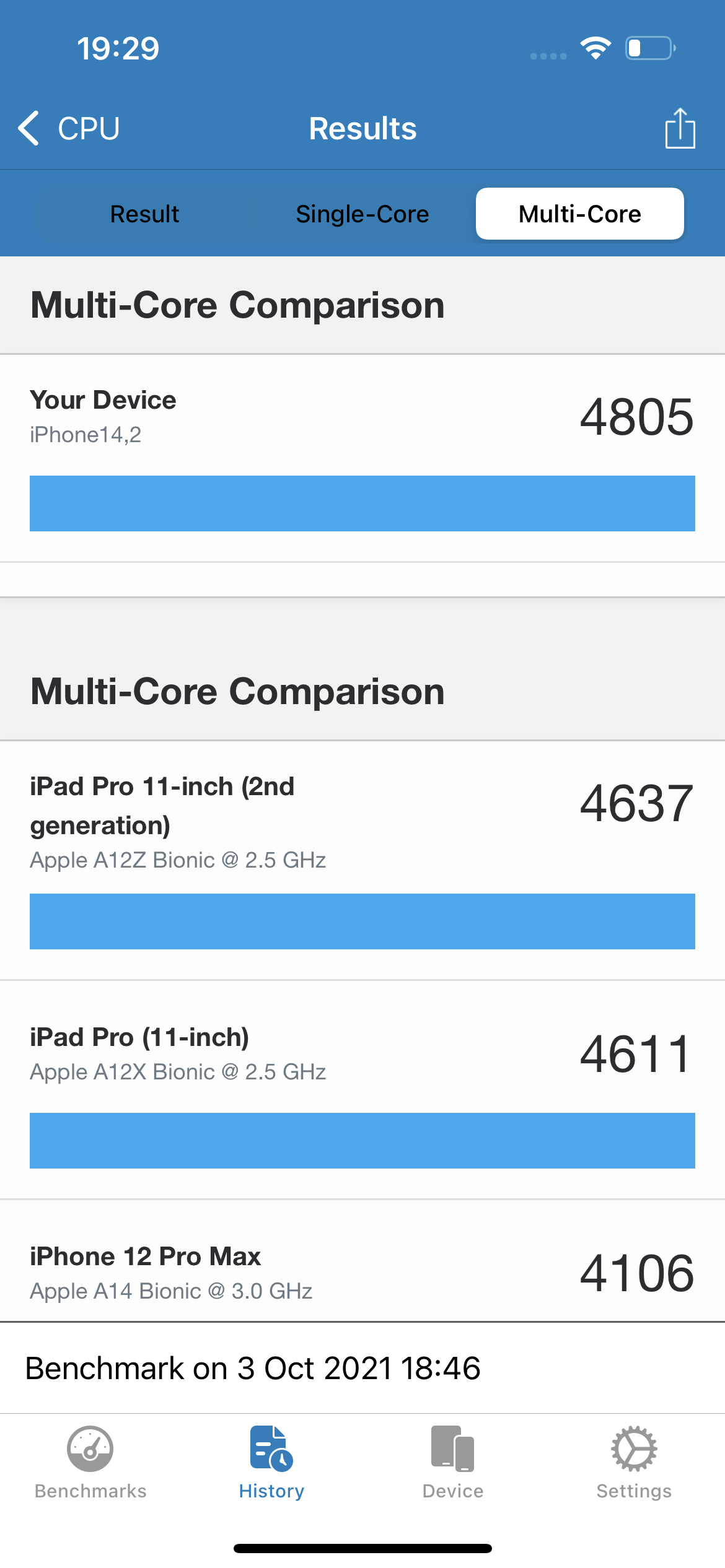



Nice comprehensive review. I would just correct the author - it is not true that Apple offers lenses with a resolution of 12 megapixels. Sensor chips have that resolution, but not lenses. The author confuses terms a bit and then mixes apples and pears. And his Czech is in a similar situation, where he has traditionally had problems with inflection. A Czech teacher from primary school would sigh. When testing the filmmaker mode, the author did not quite hit on where it should be used correctly and where its properties should stand out. However, most users will probably approach it in a similar layman's way, so it doesn't matter in the end. Probably as the author of the article incorrectly marked it - it will be used by amateur photographers. But let's face it - with this article, we're not addressing listeners, but readers, right? :-)
I'm switching from the 12 mini to the 13 Pro because of the telephoto lens. I had and used it on the X version, but without it many things cannot be photographed satisfactorily, because the shape distortion of the wide-angle lens is really noticeable and annoying. As a result, I quite often found myself in situations where I had to accept the fact that even with a relatively expensive iPhone with a relatively good camera, I simply cannot photograph certain things. The result is so distorted that it is unacceptable and I prefer to delete it. And now I would welcome a 2x and 3x telephoto lens. I hope I won't regret the fact that instead of 3x it's better not to do it 2x, because we don't have a choice.
Thanks for the great review, I'll probably buy it. I have X now so it will be a big jump. Maybe I'll sit him down somewhere when they're not here.
The Huawei P40 Pro+ has Face ID, perhaps even without the nickname +, and it works just as well…